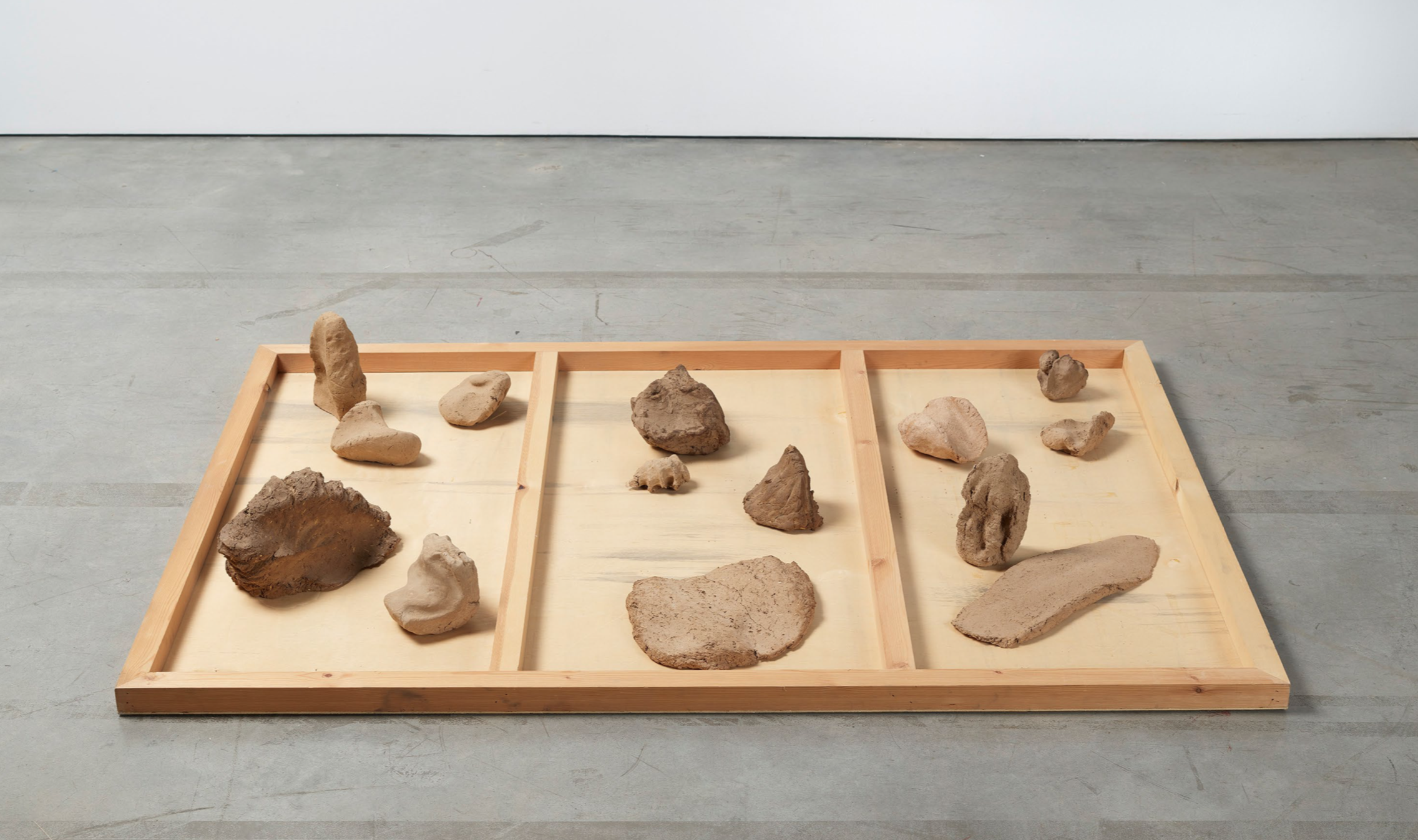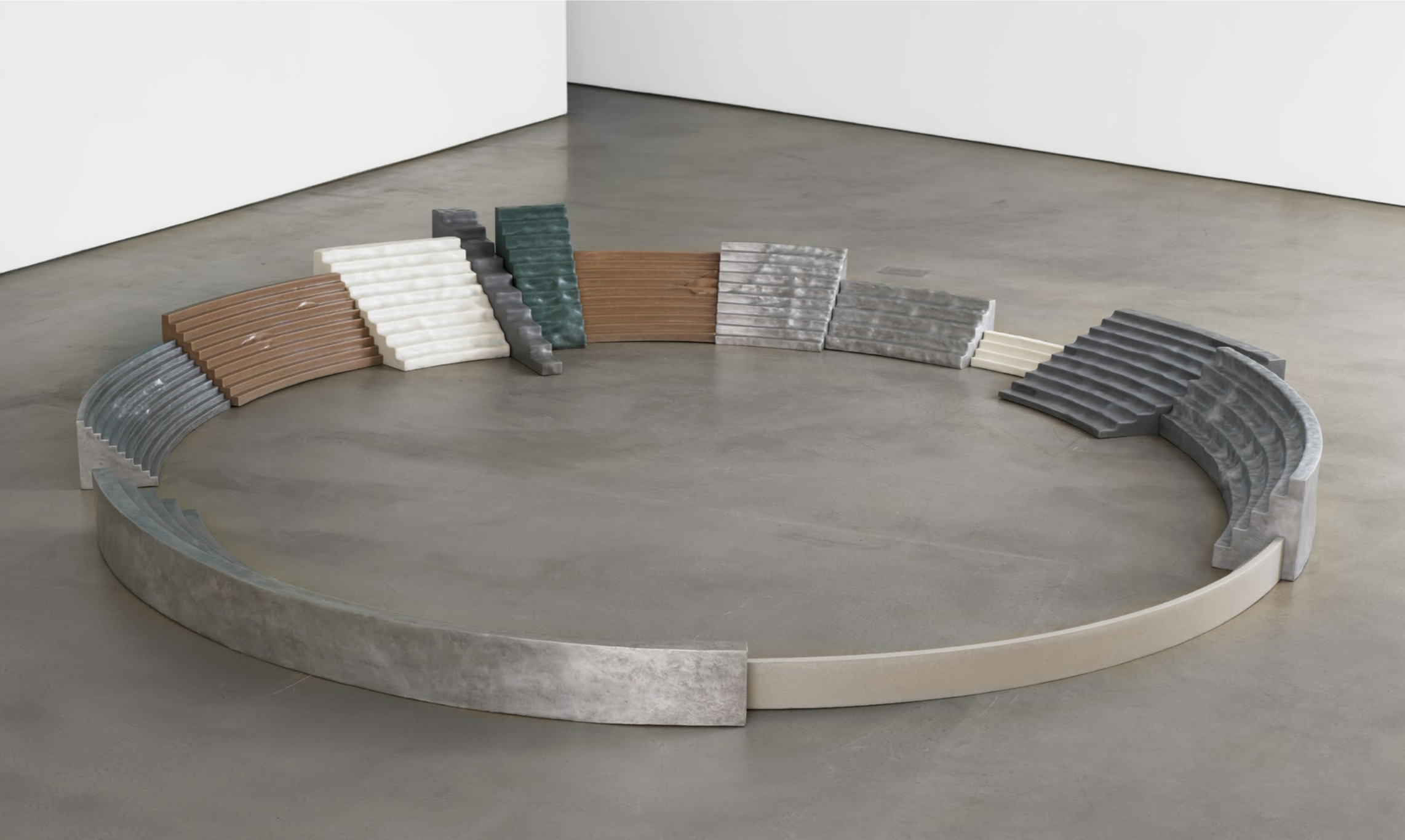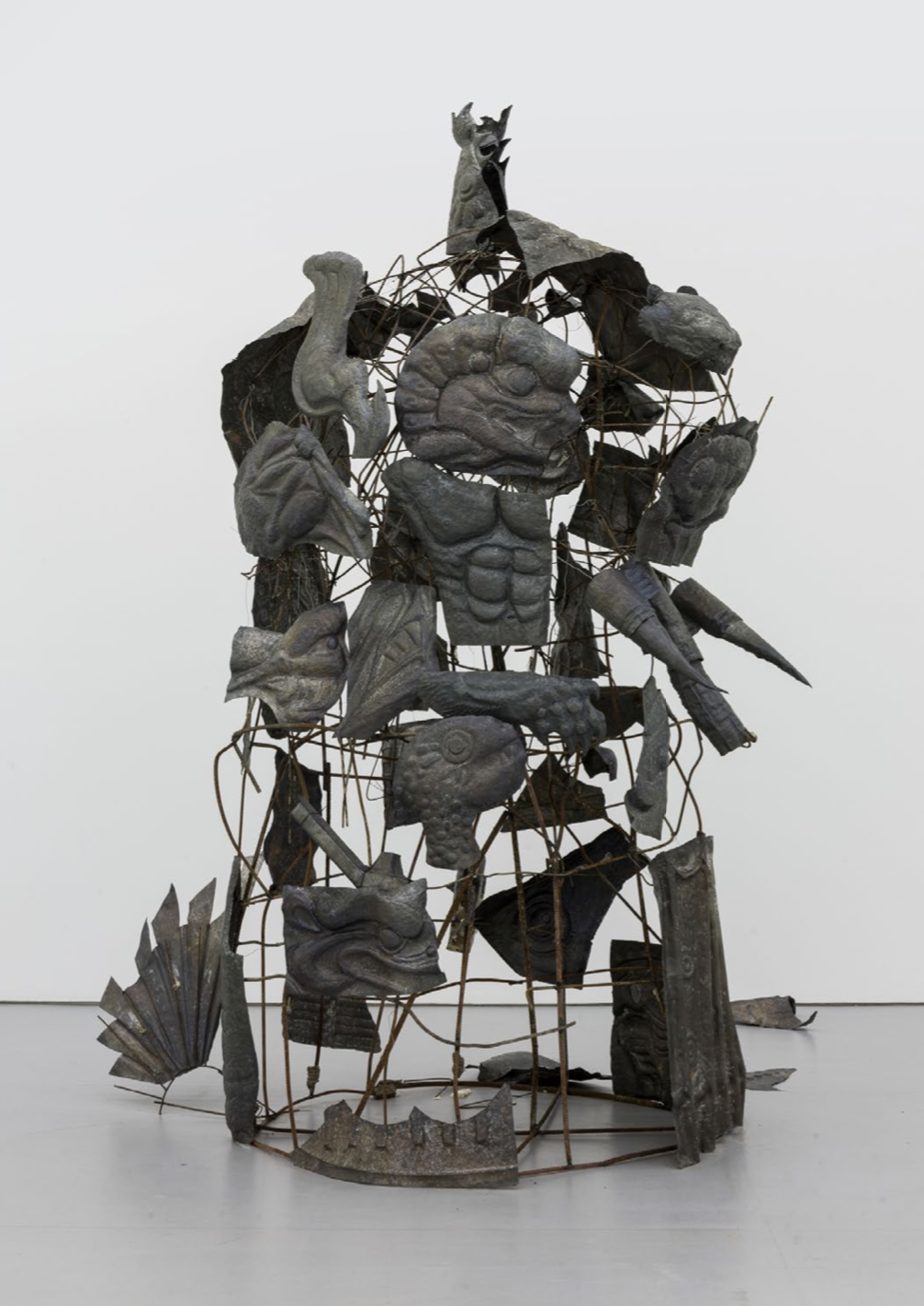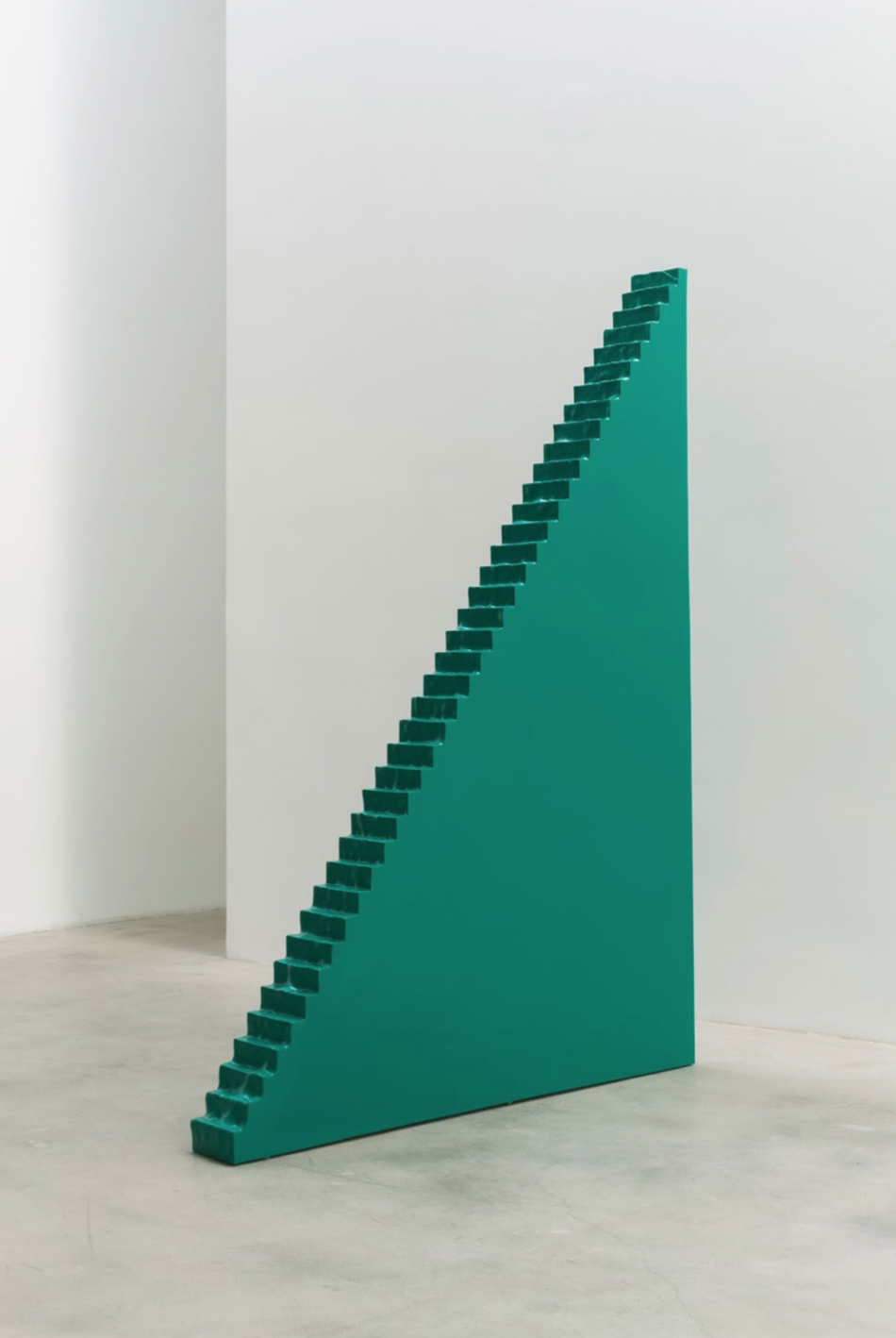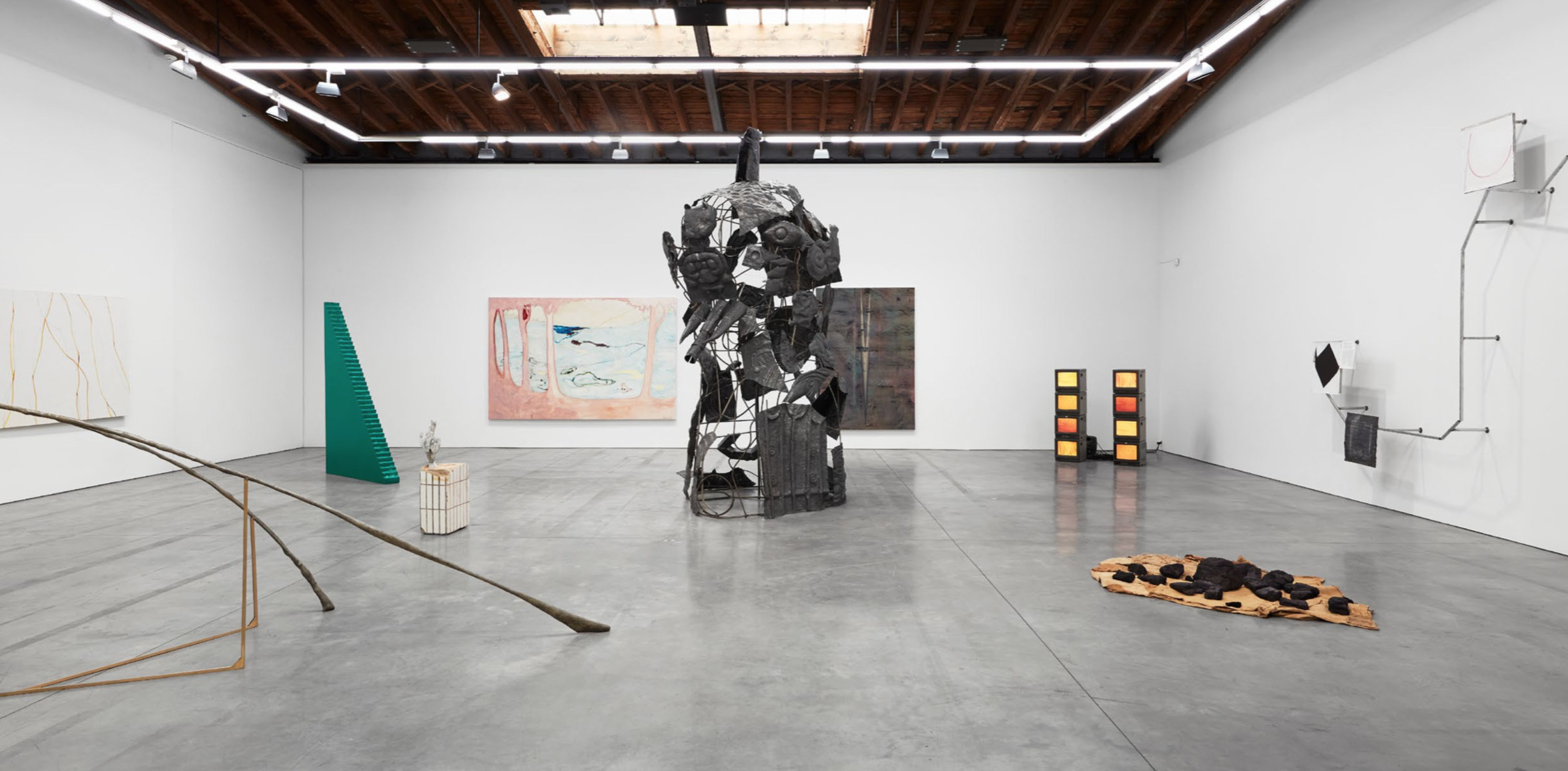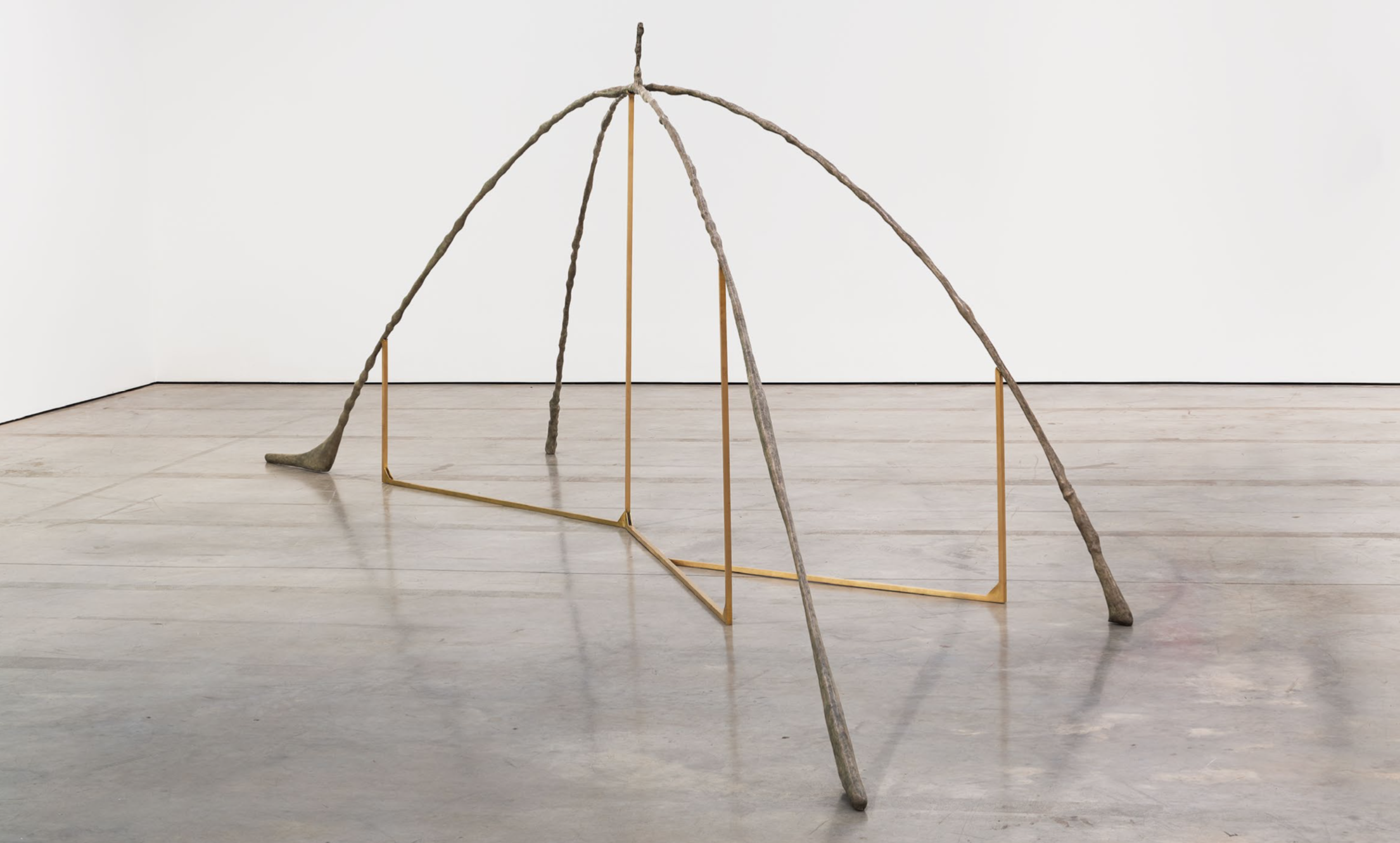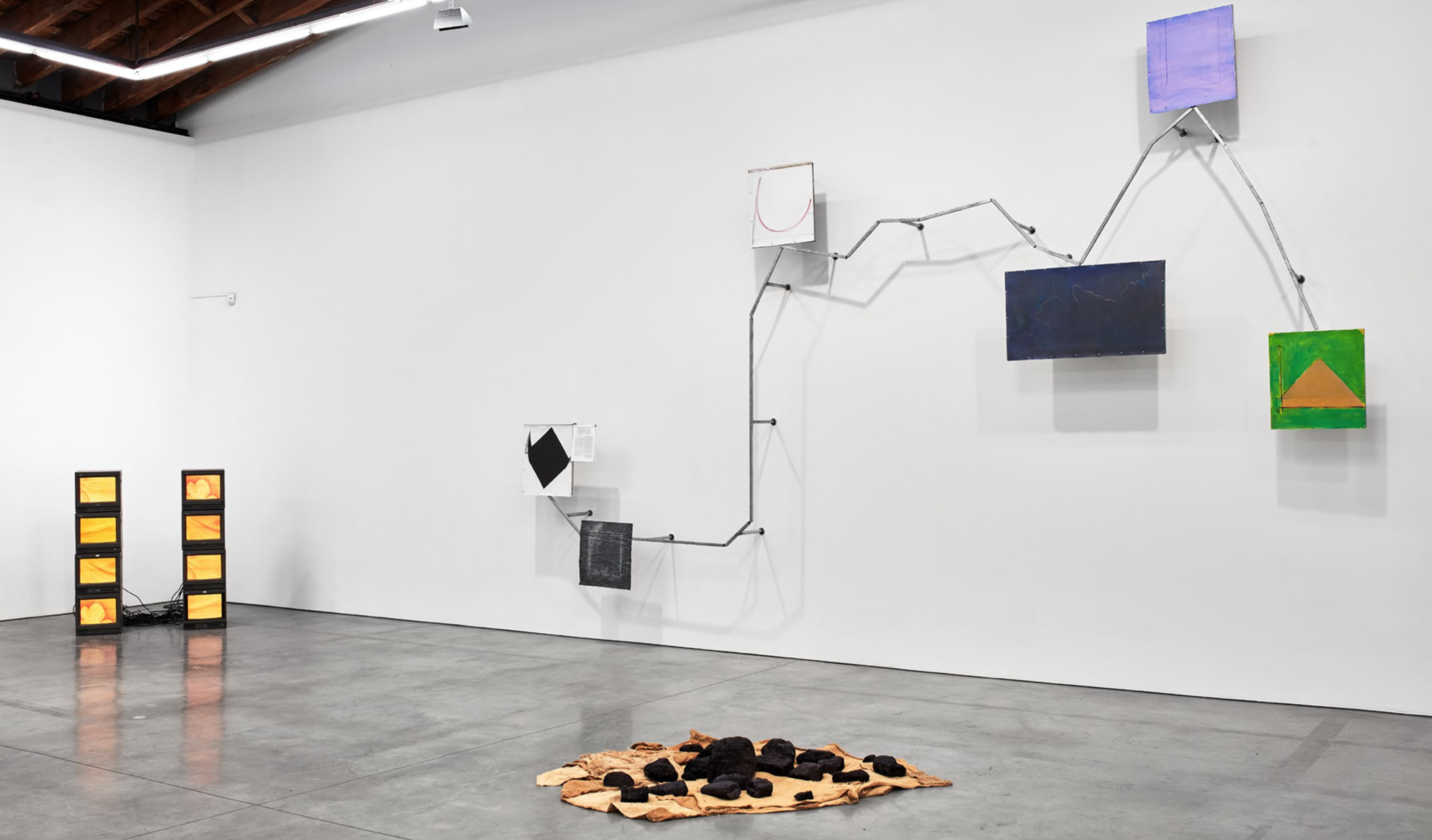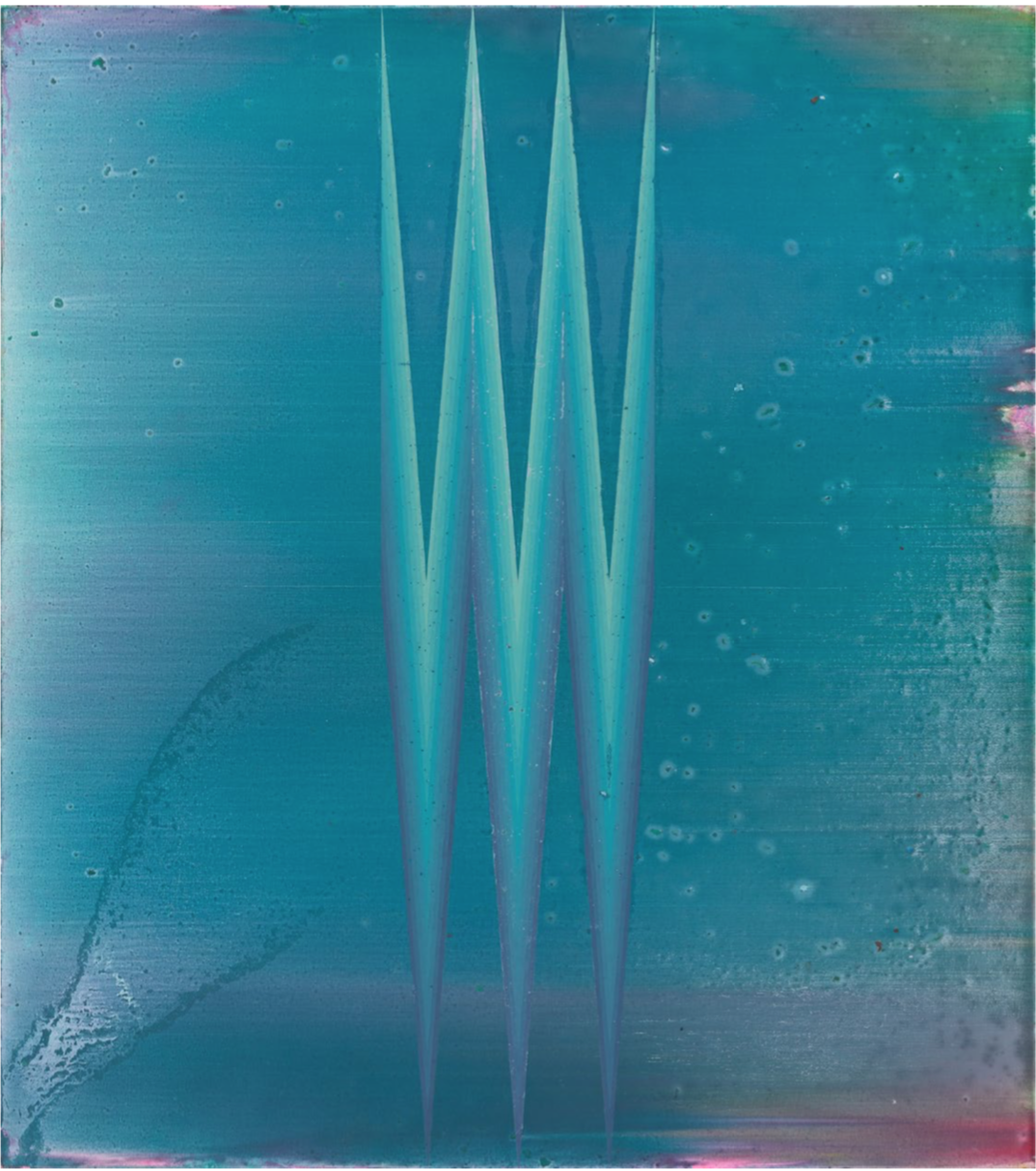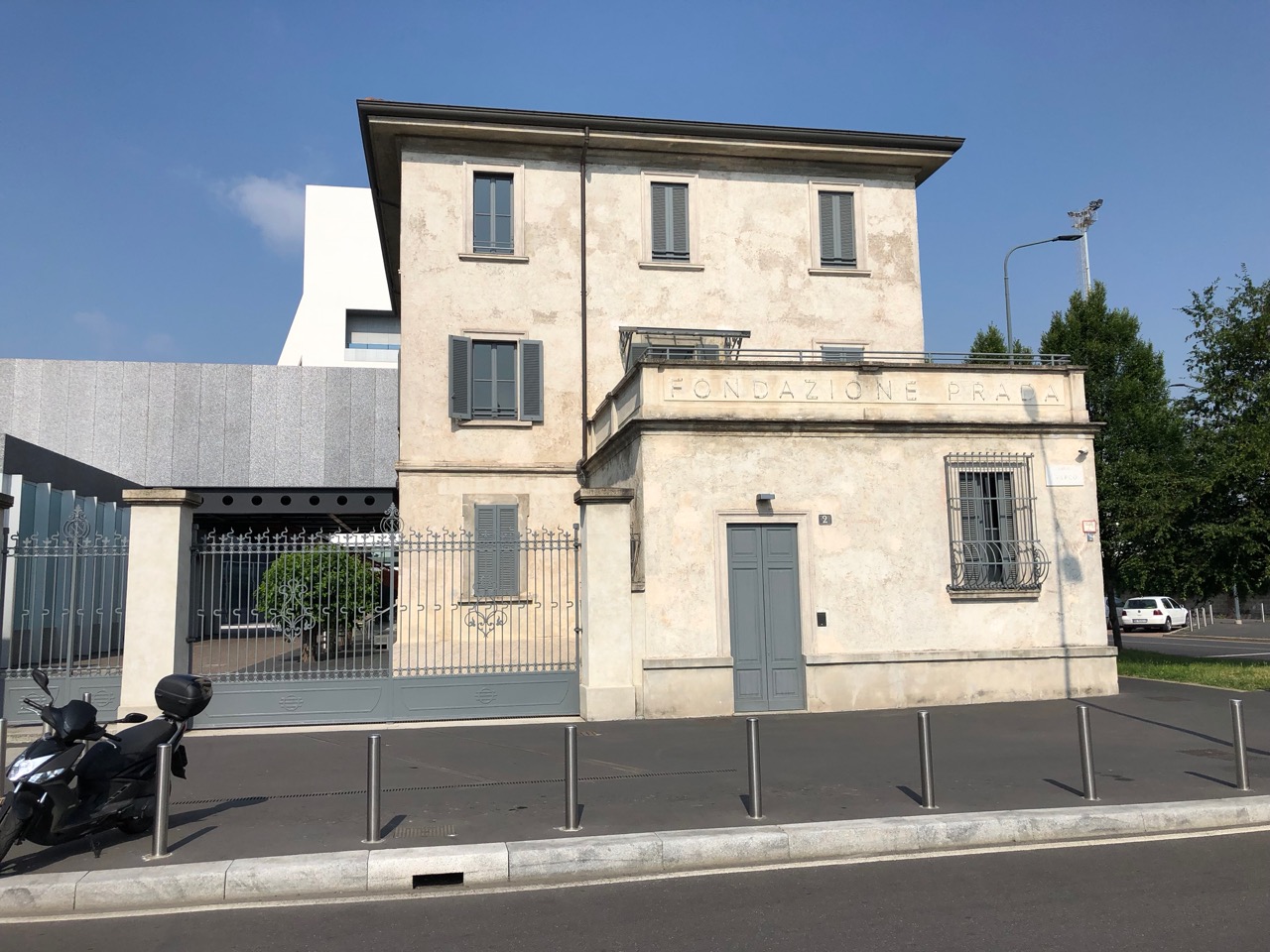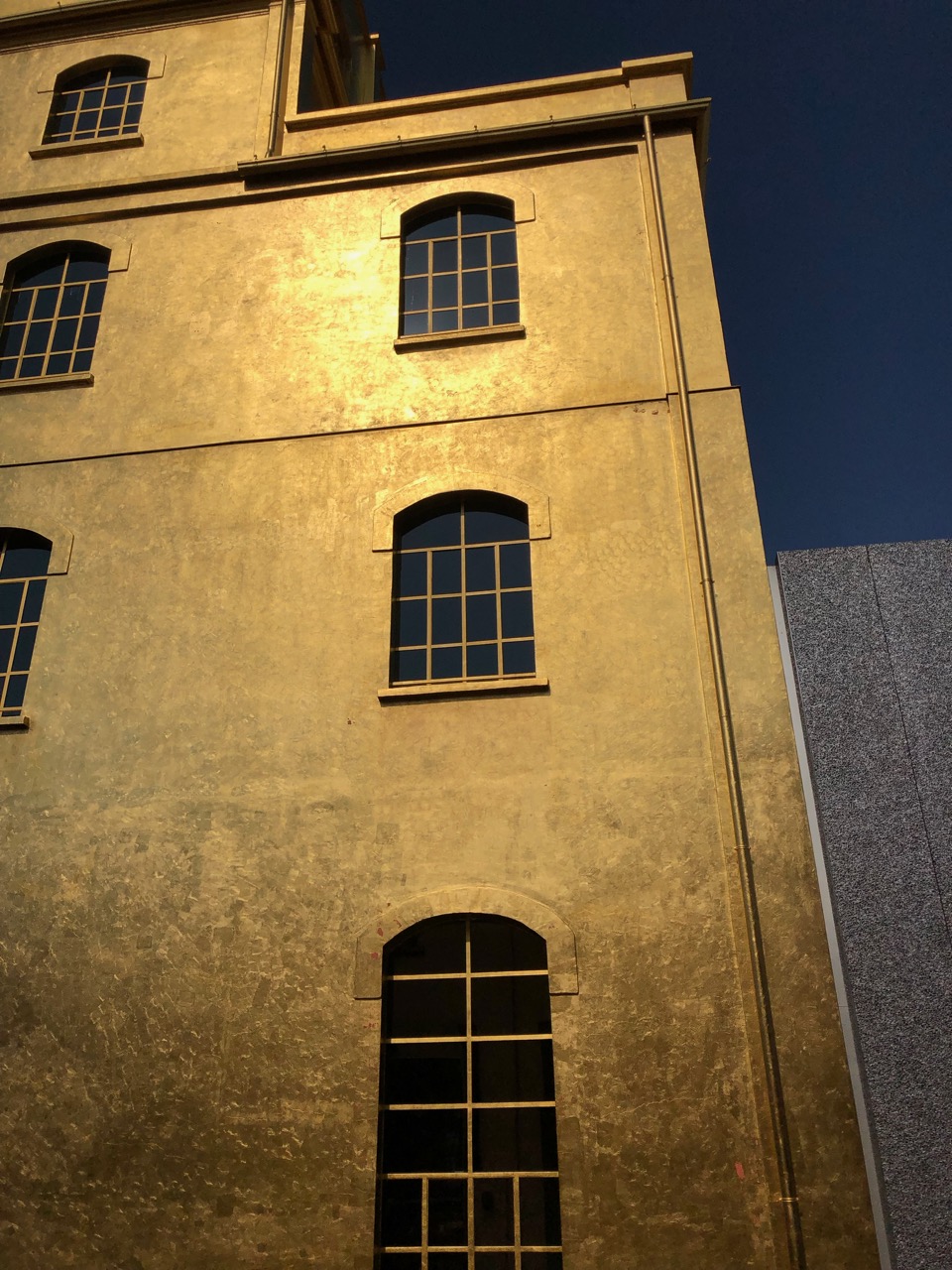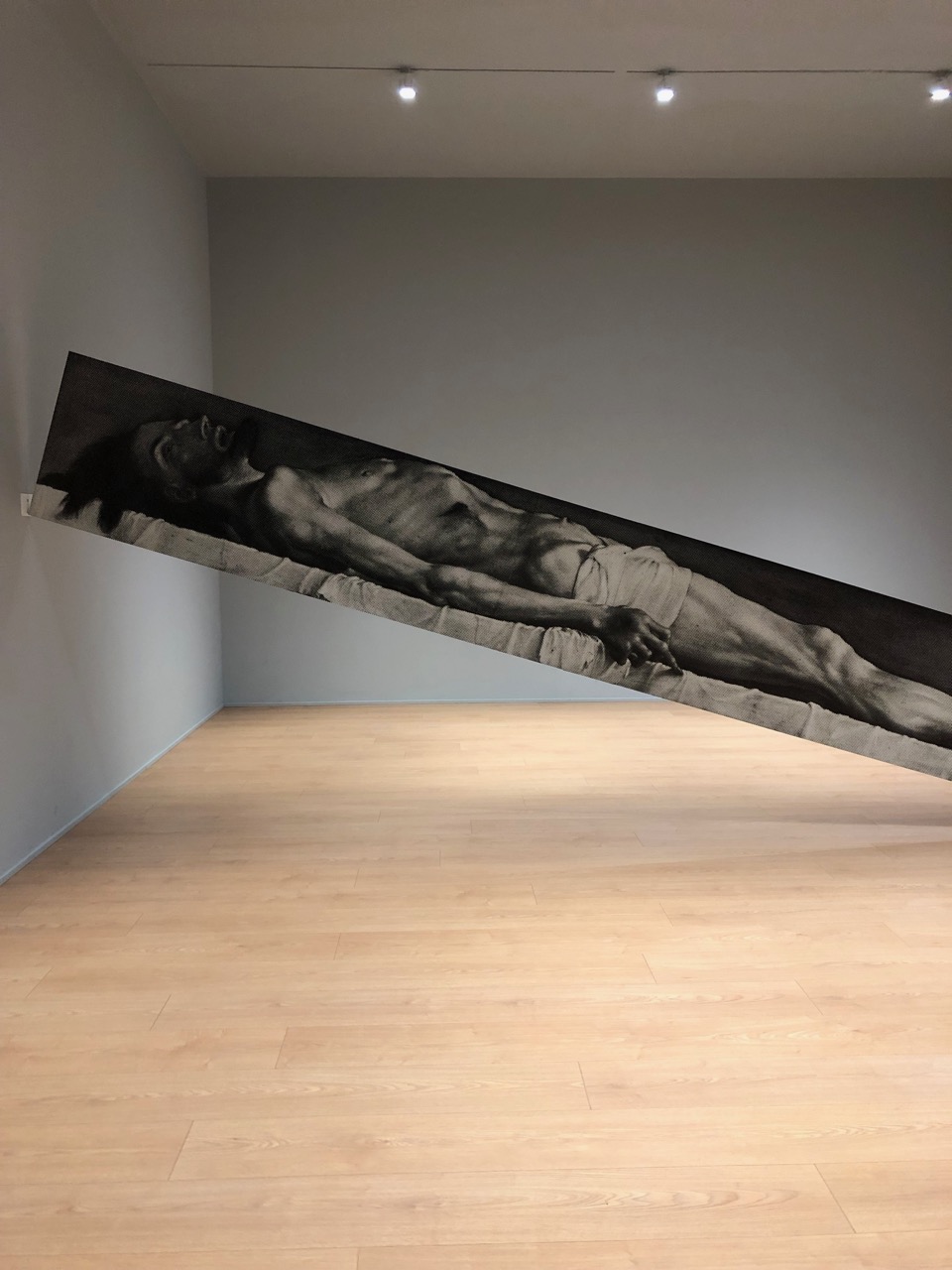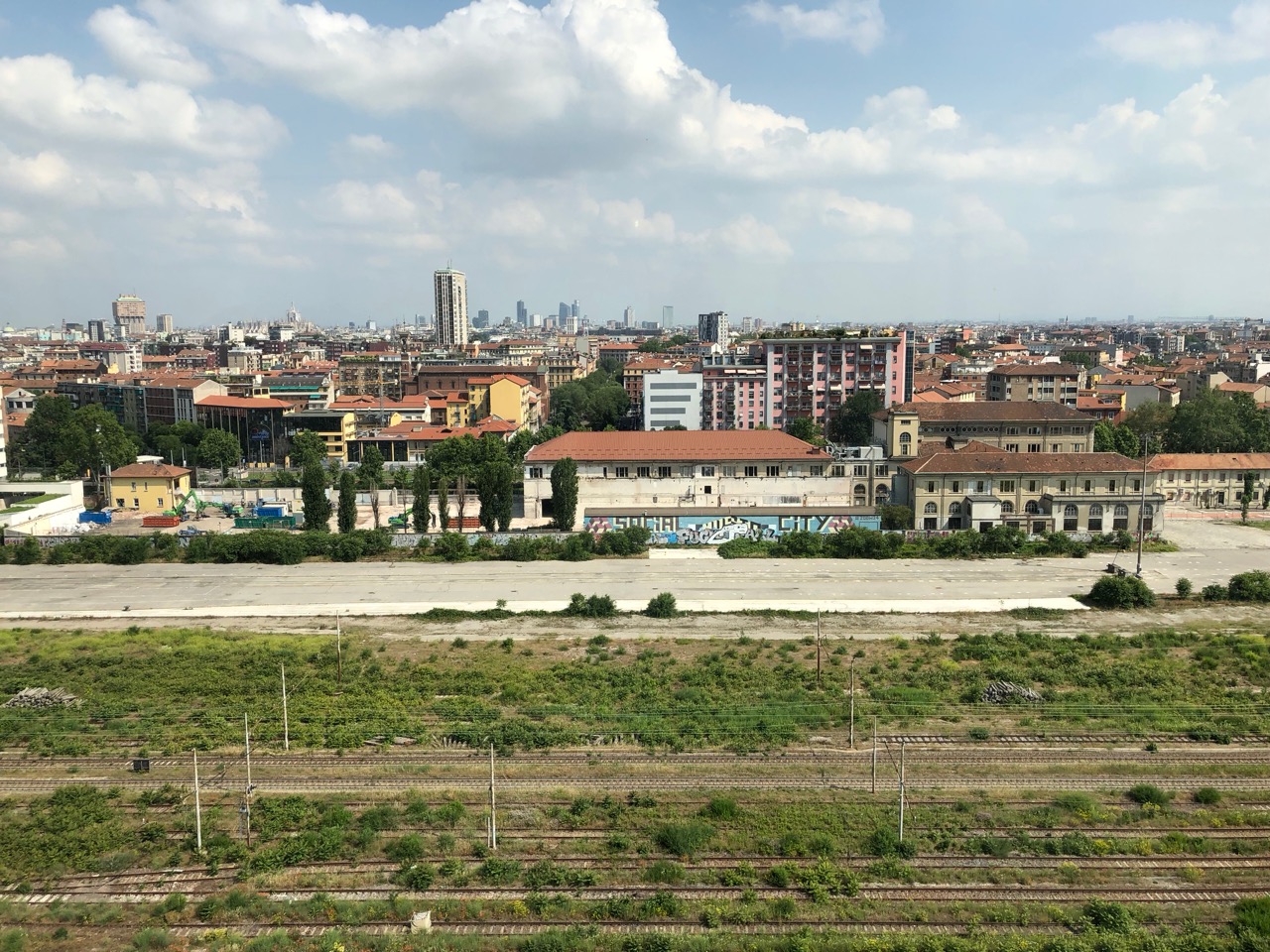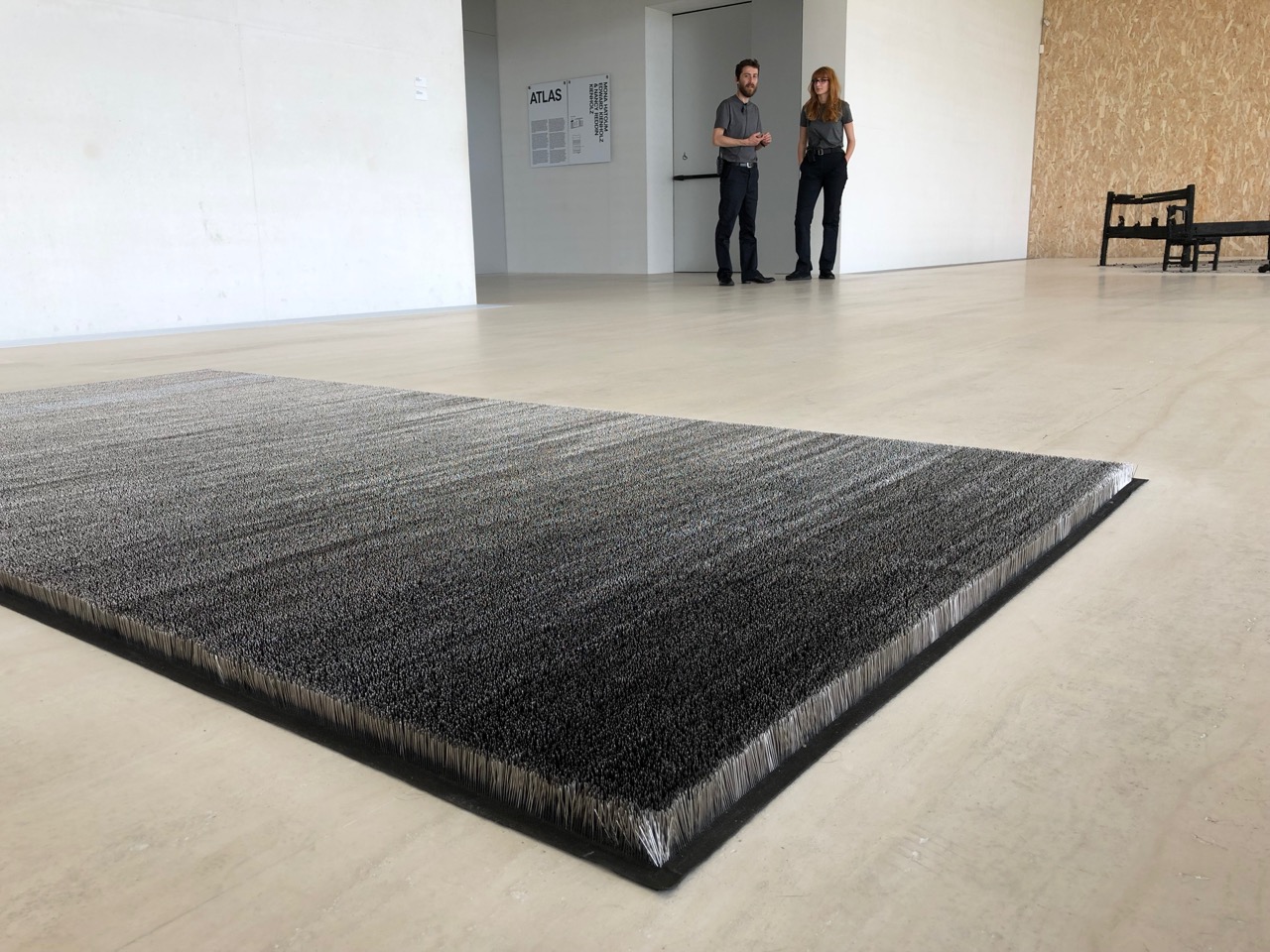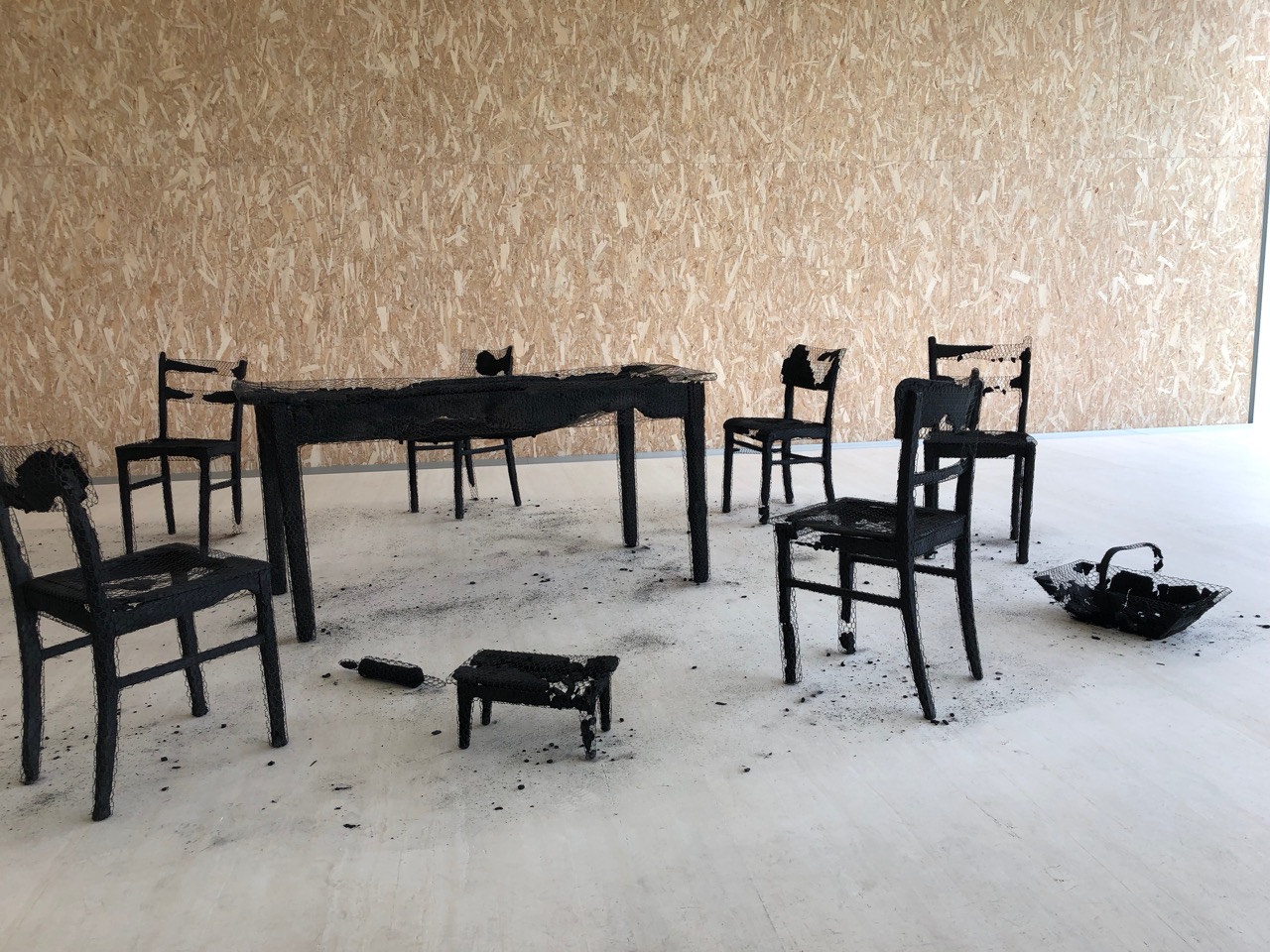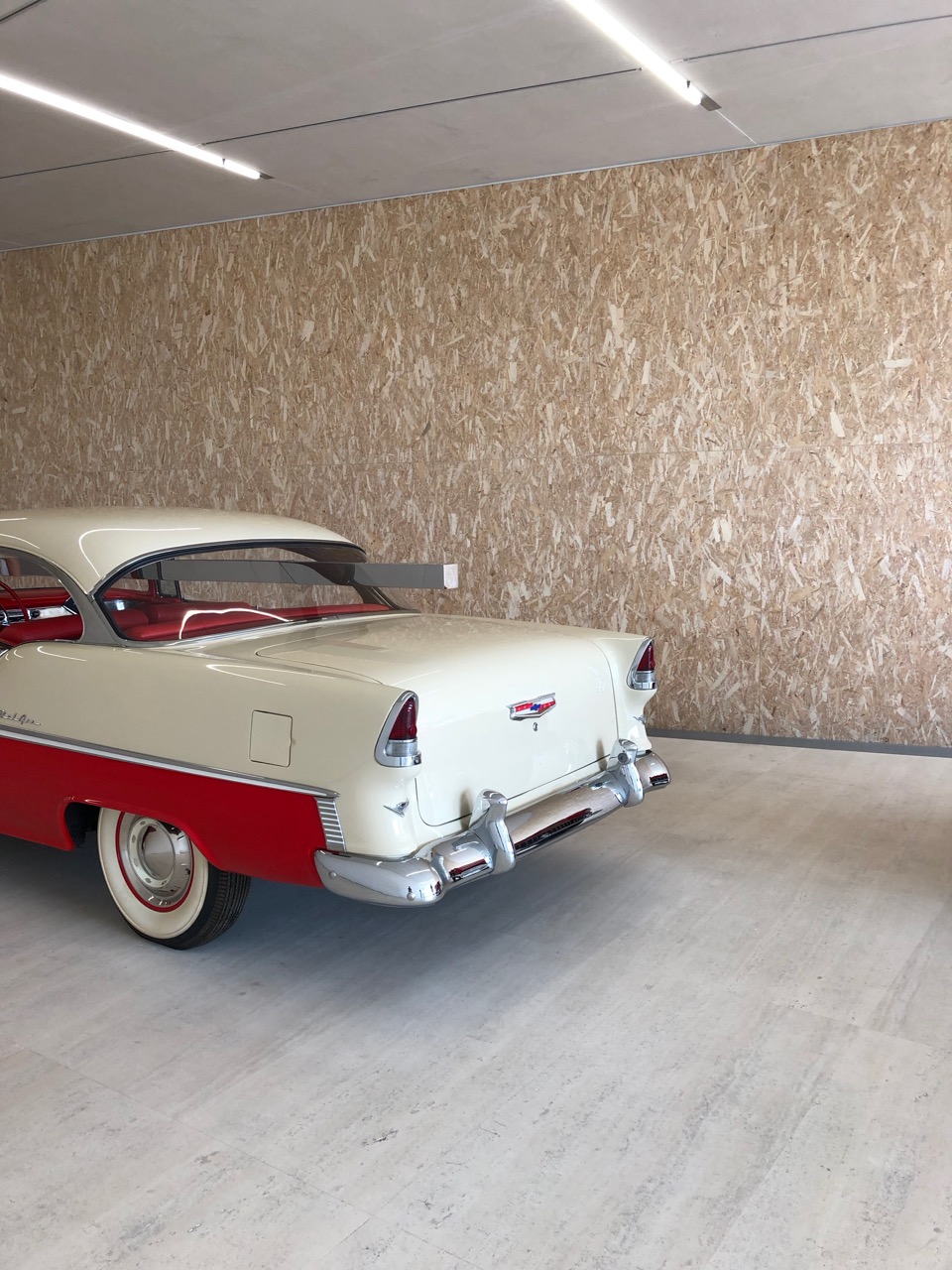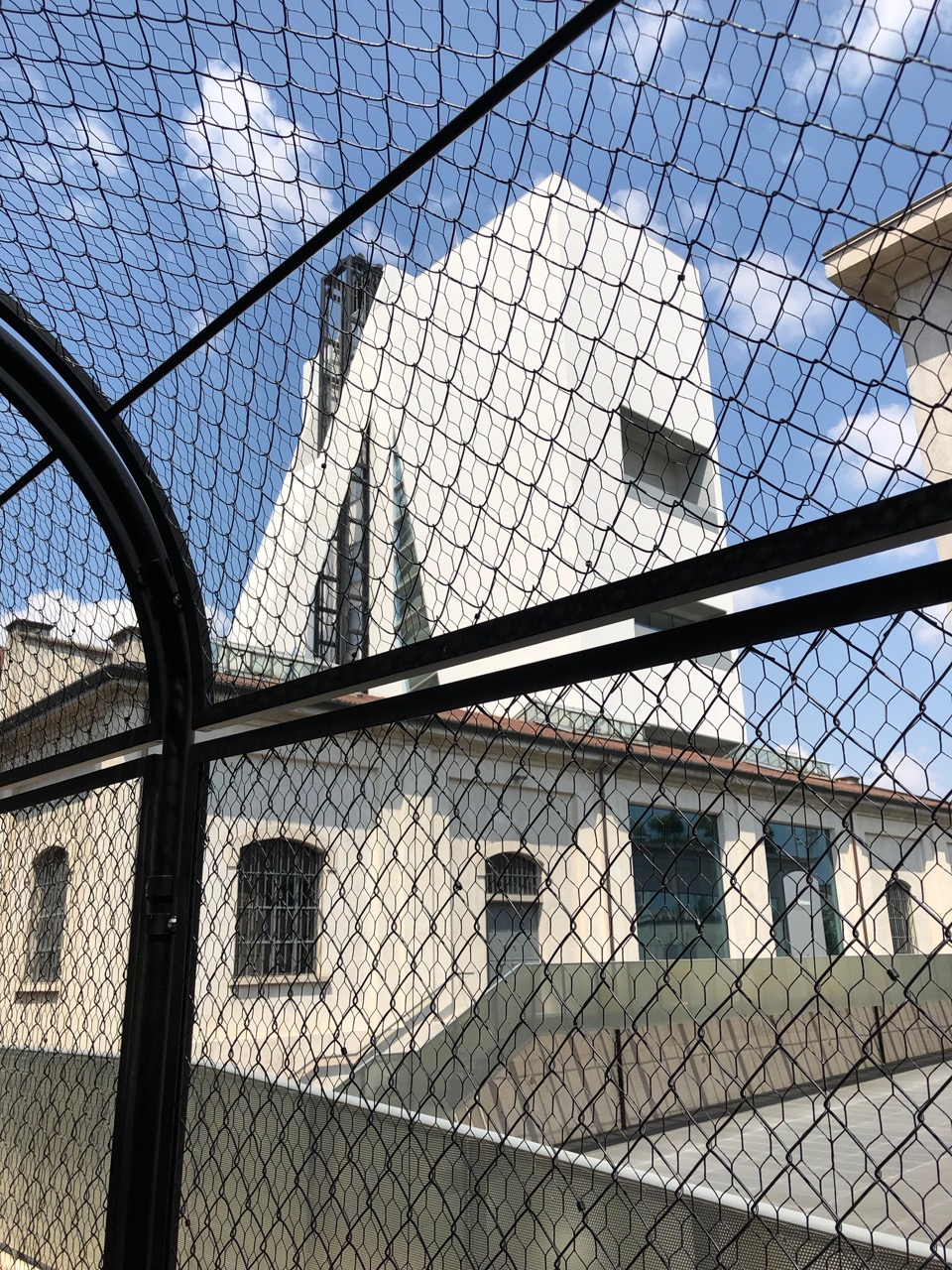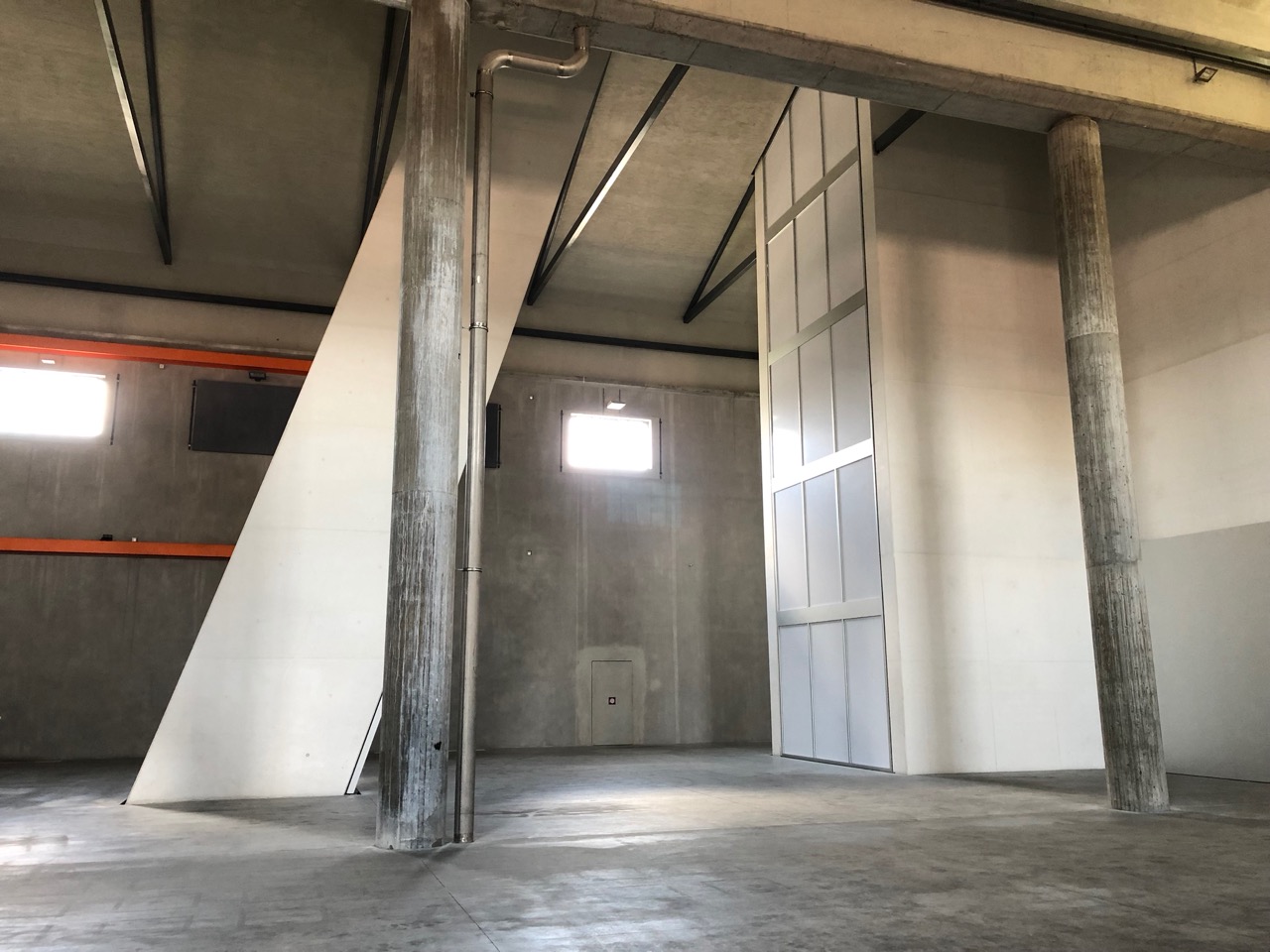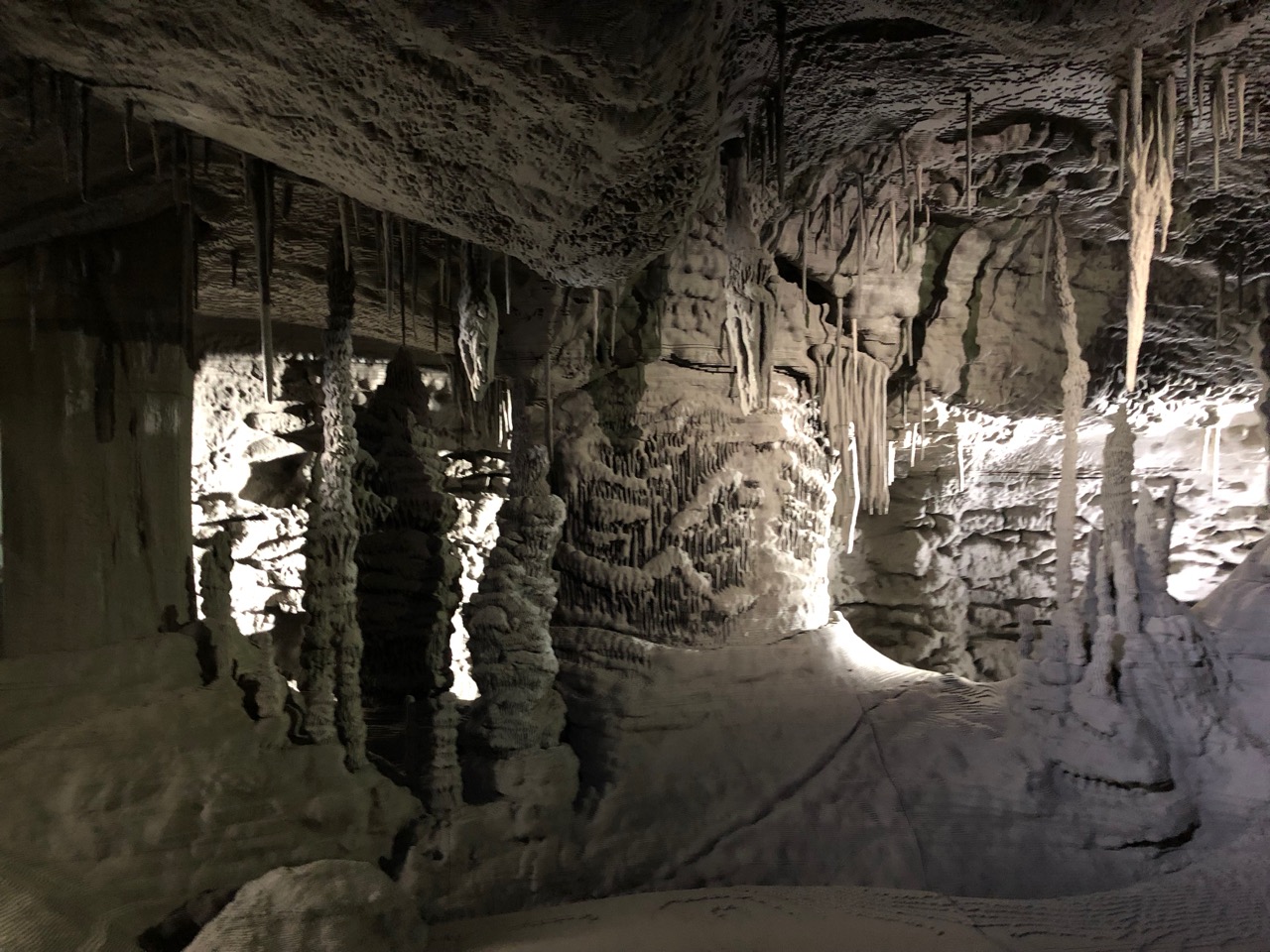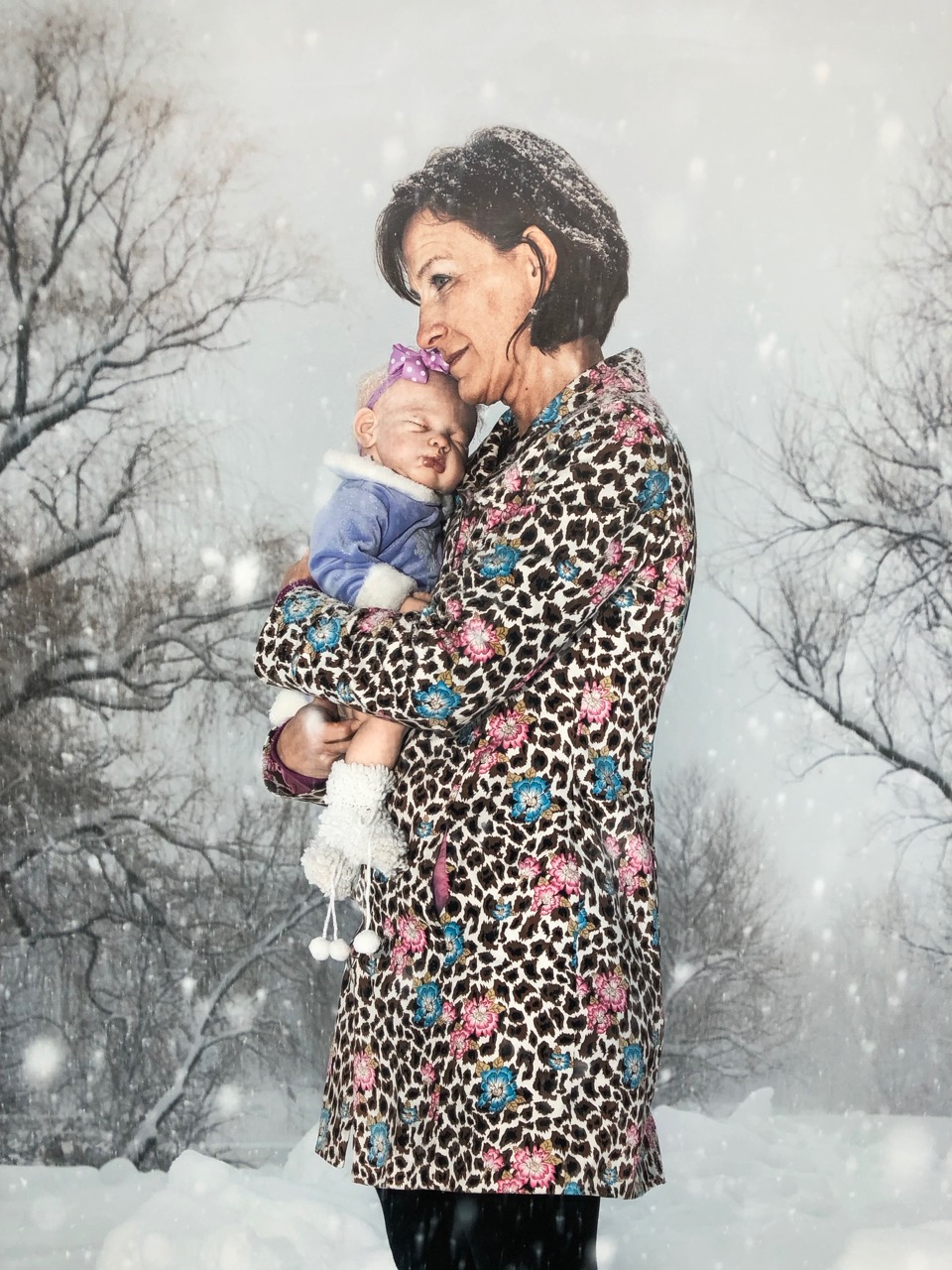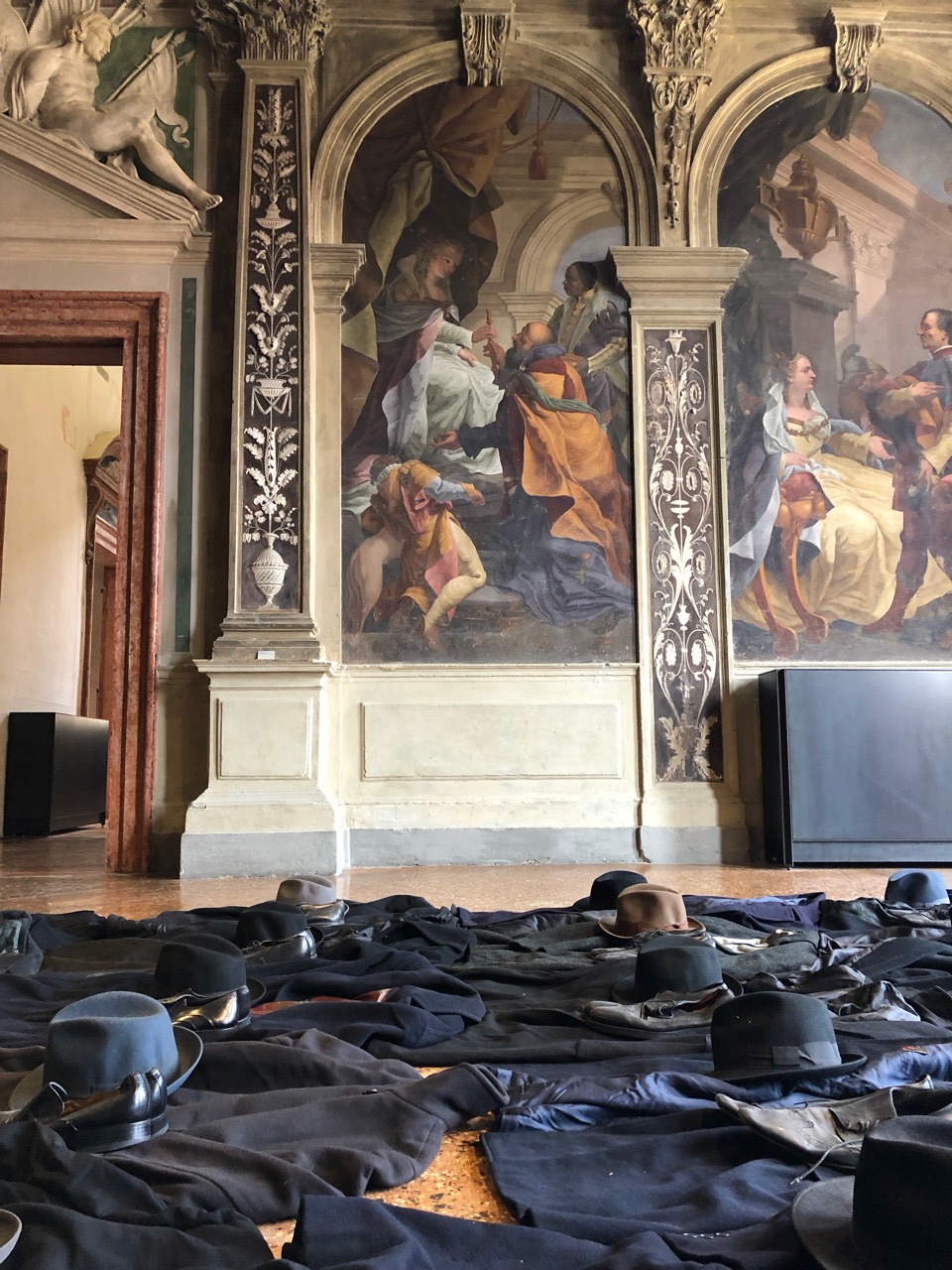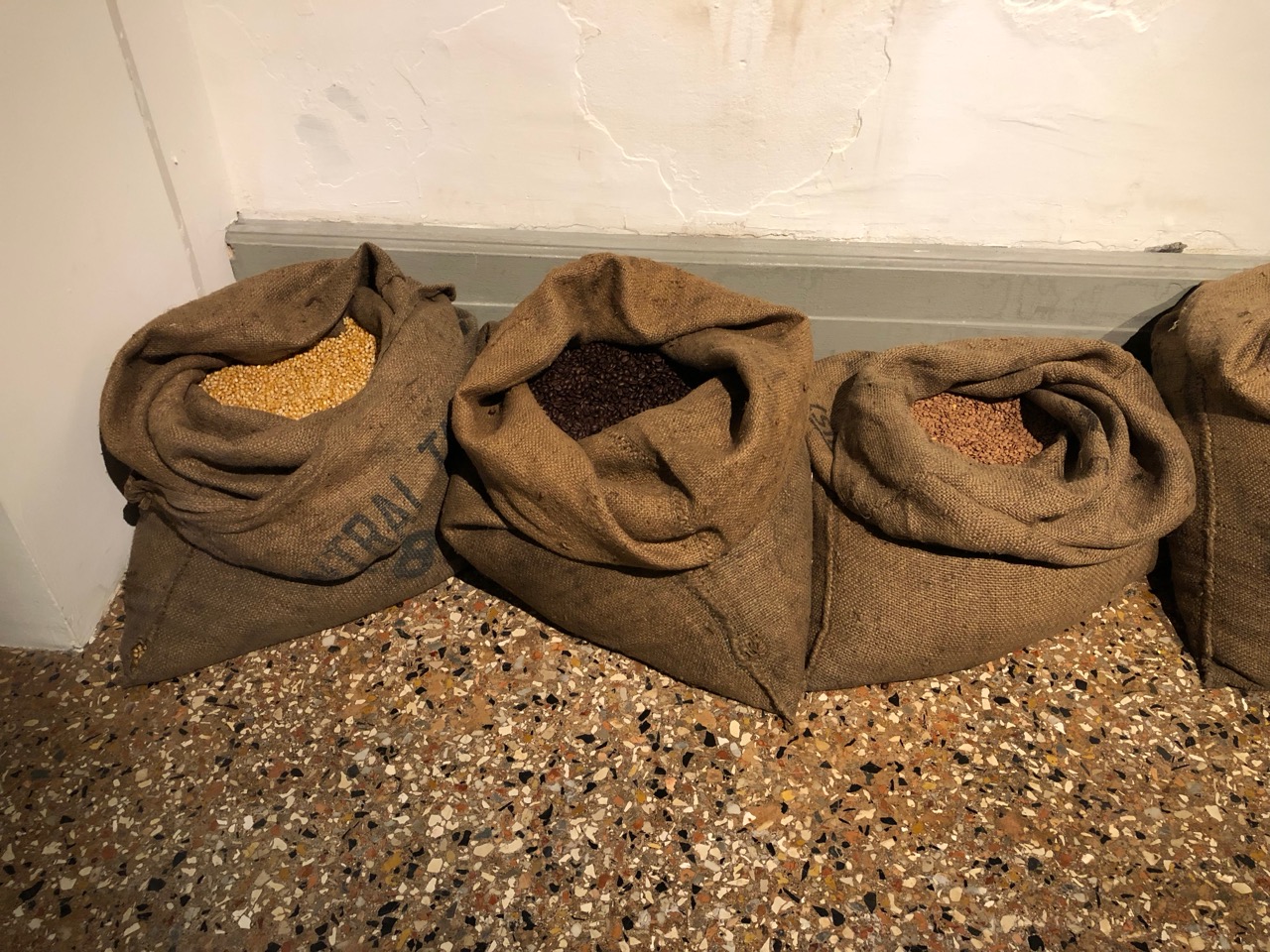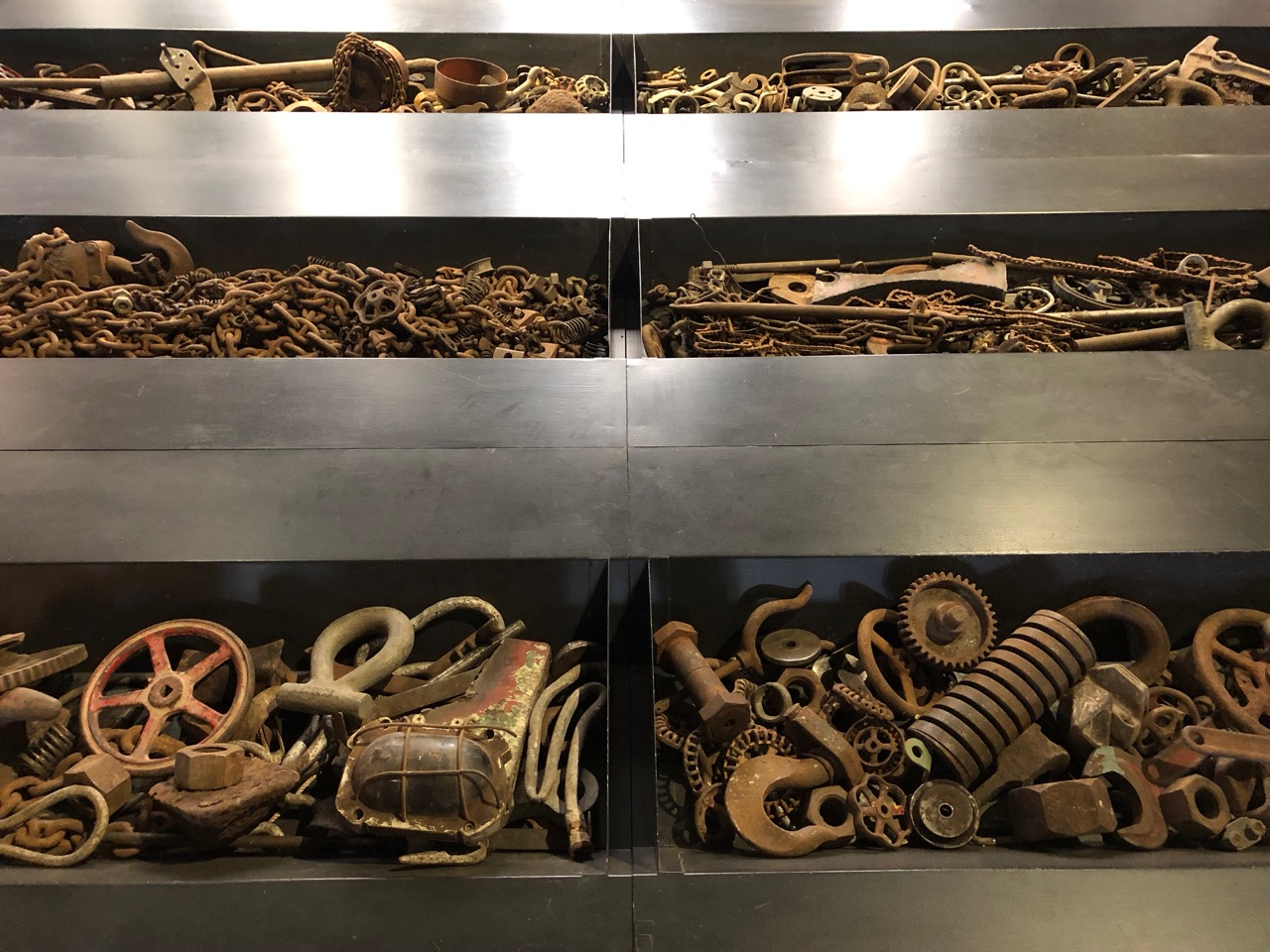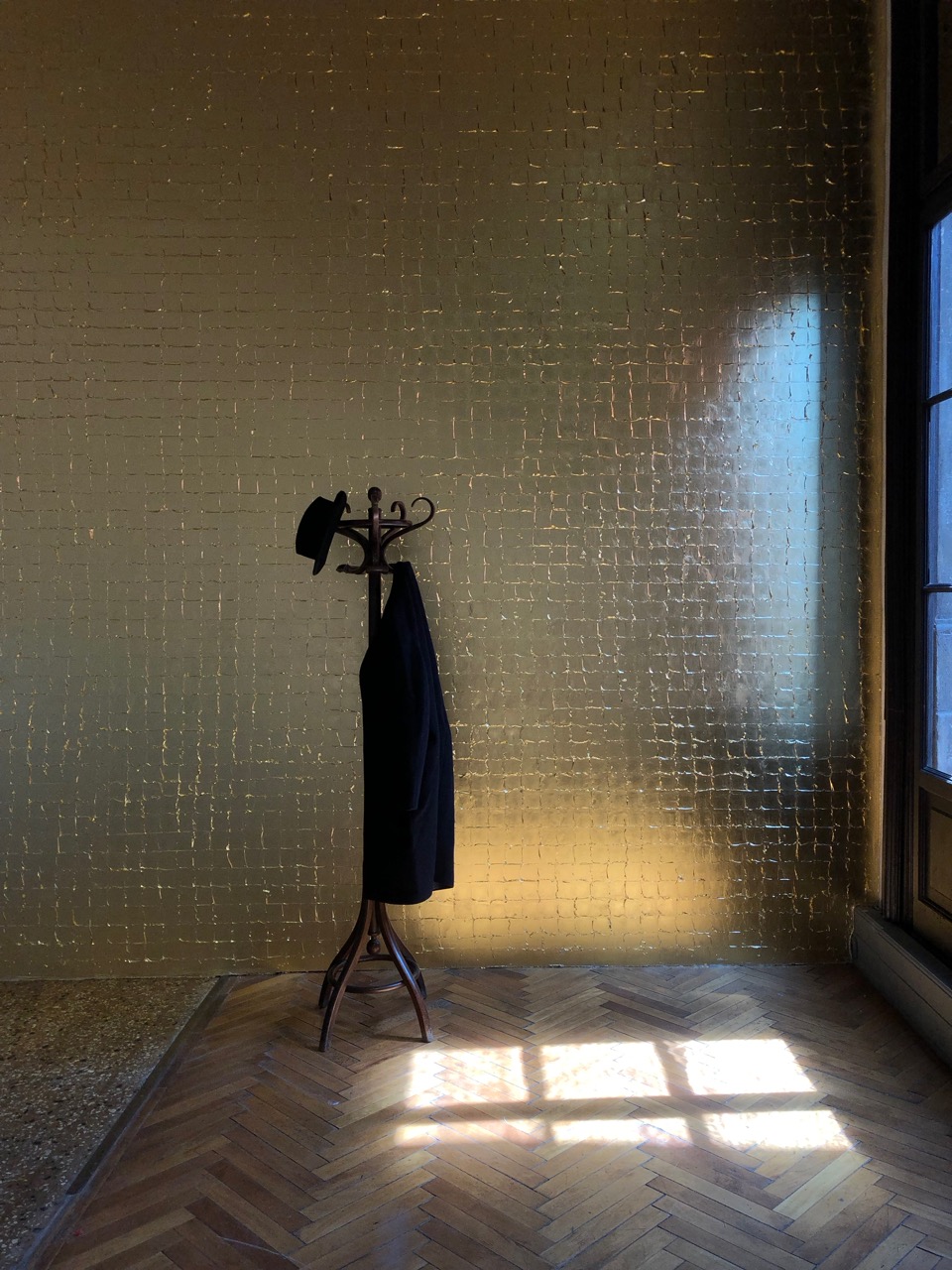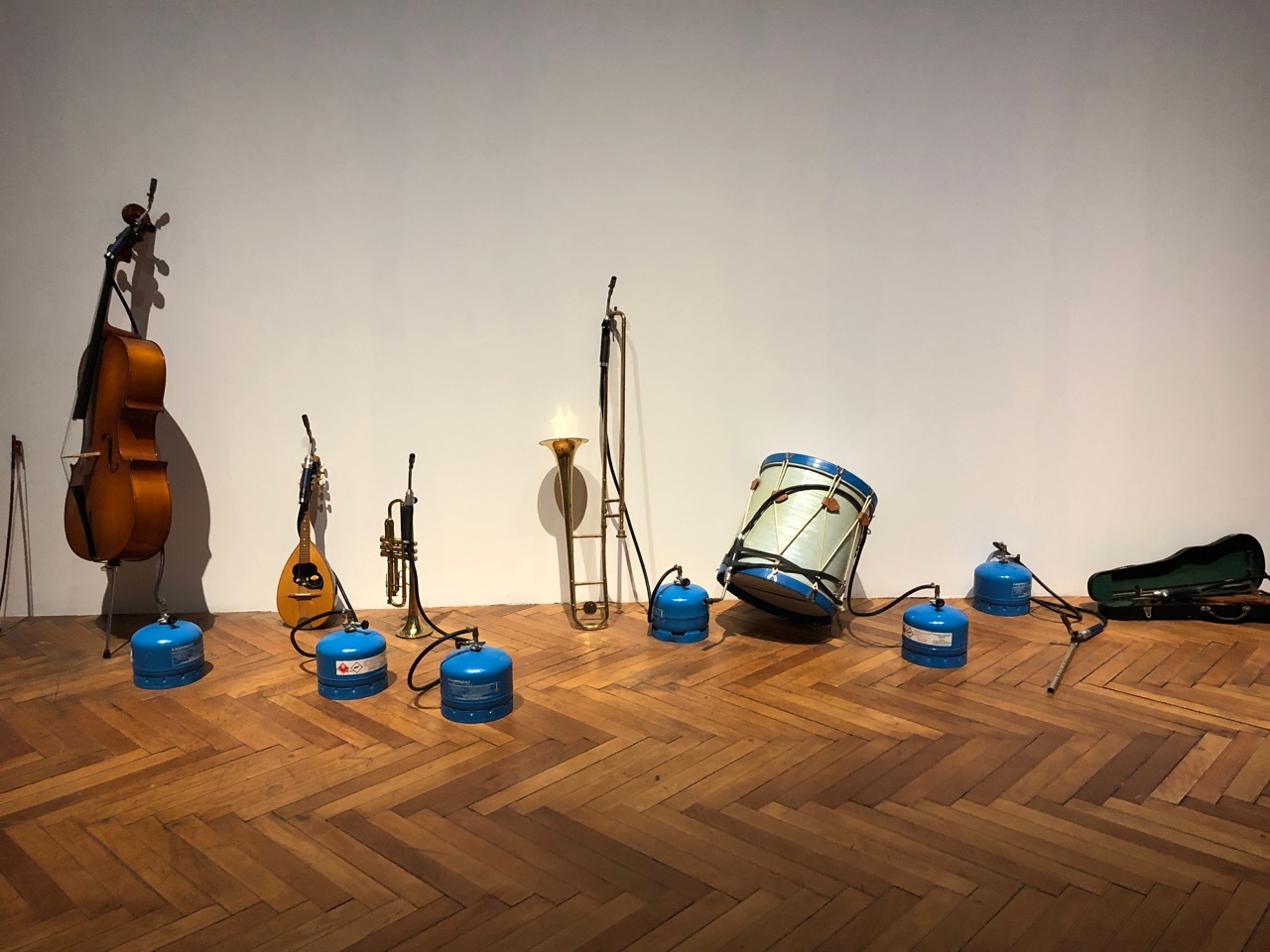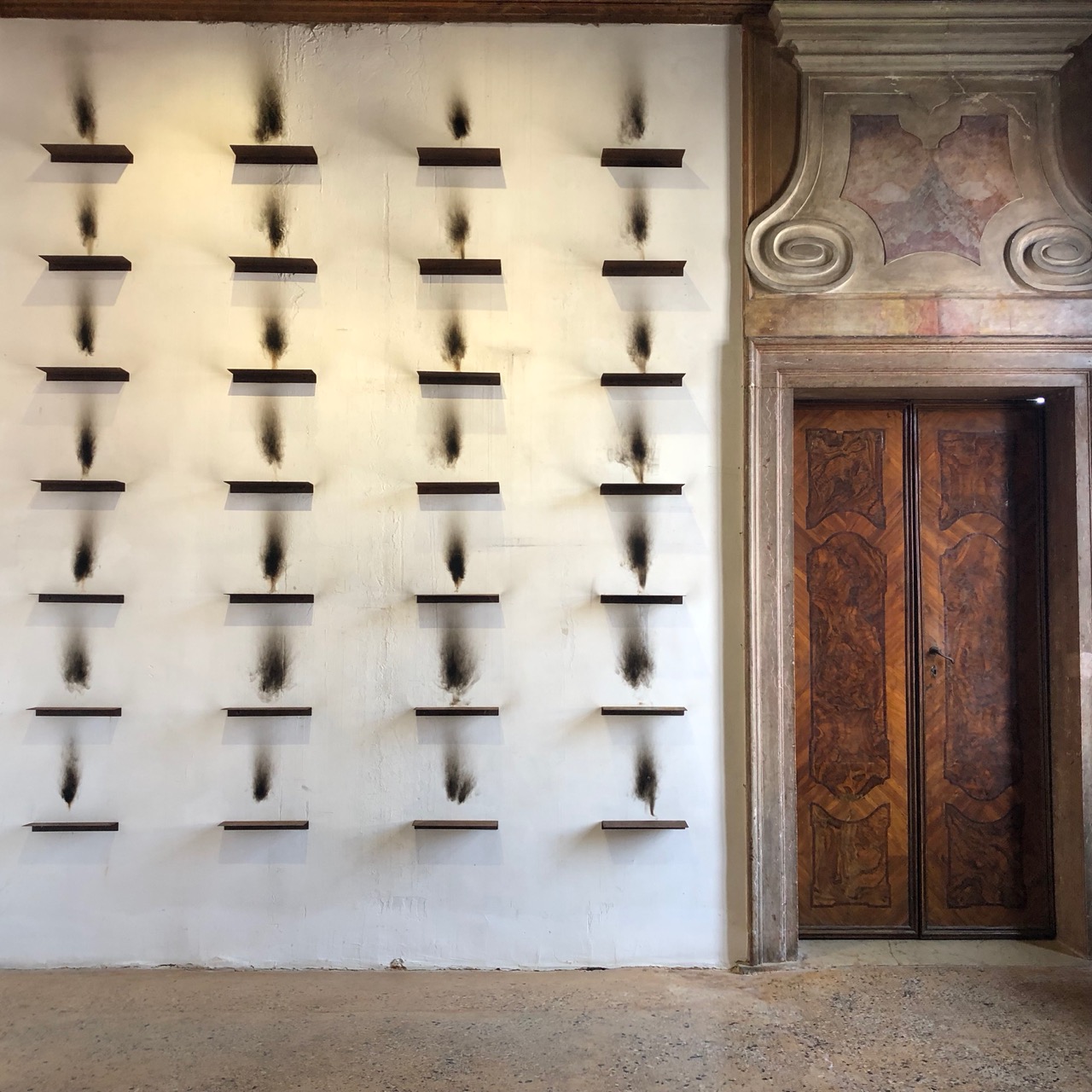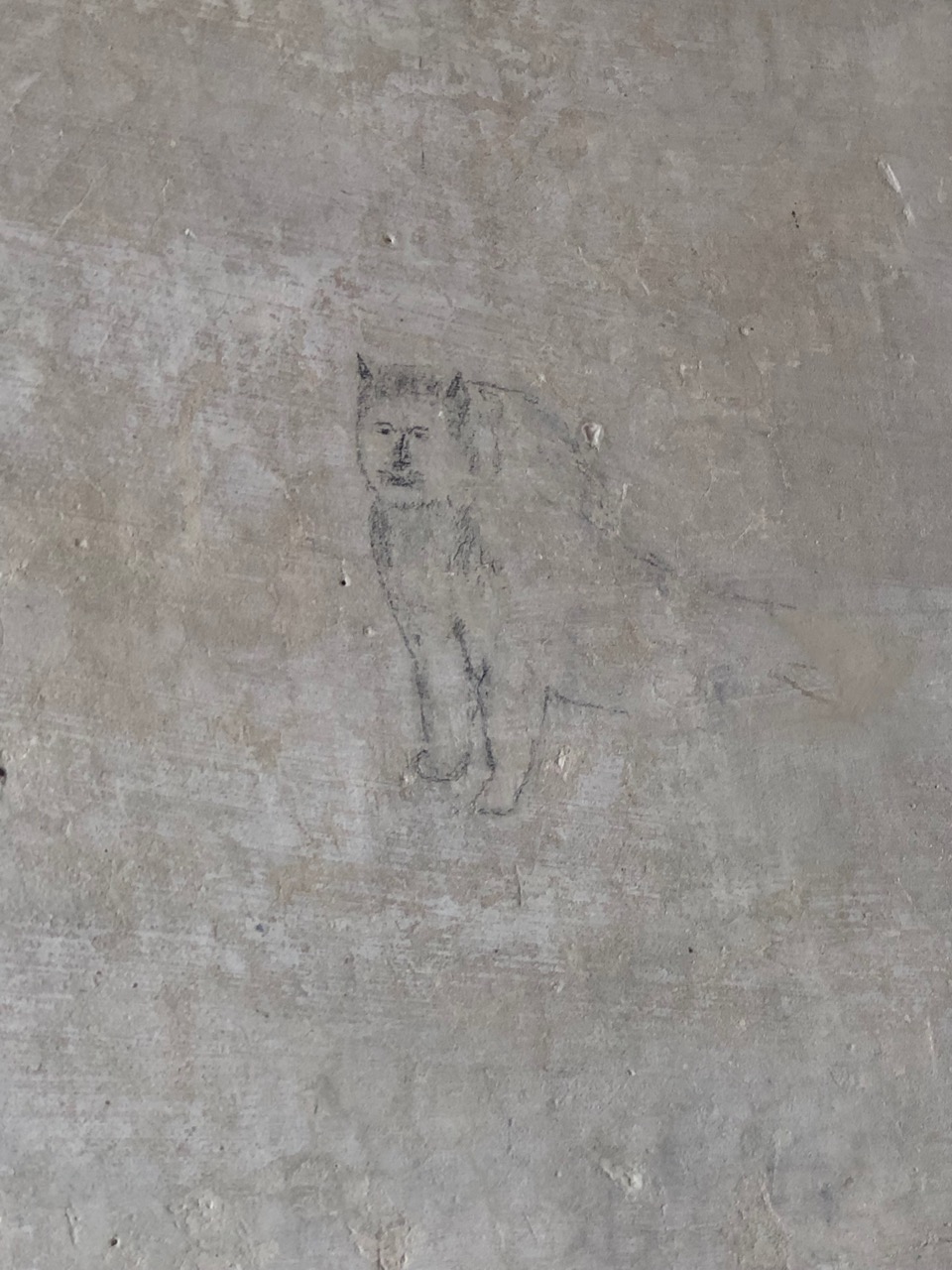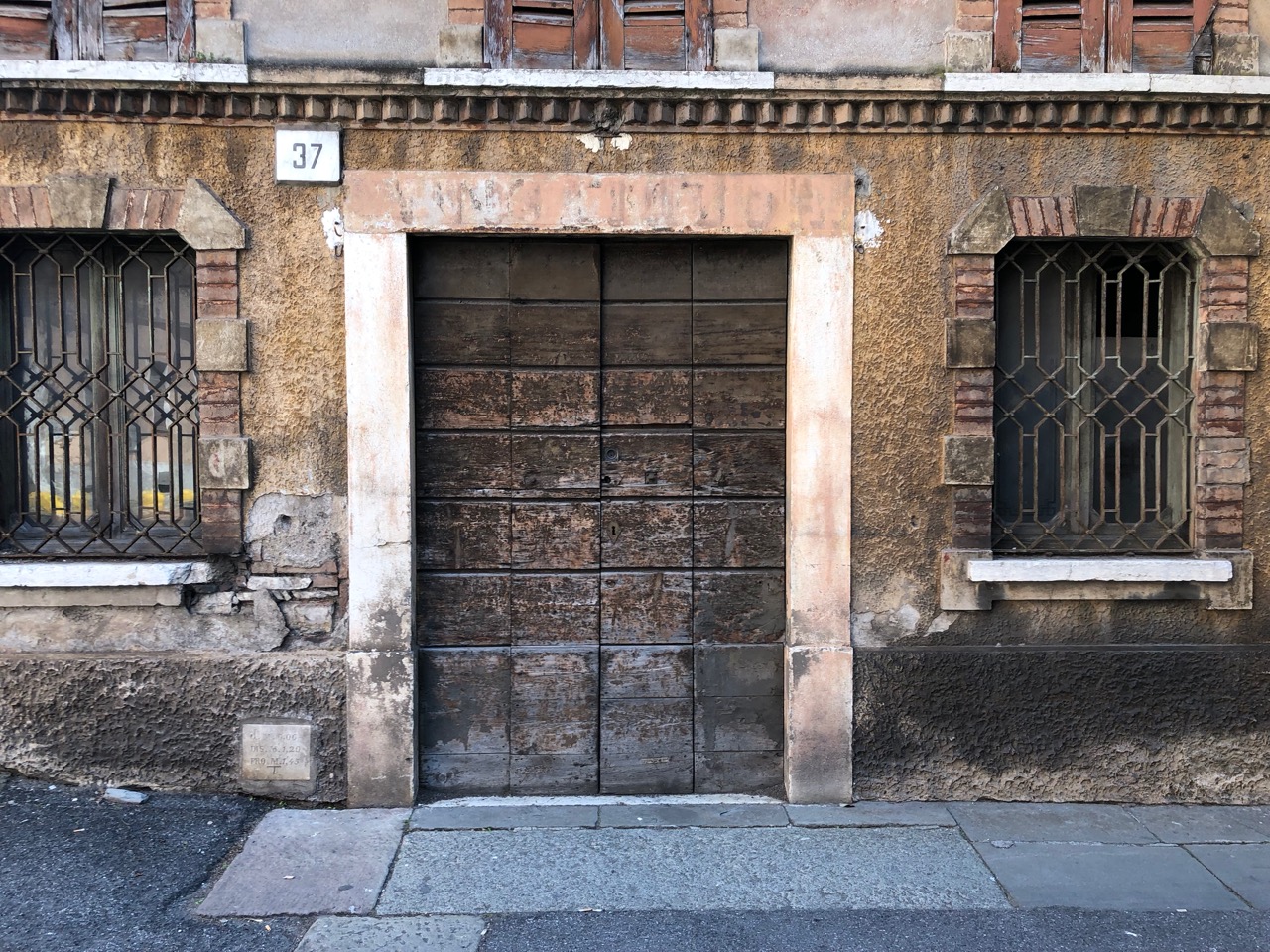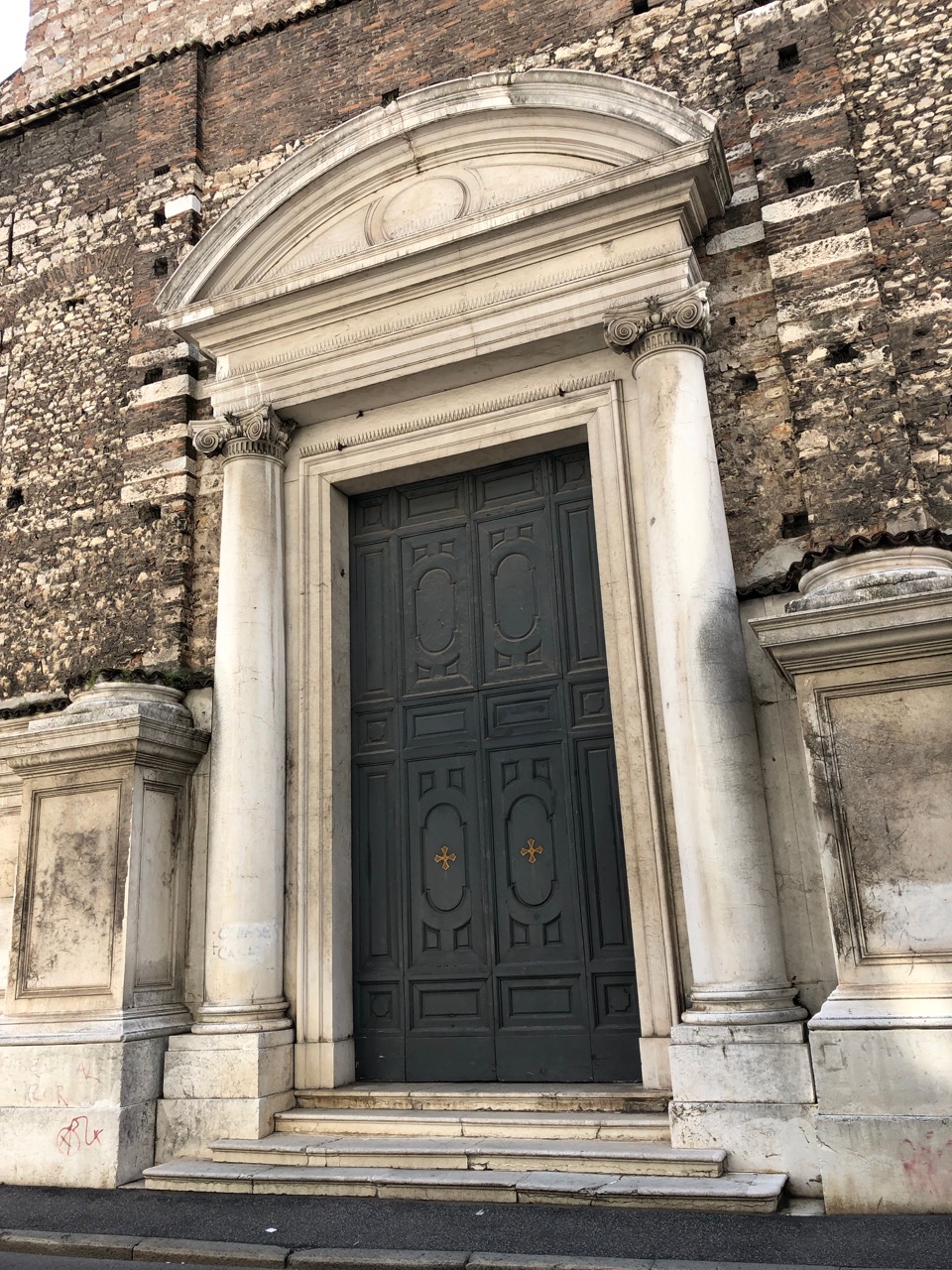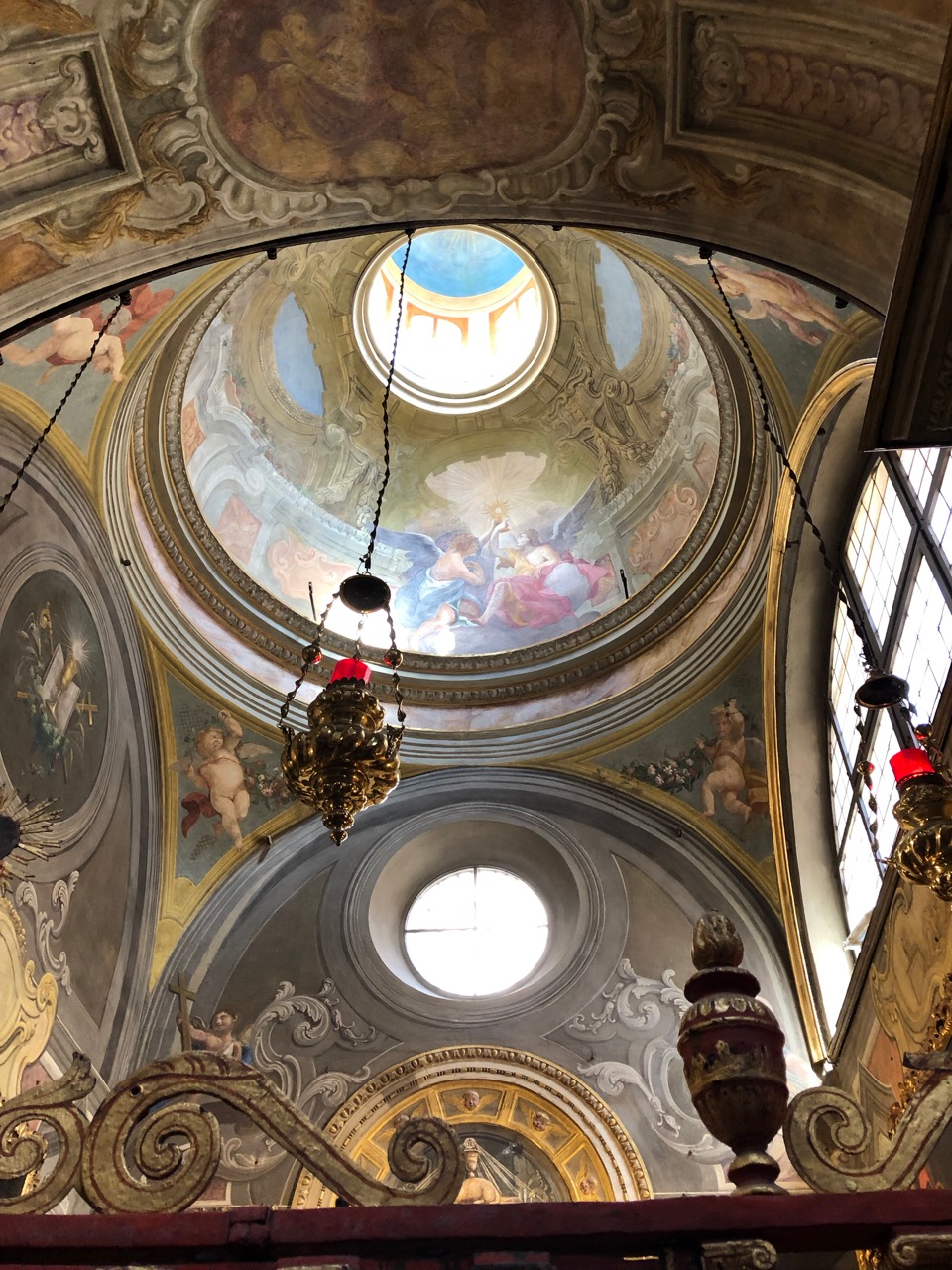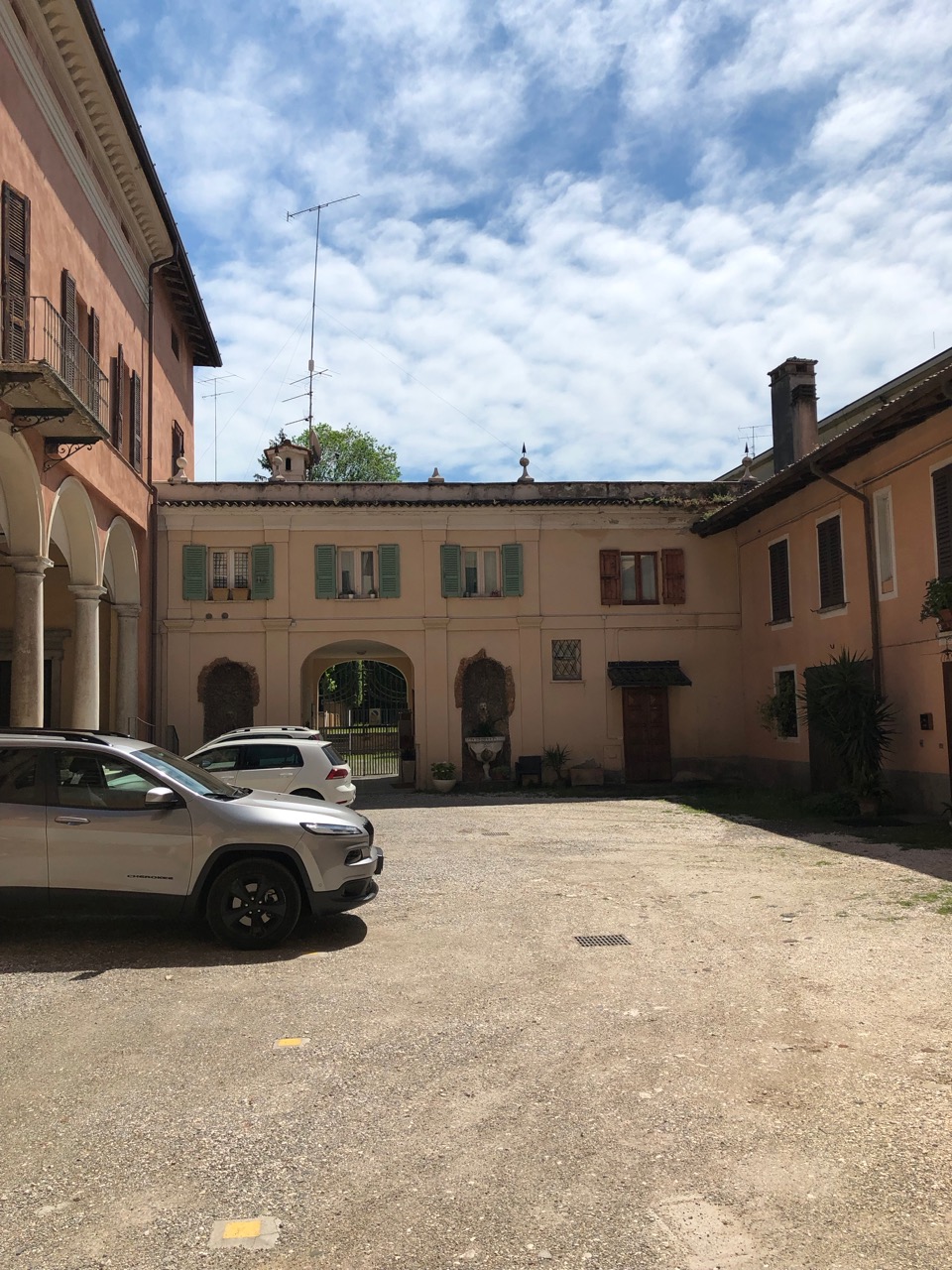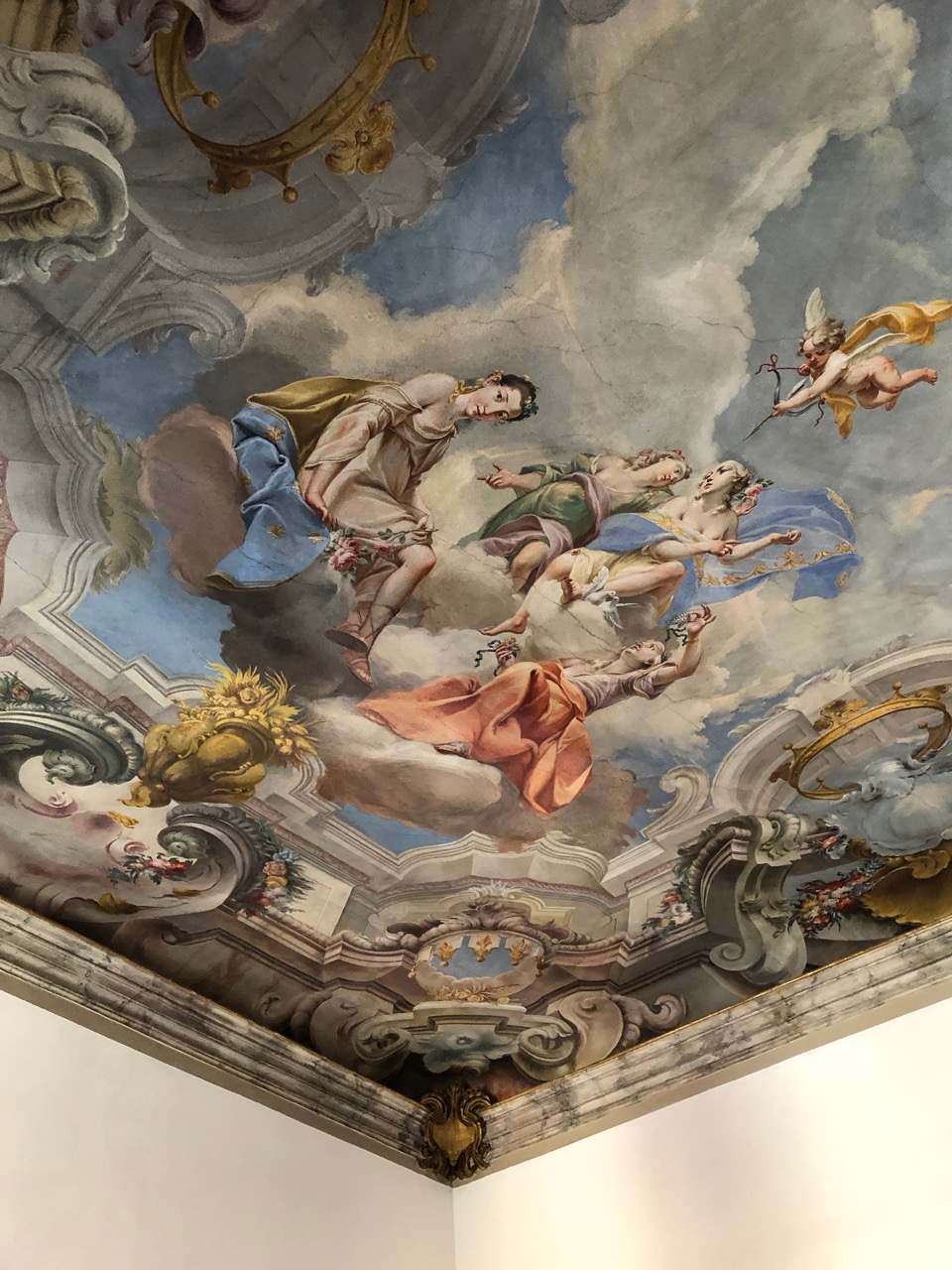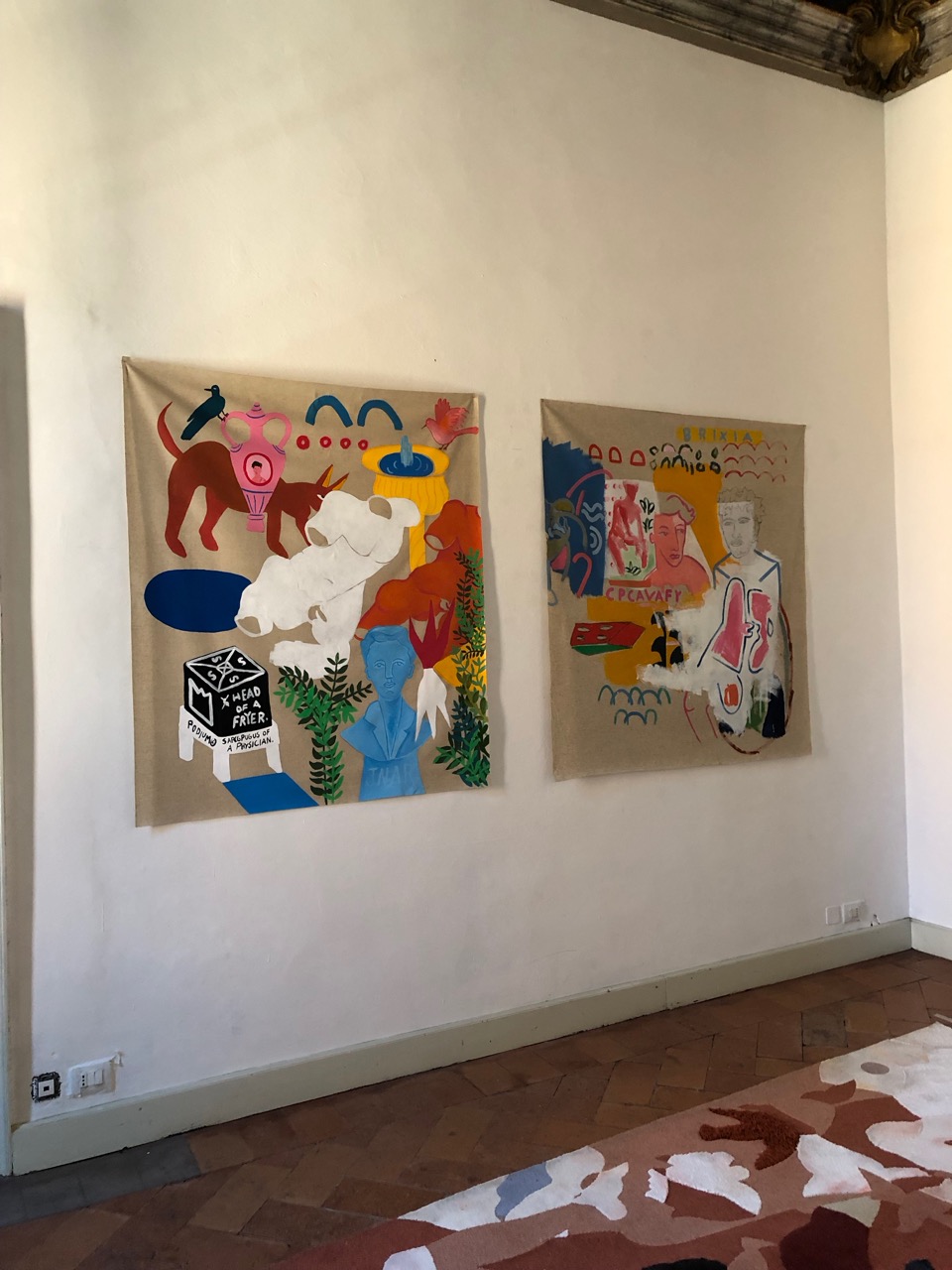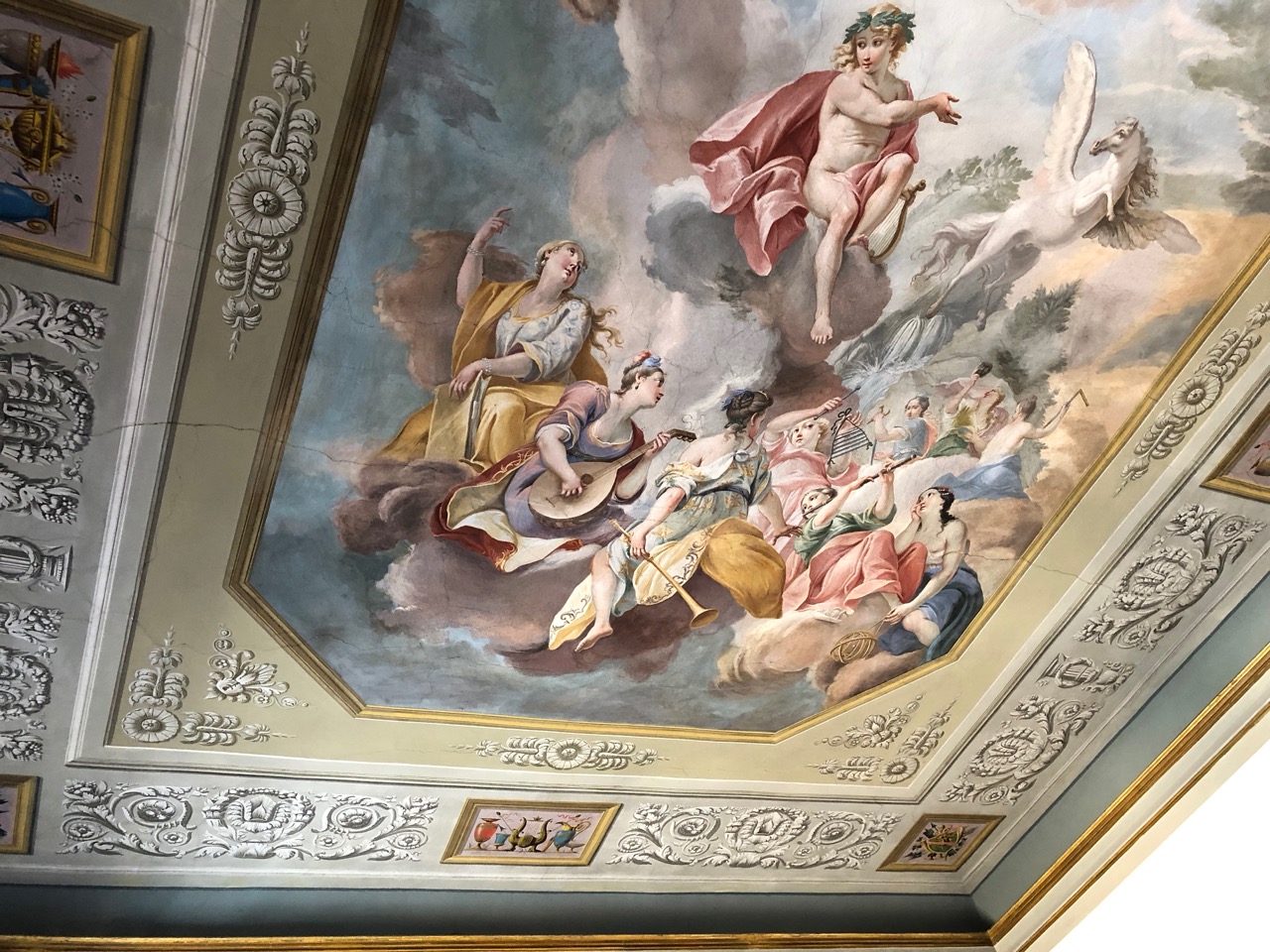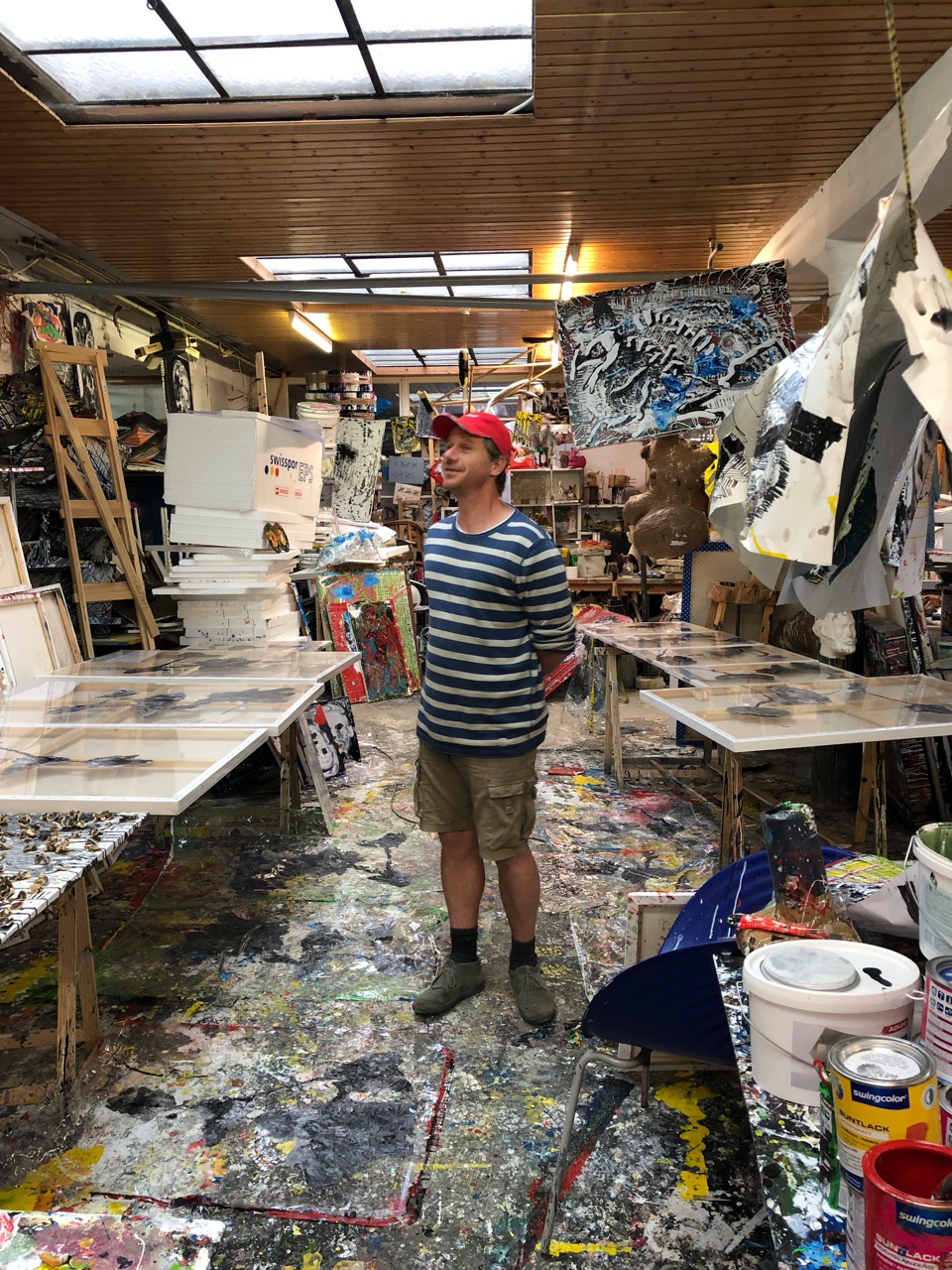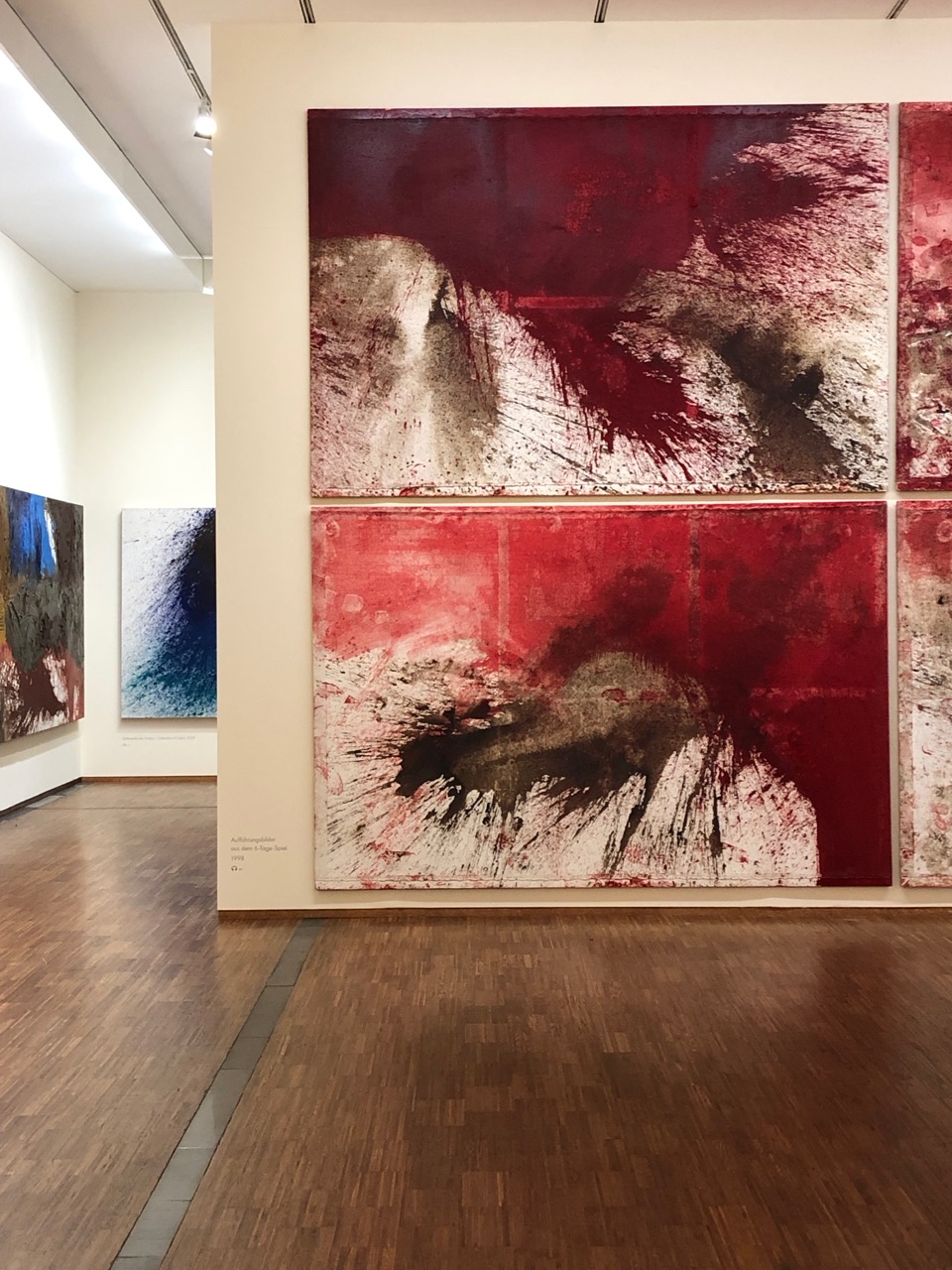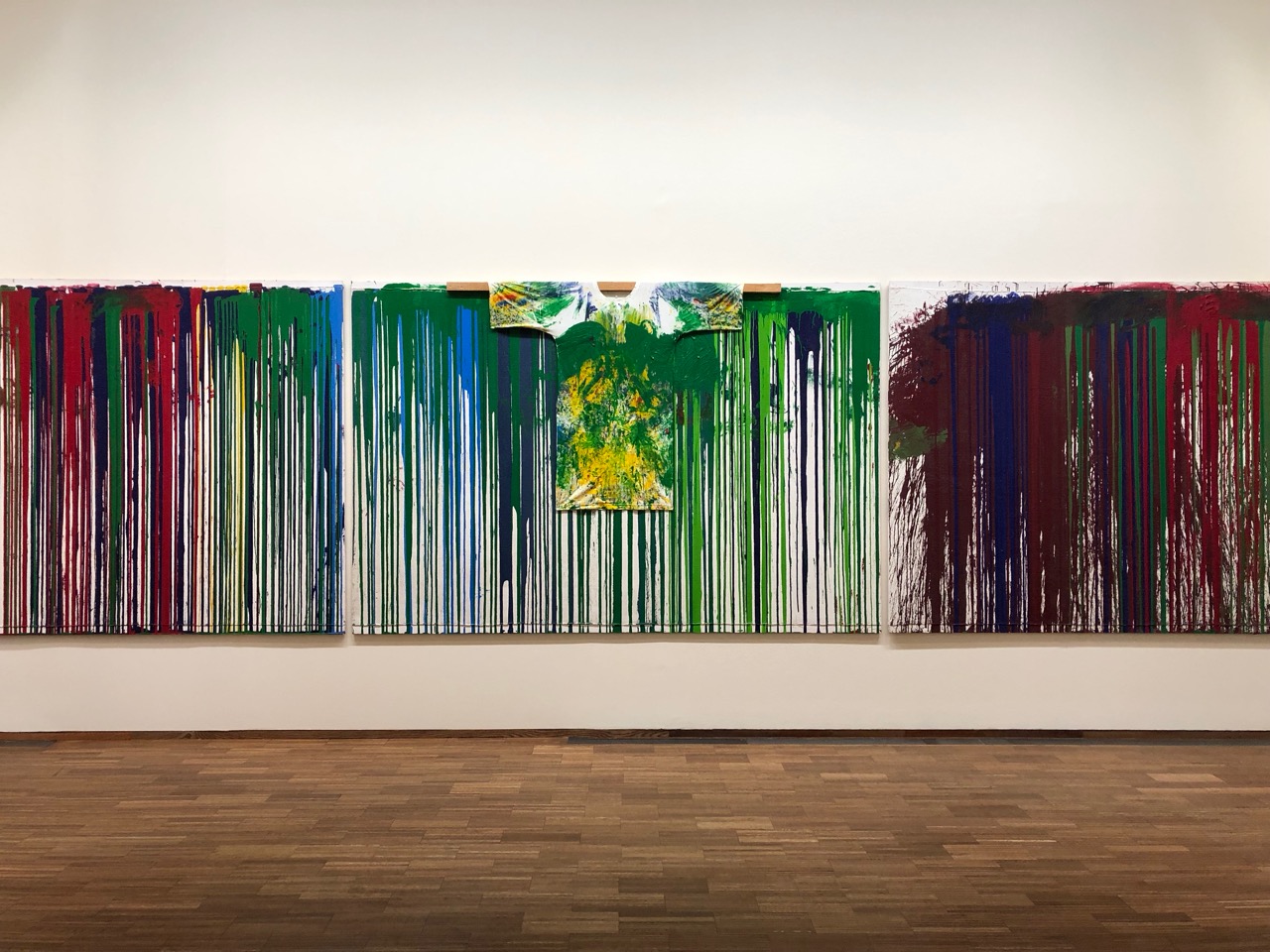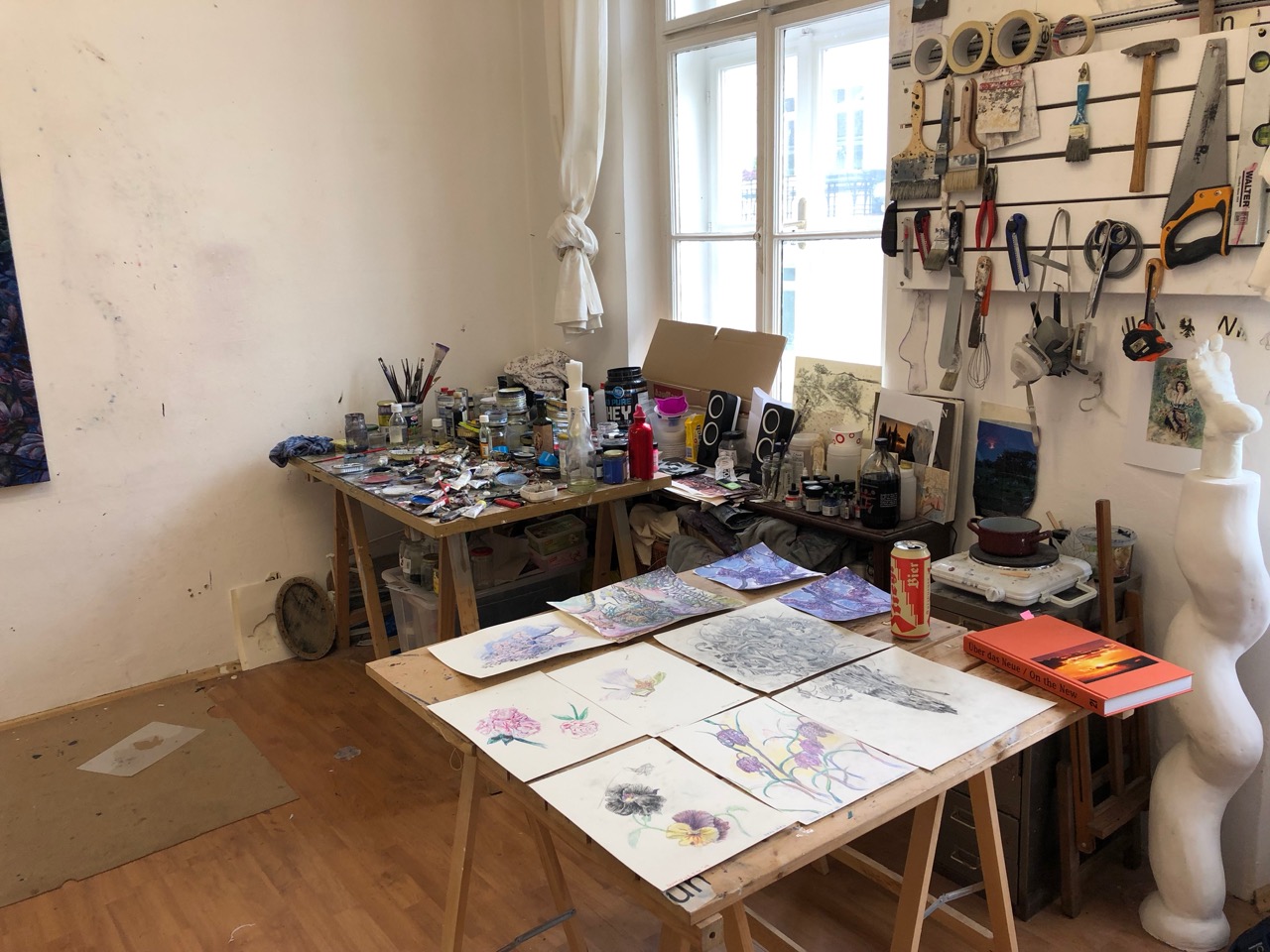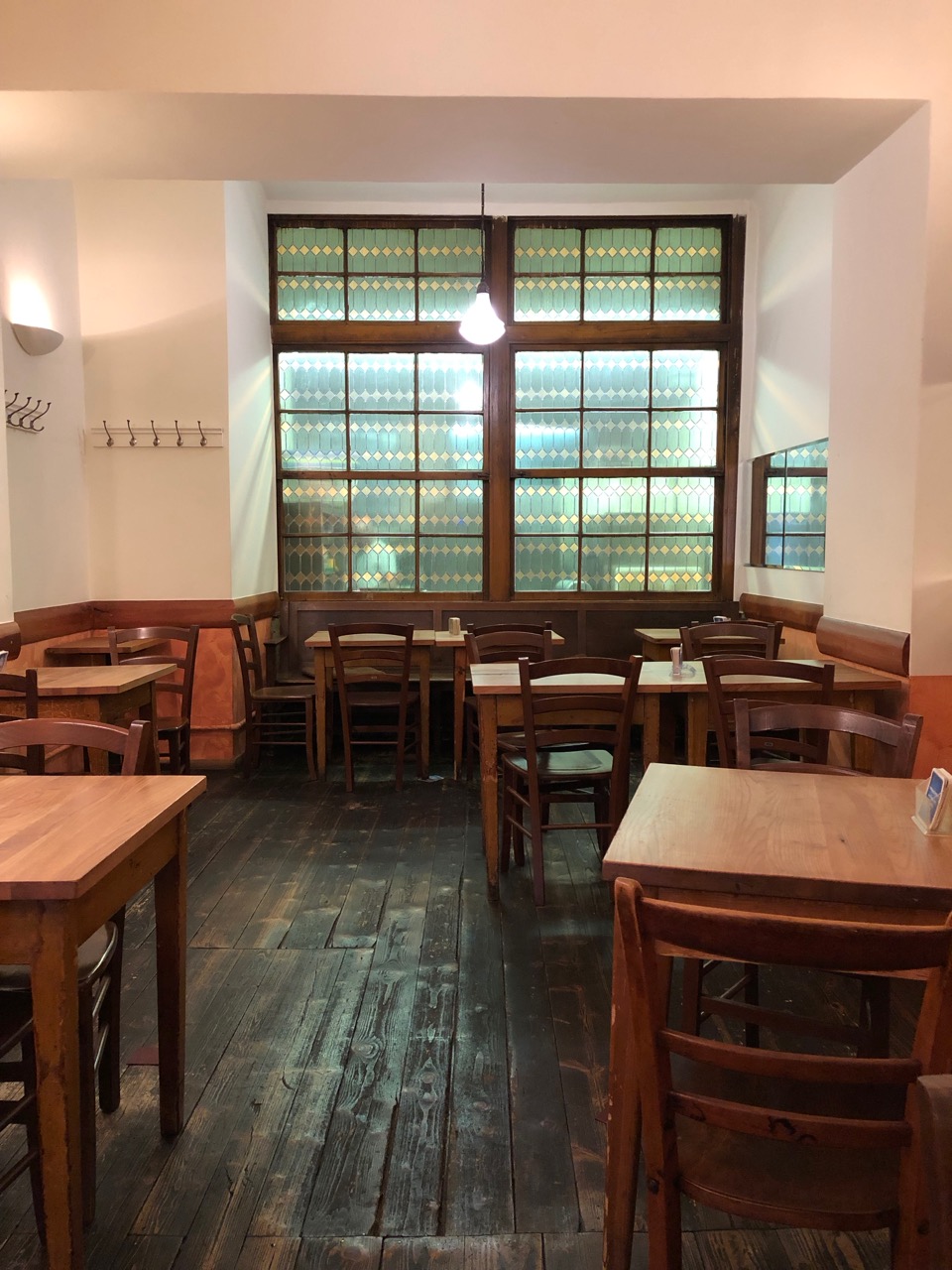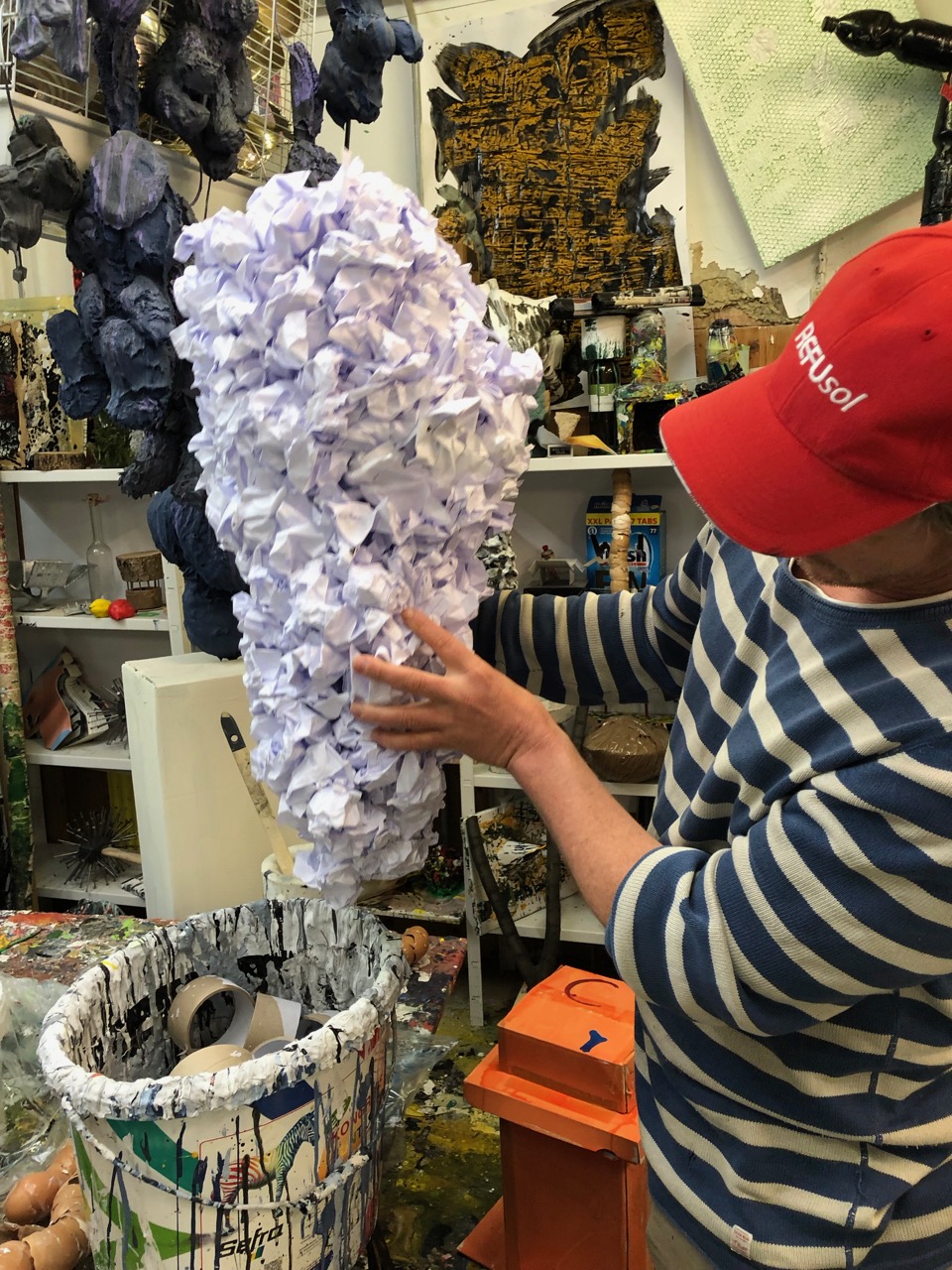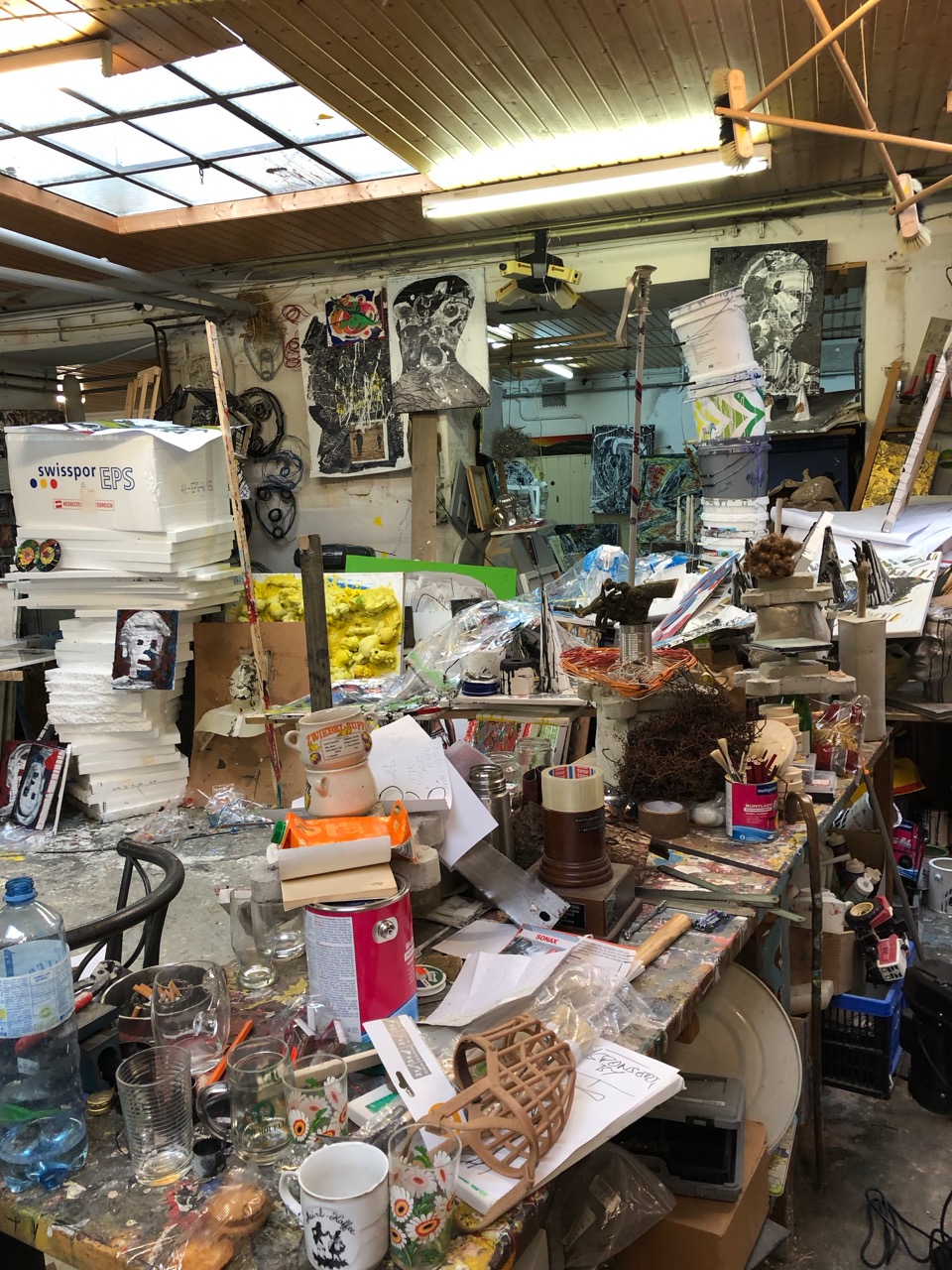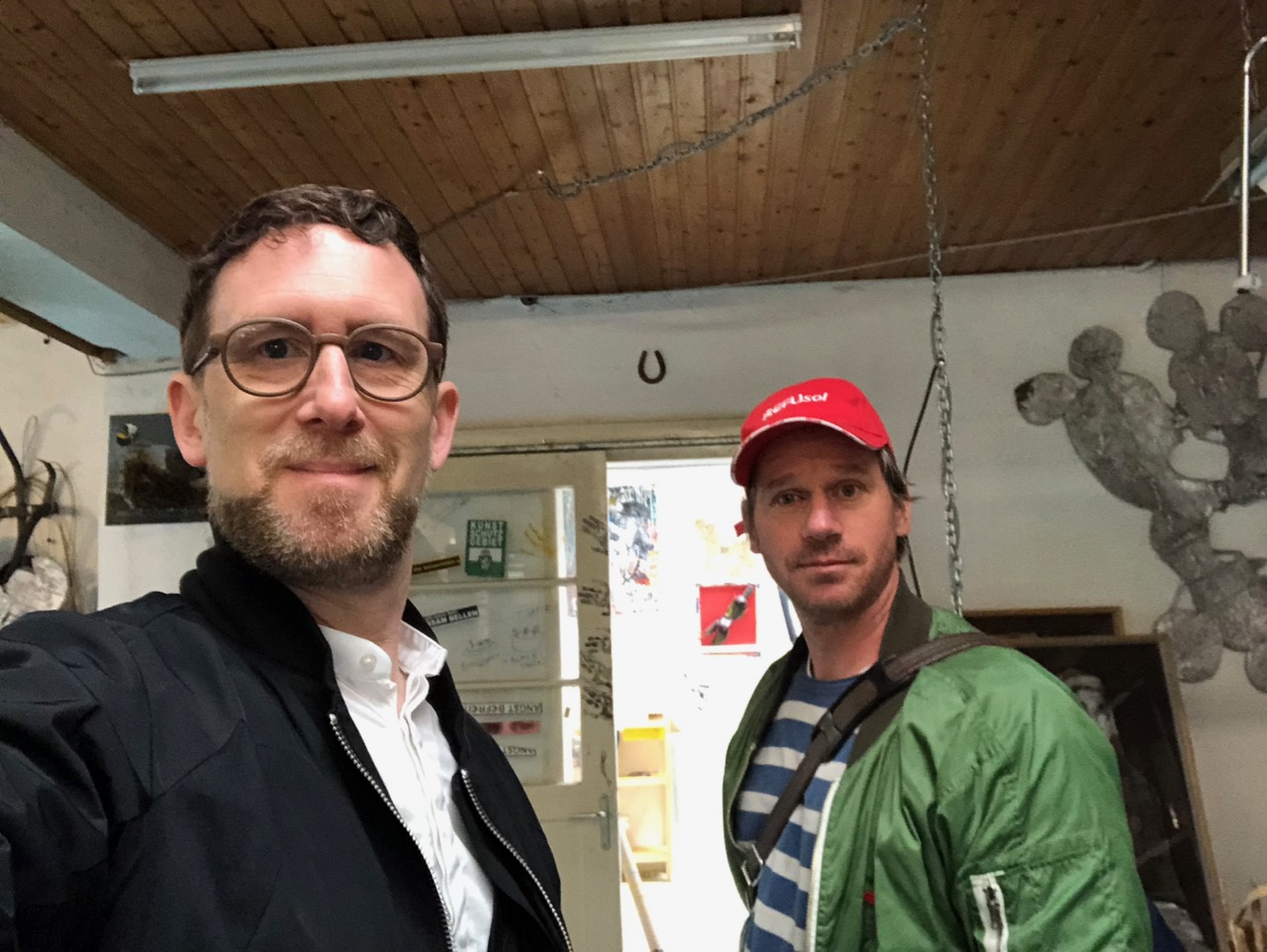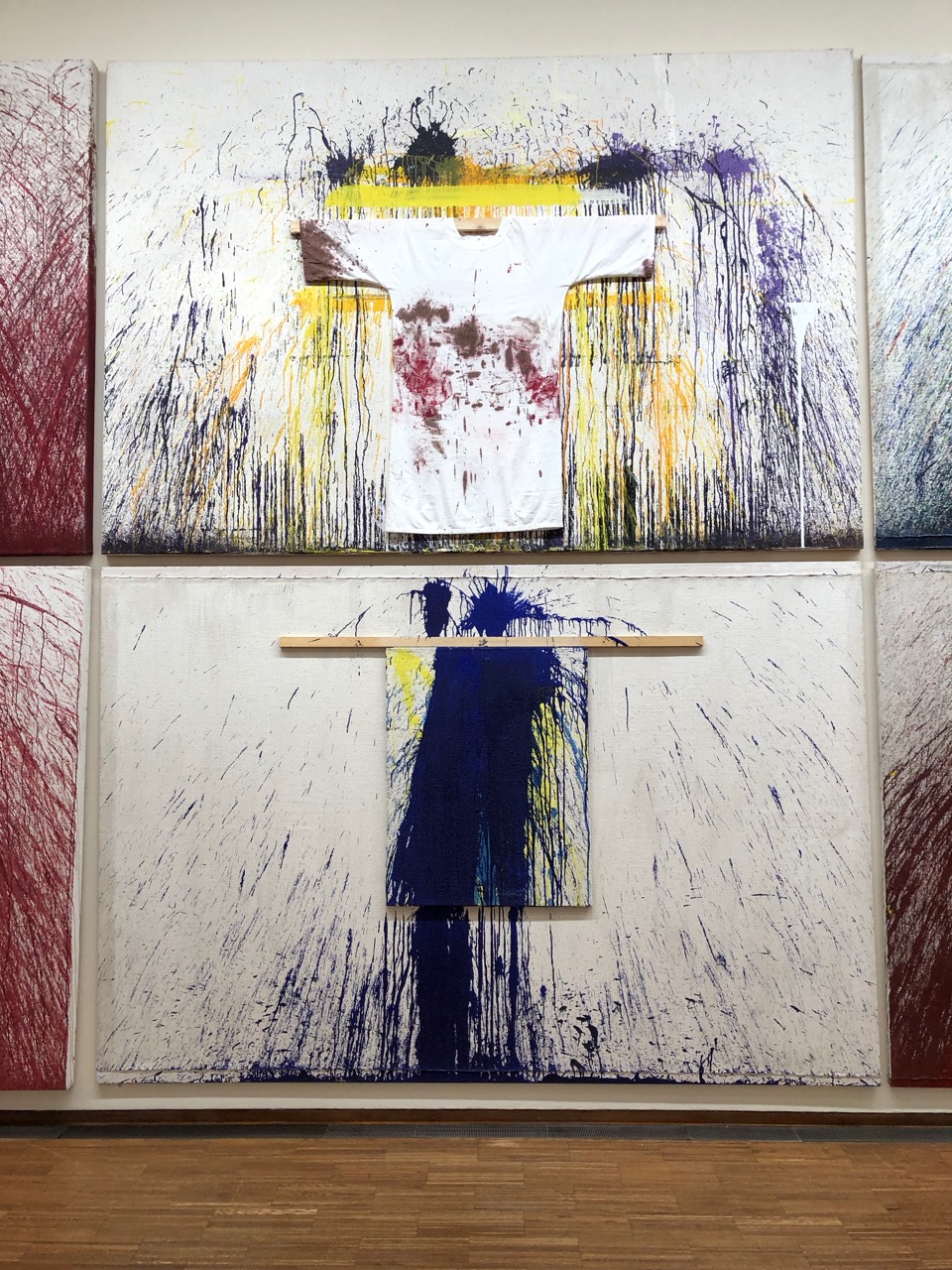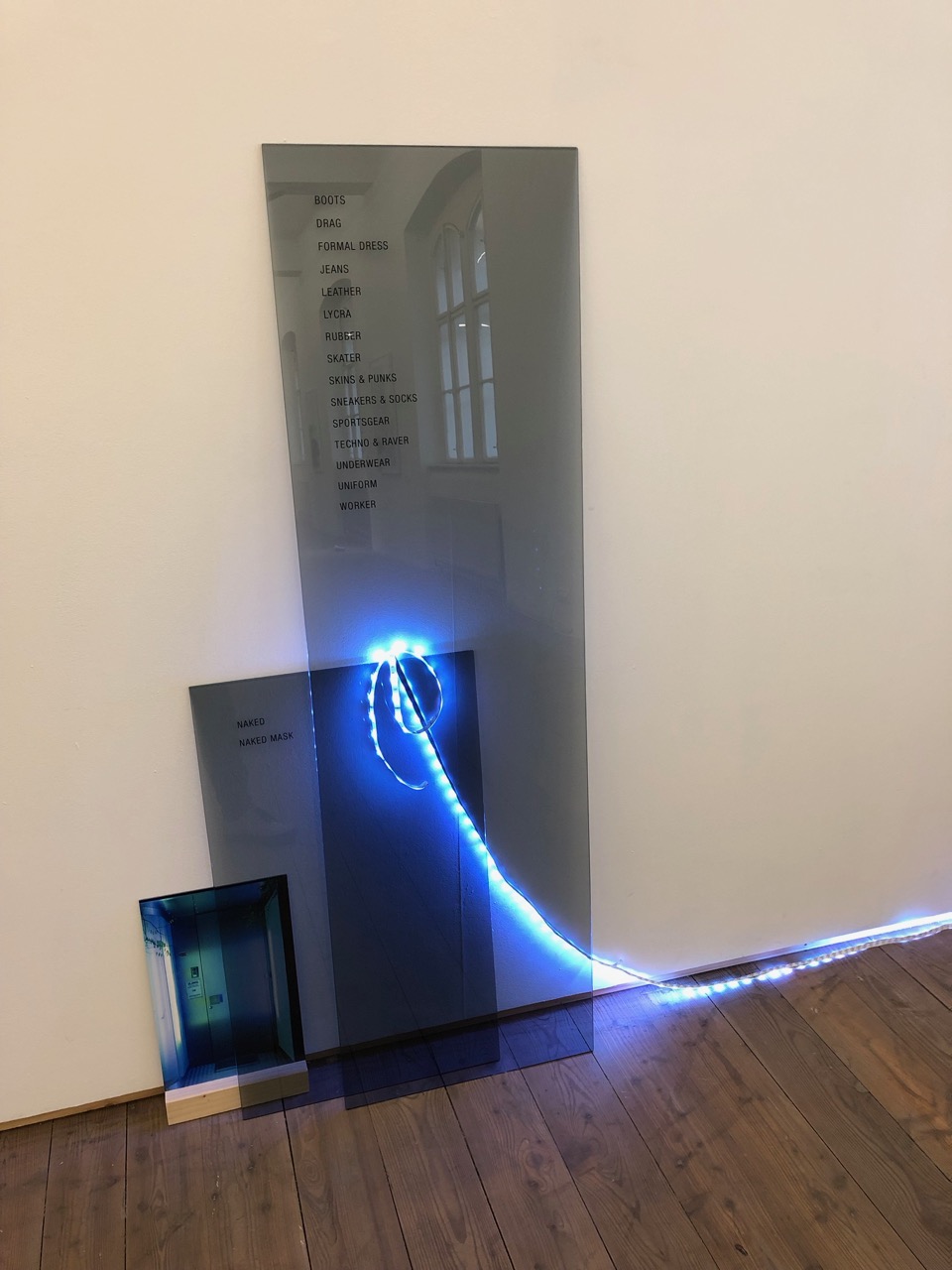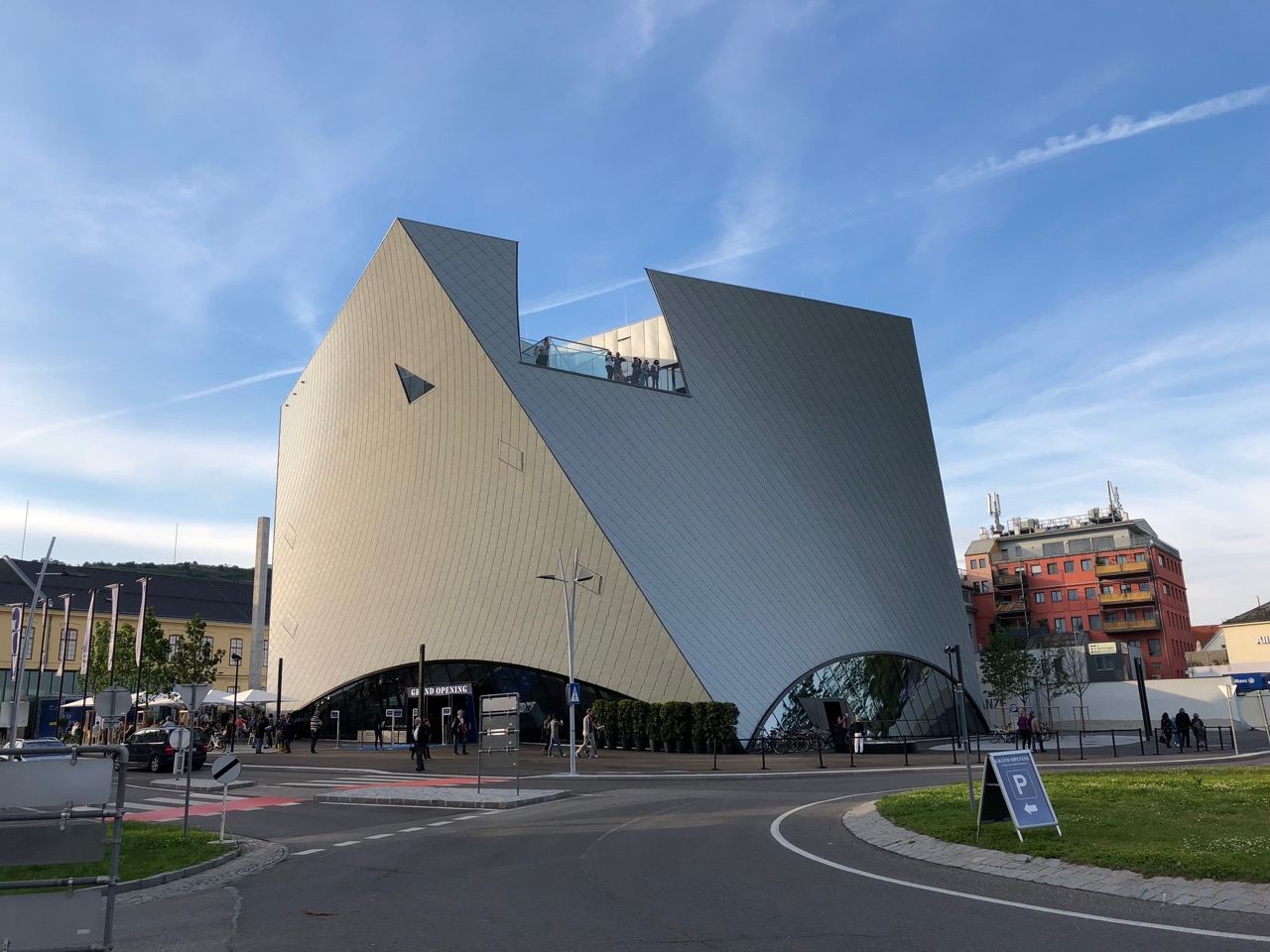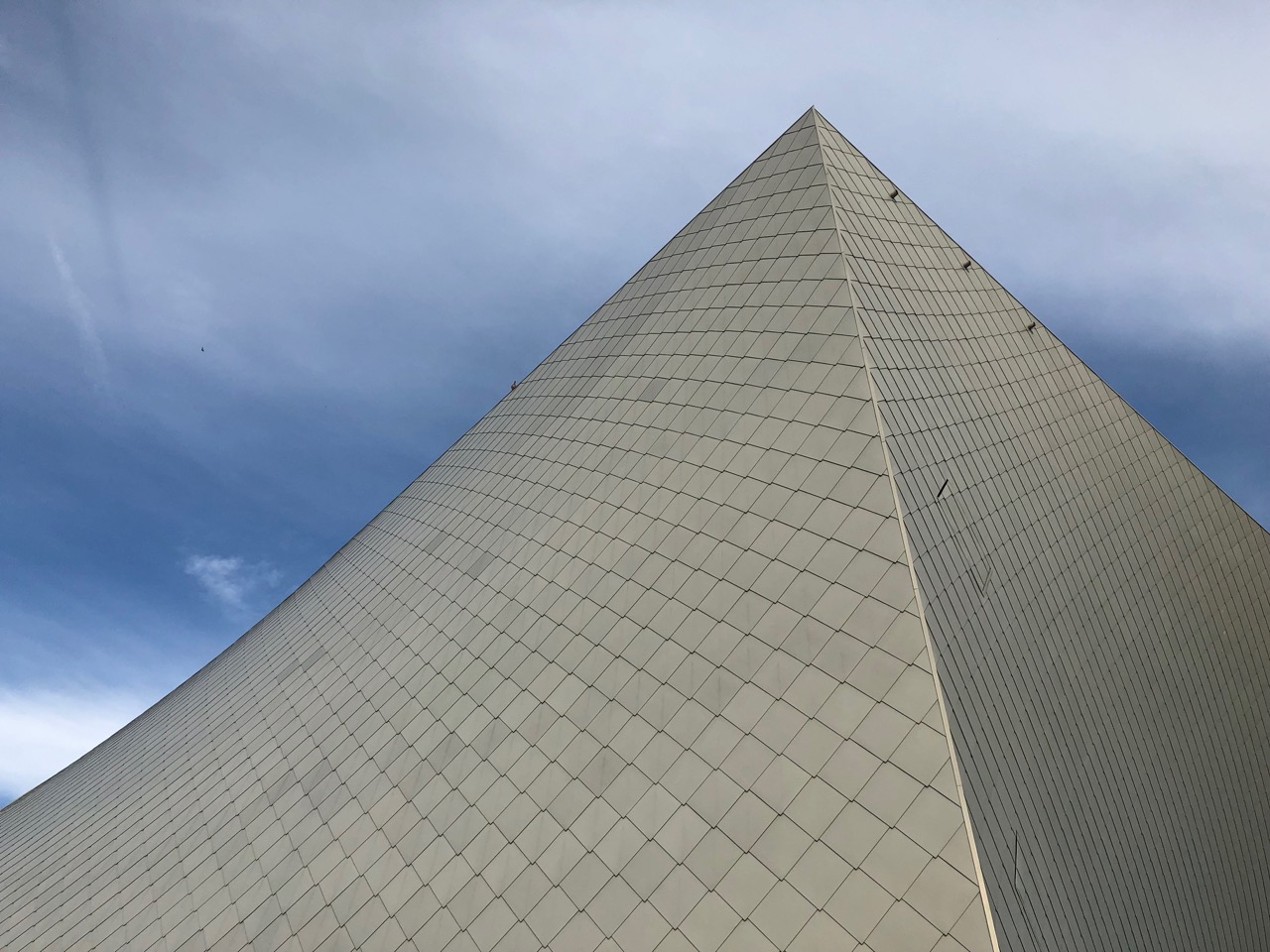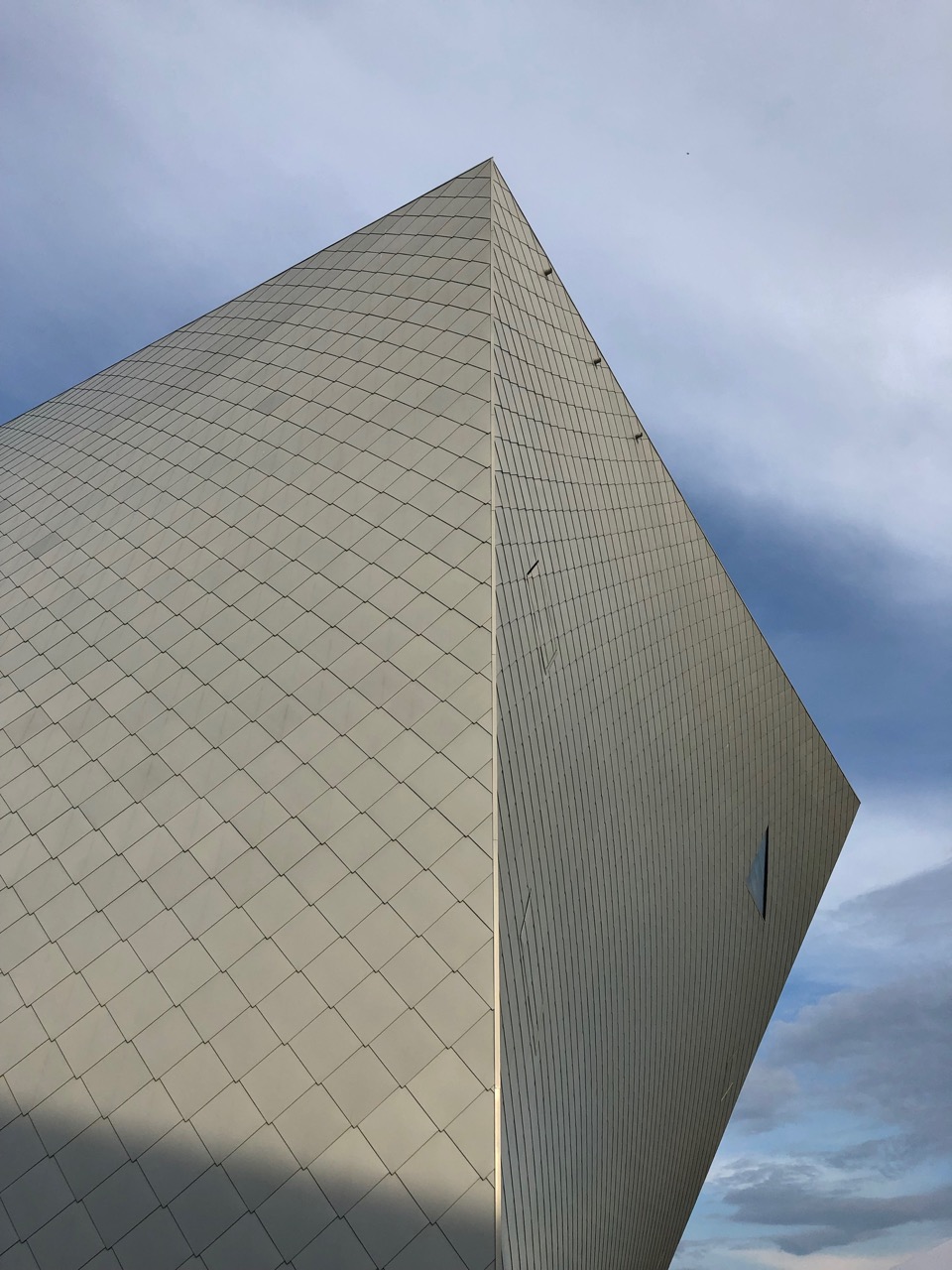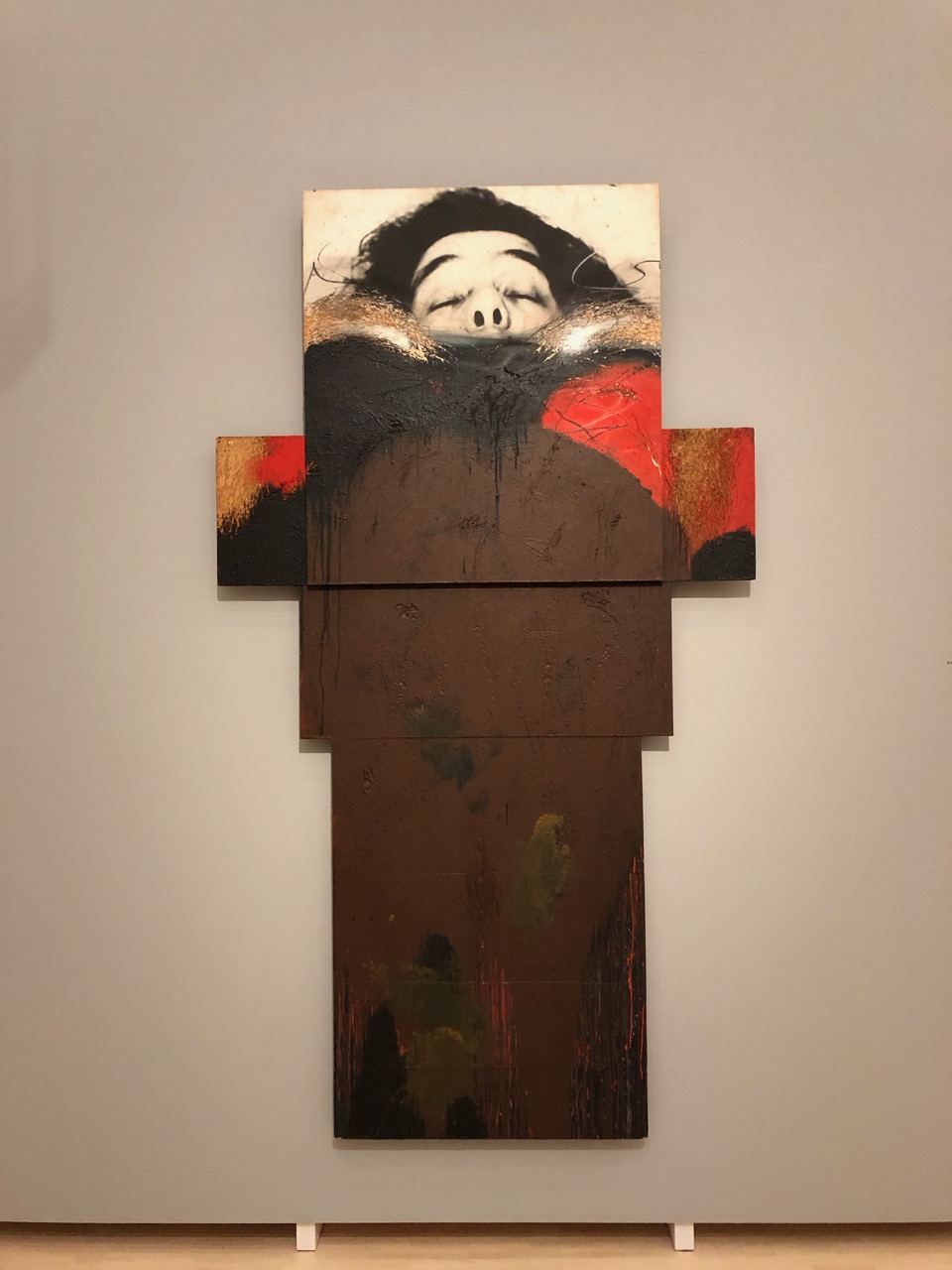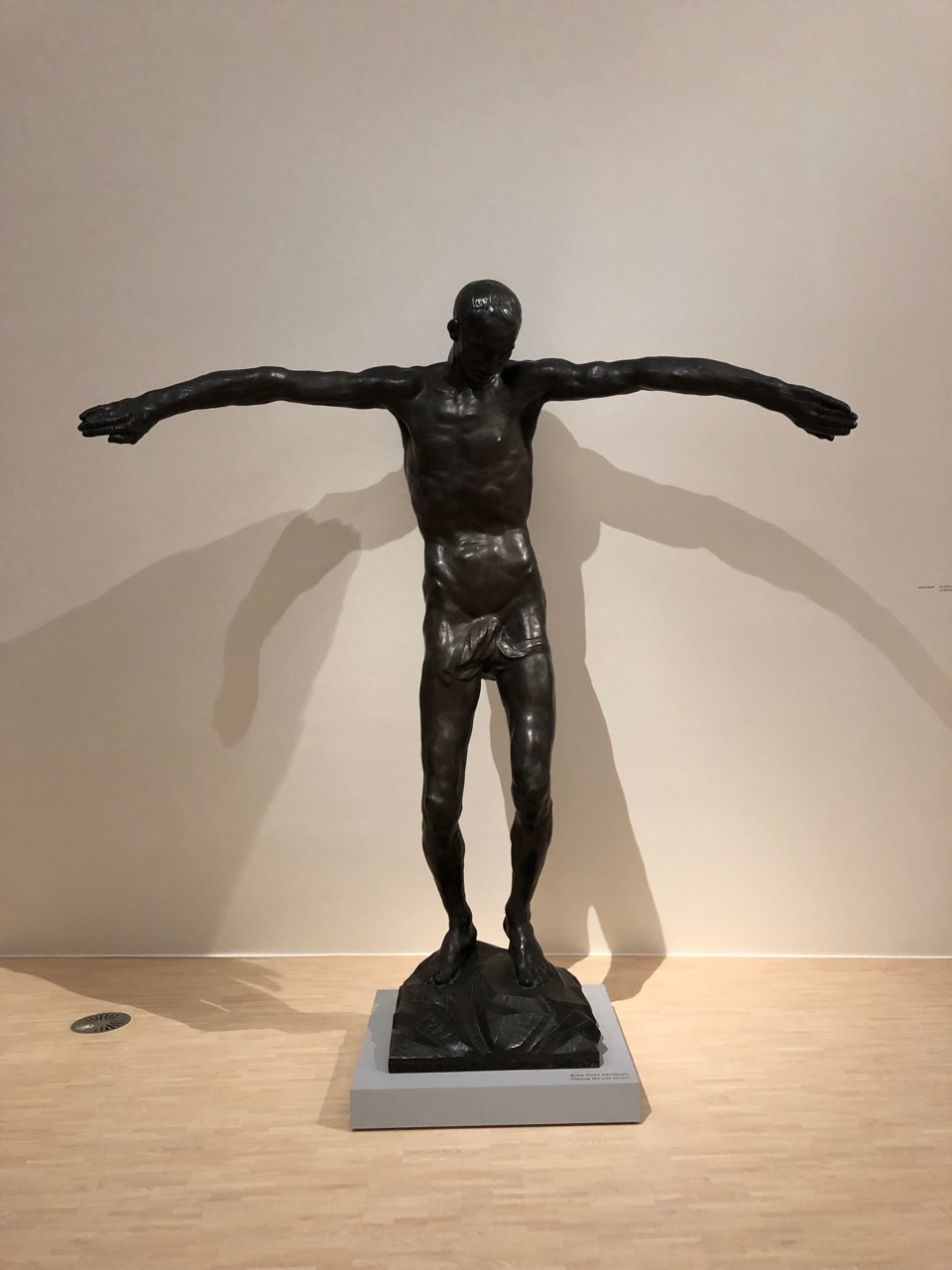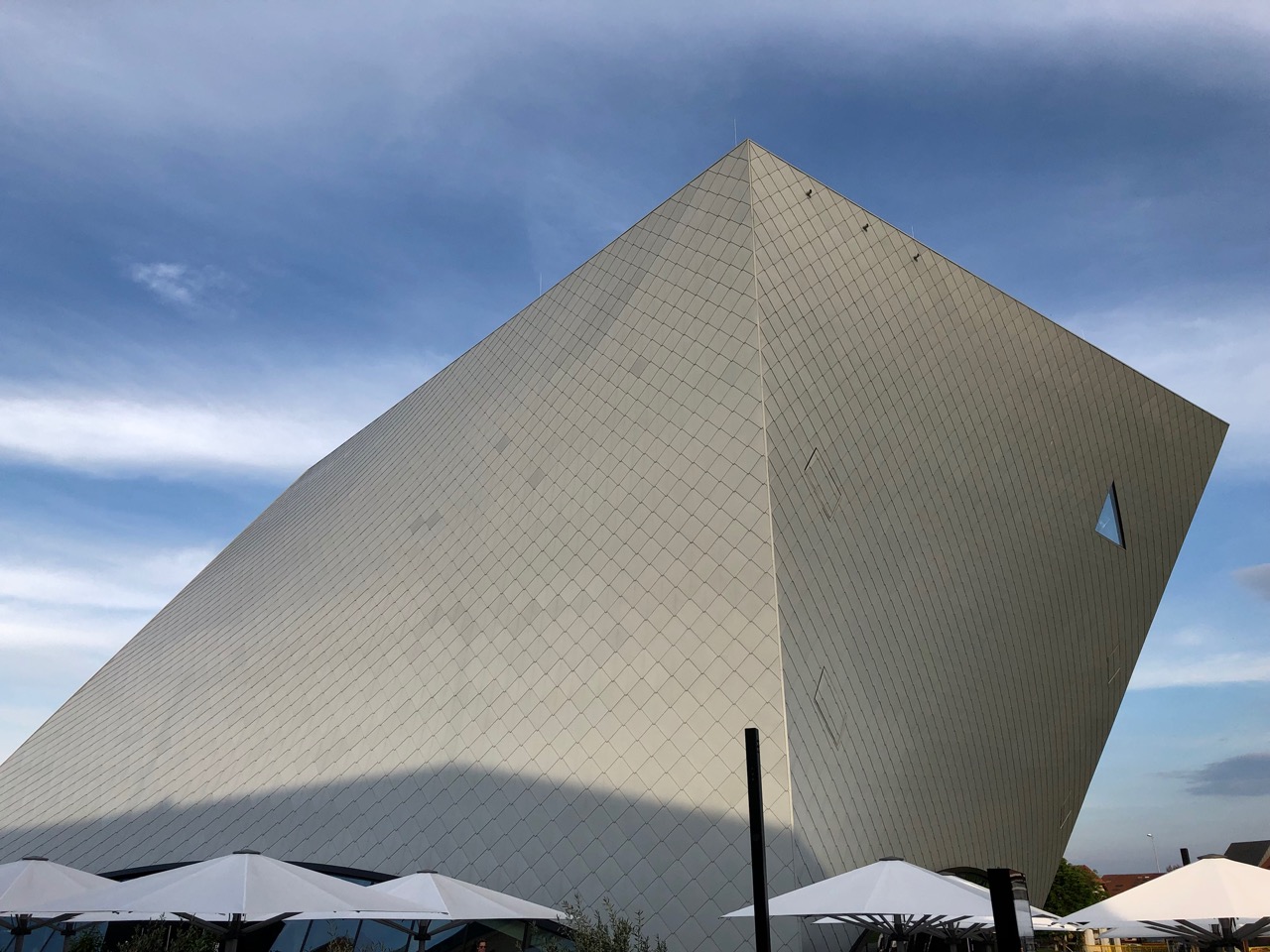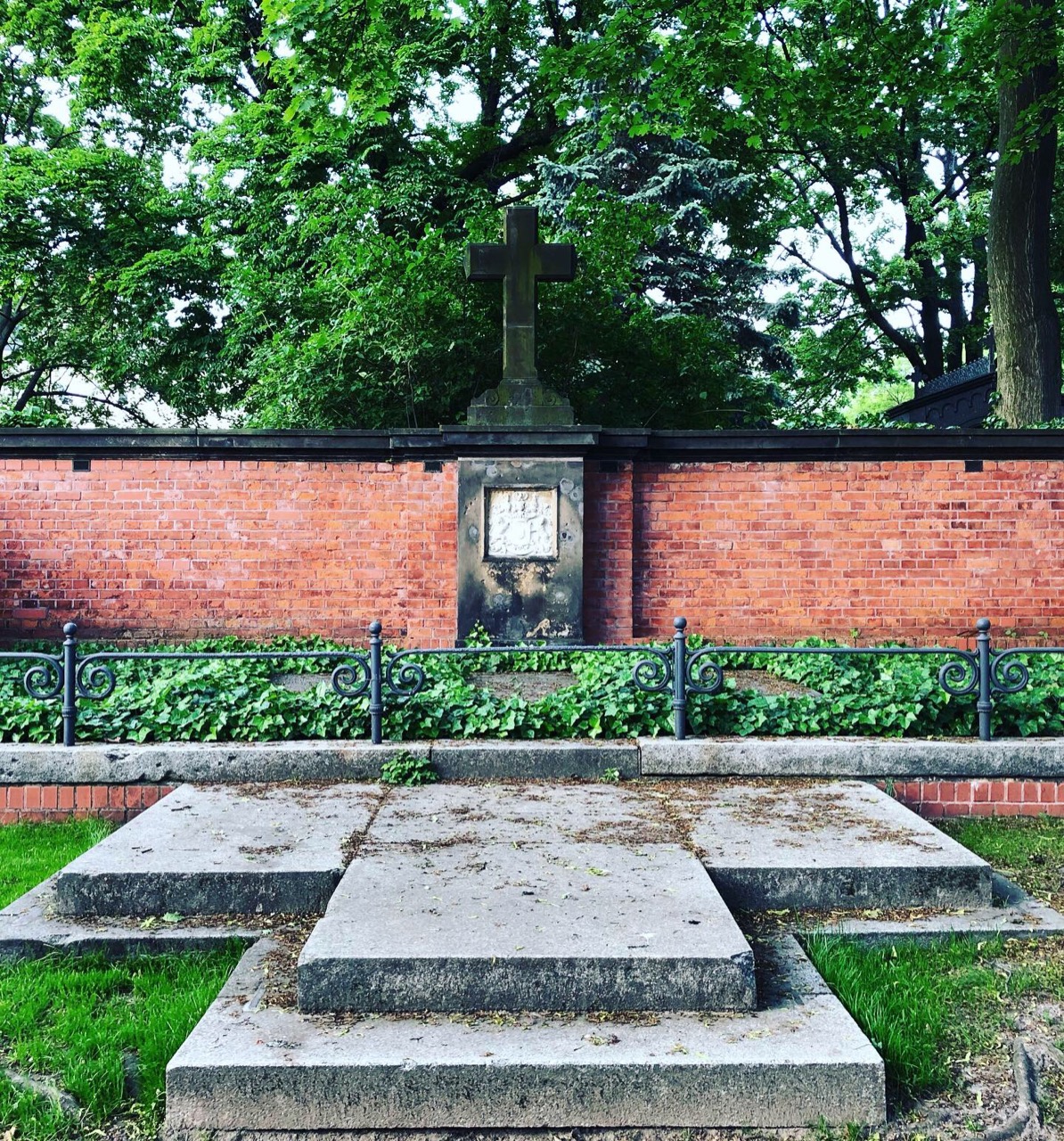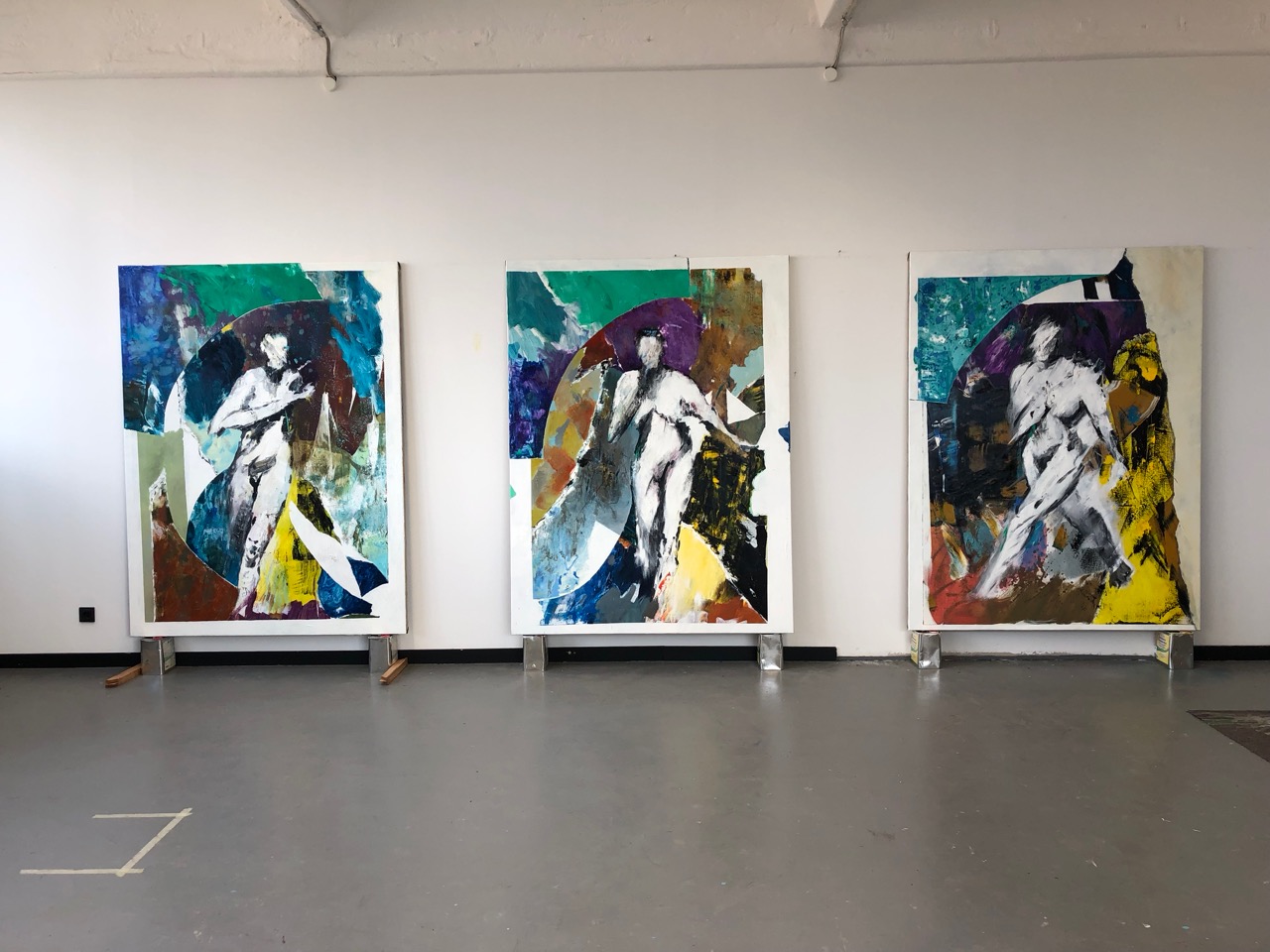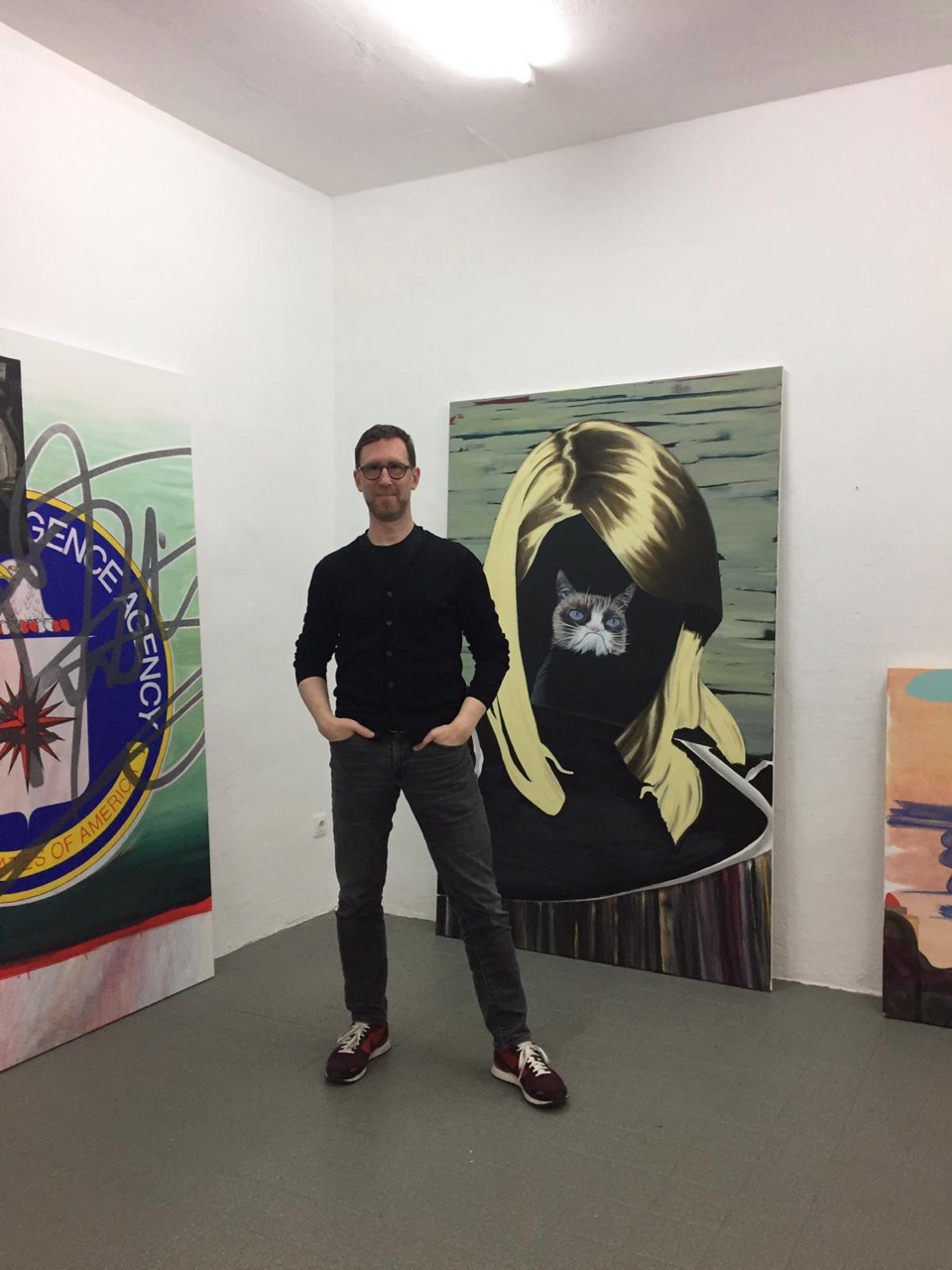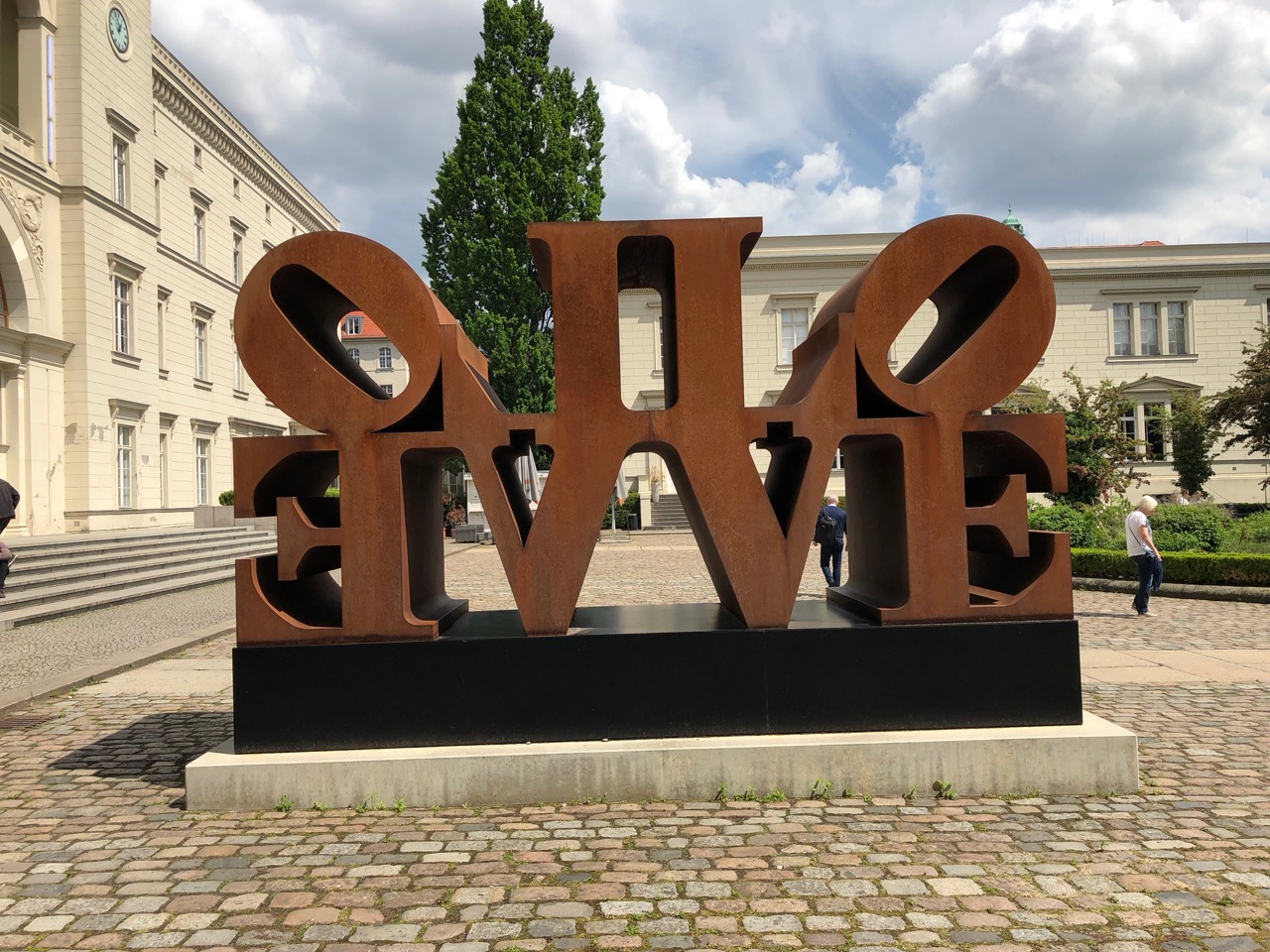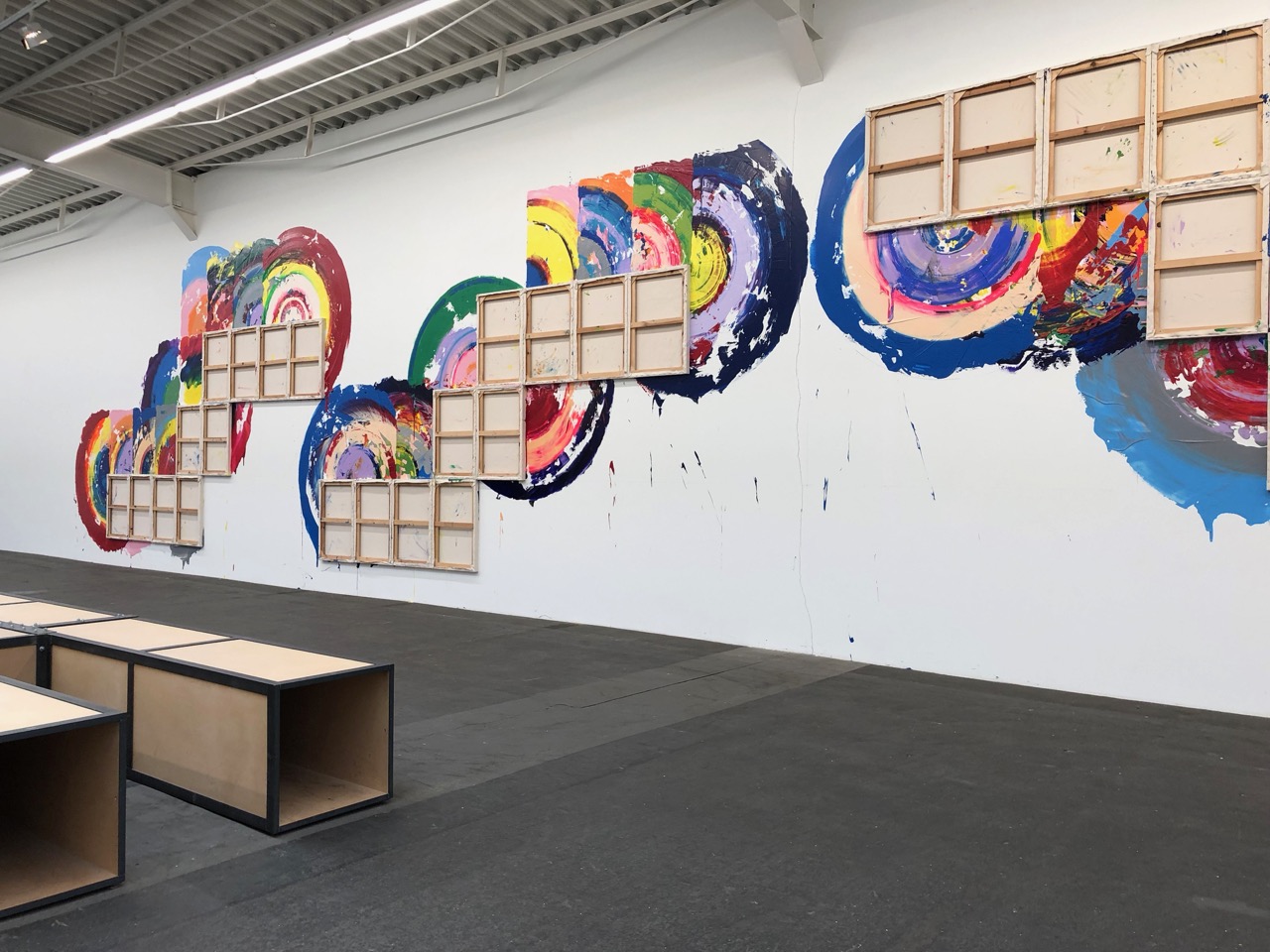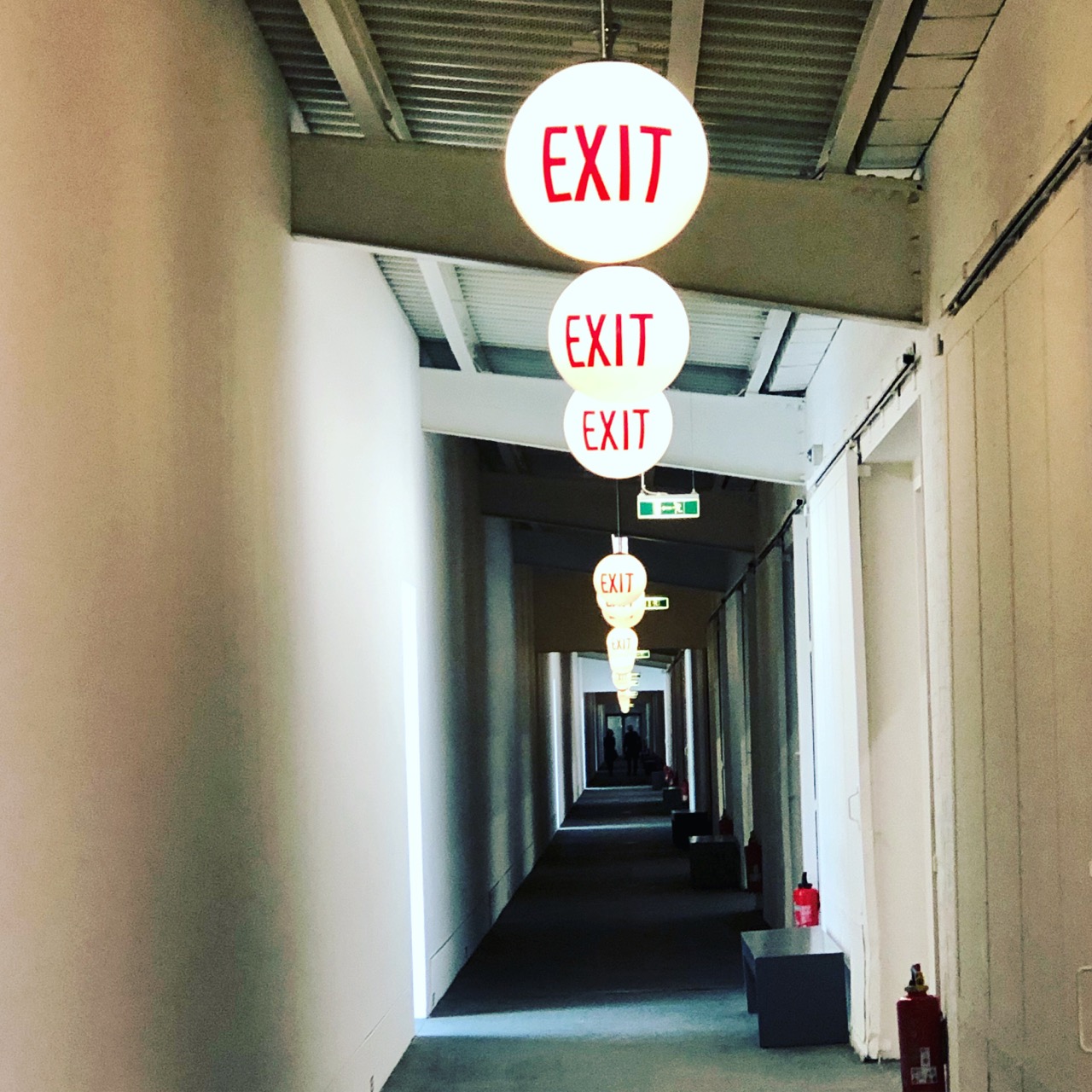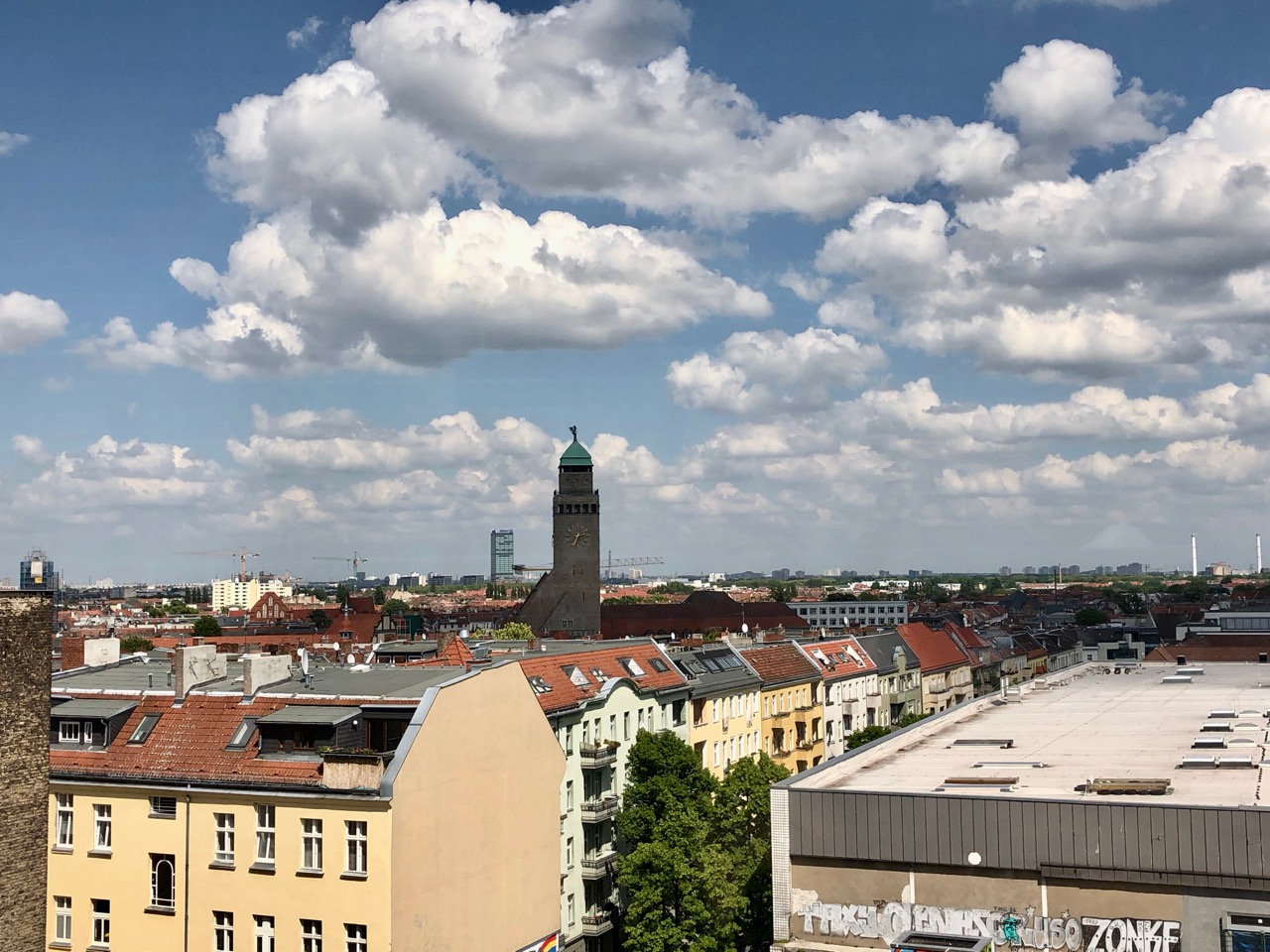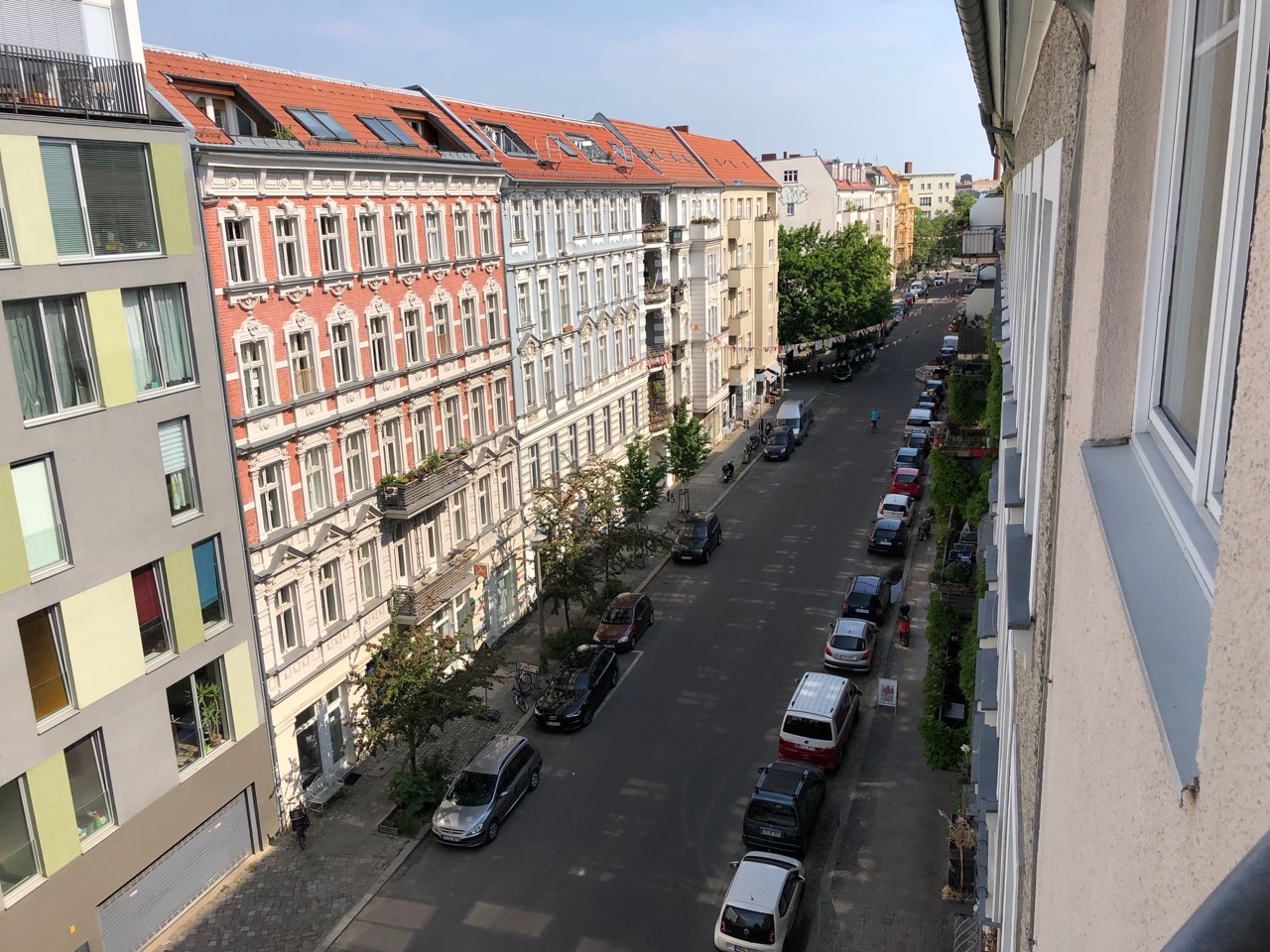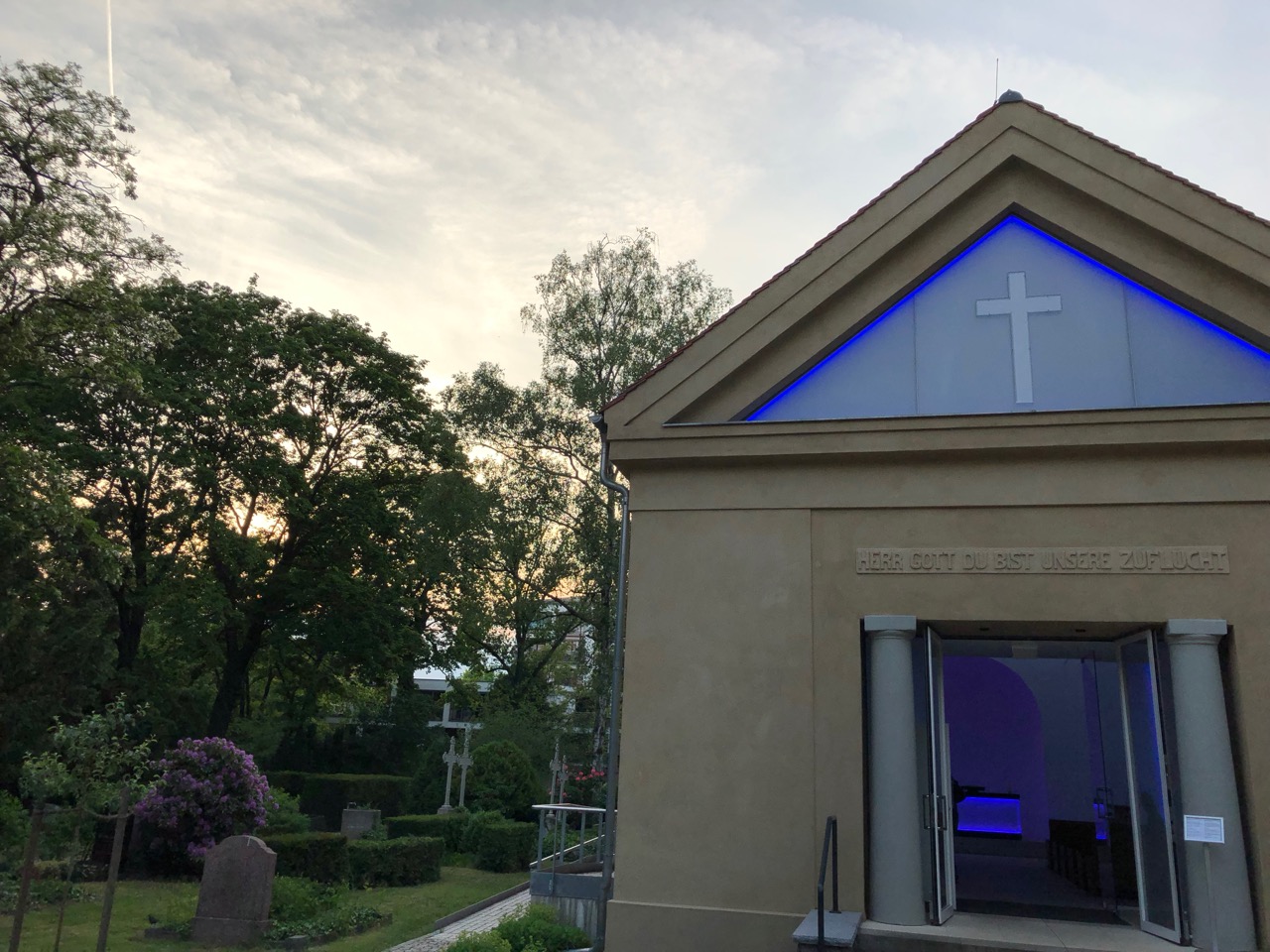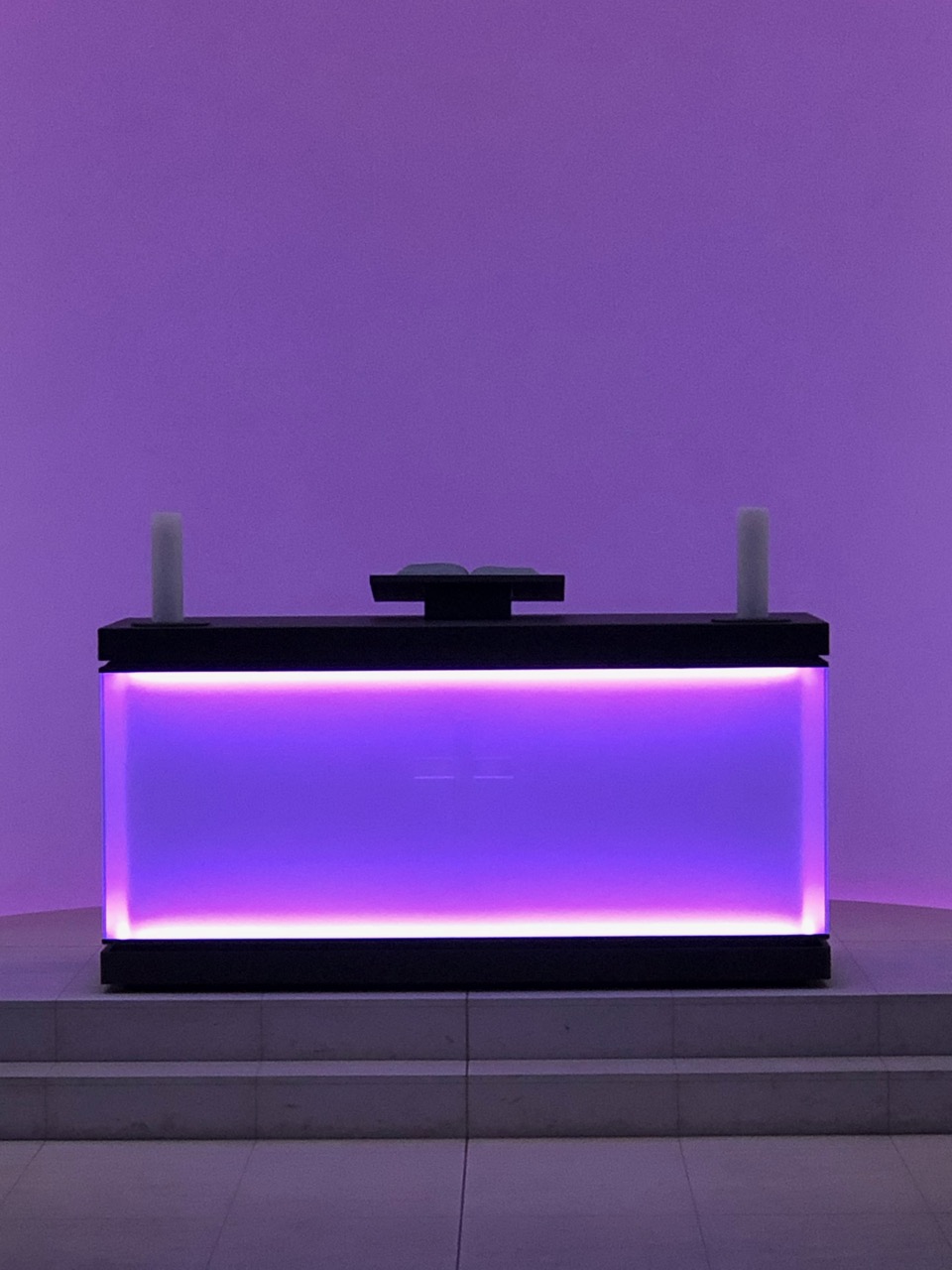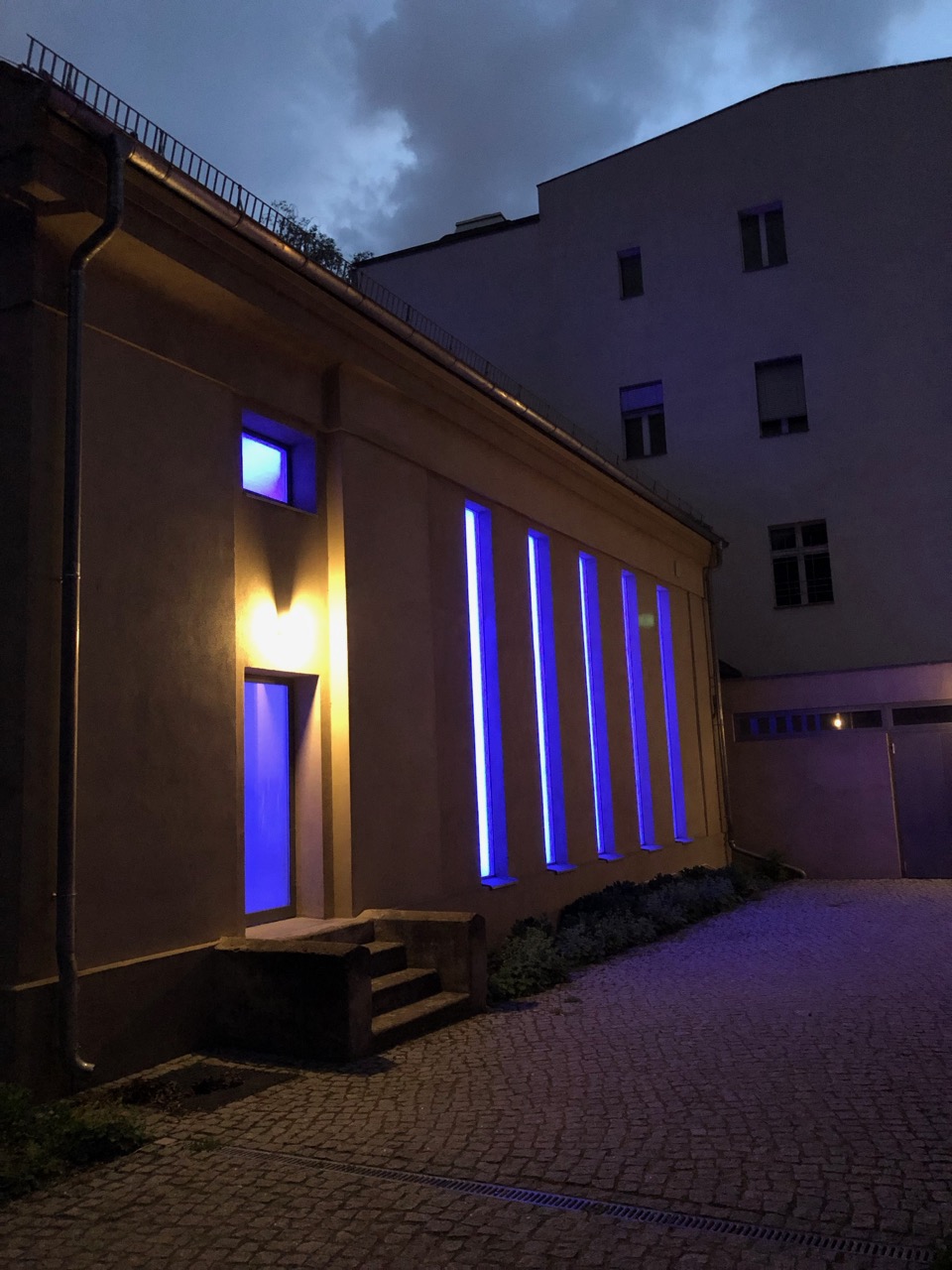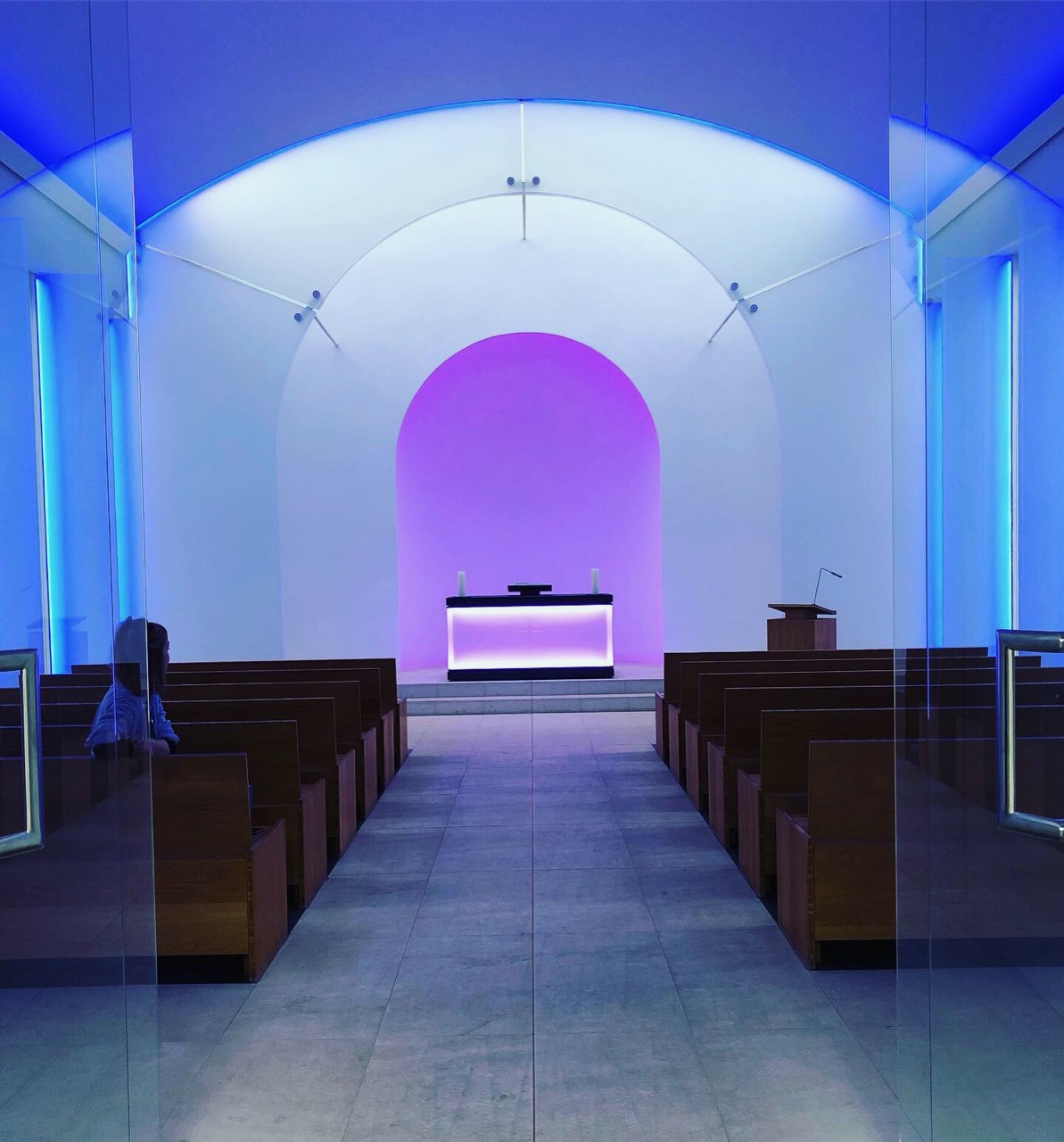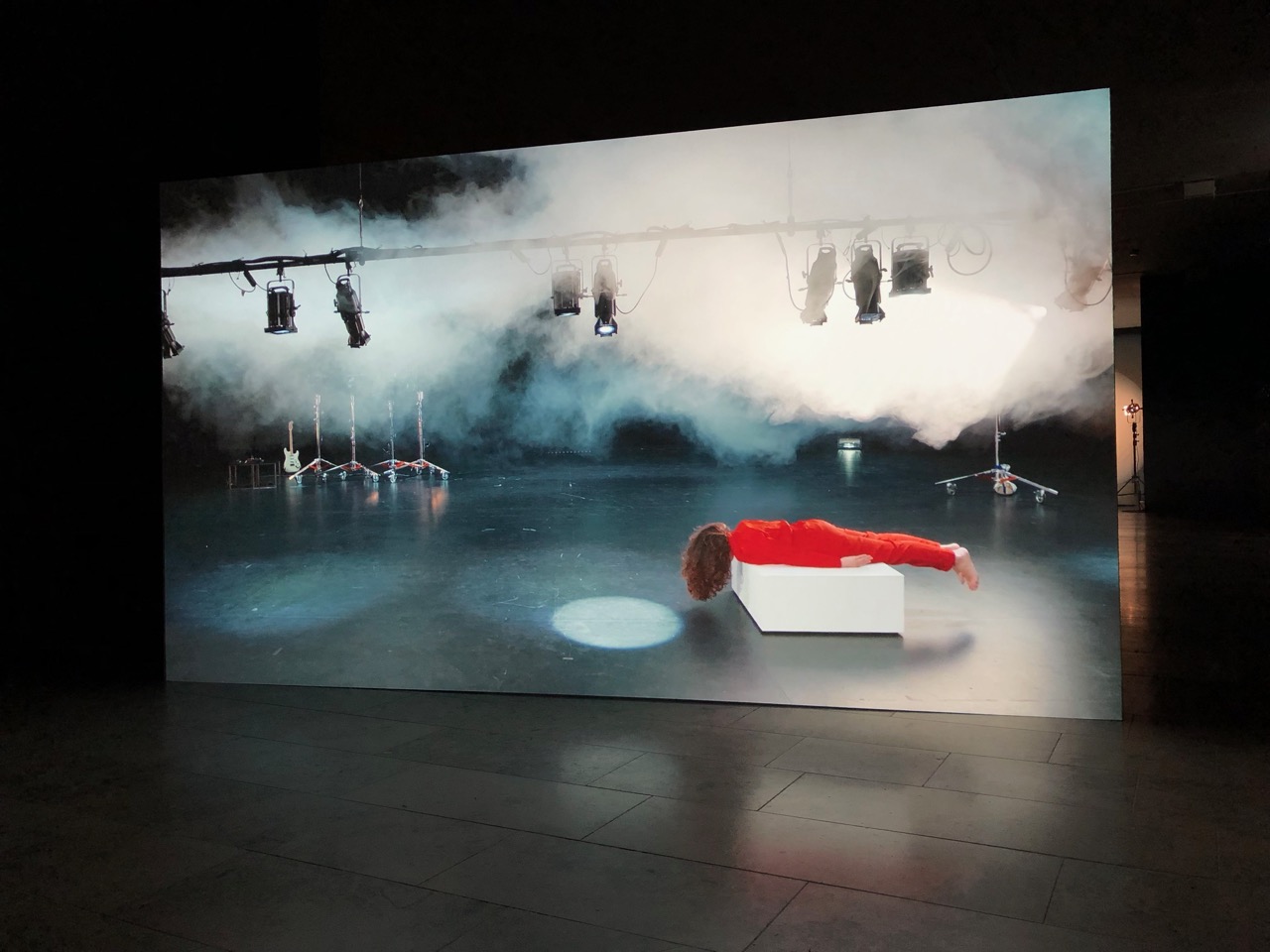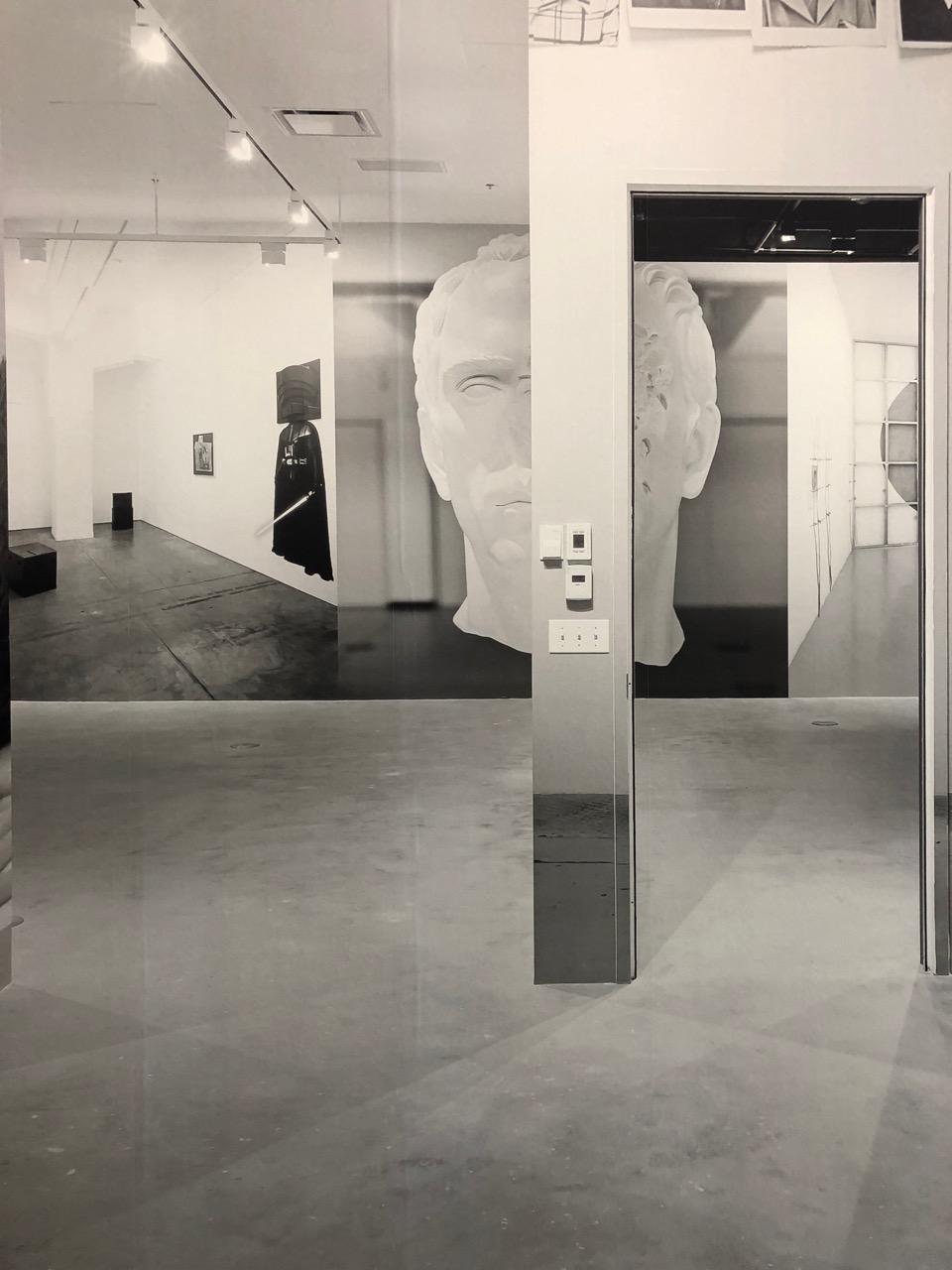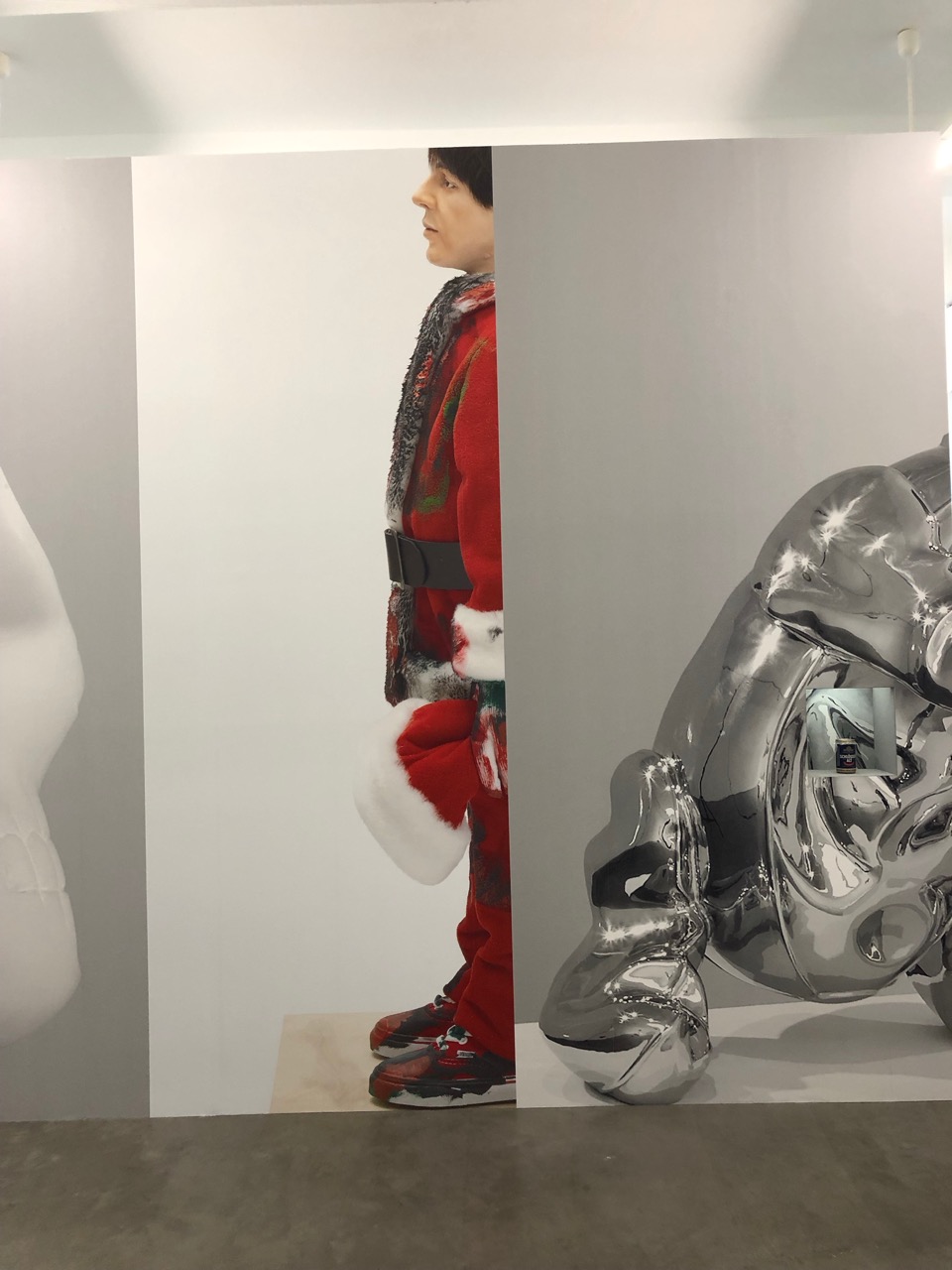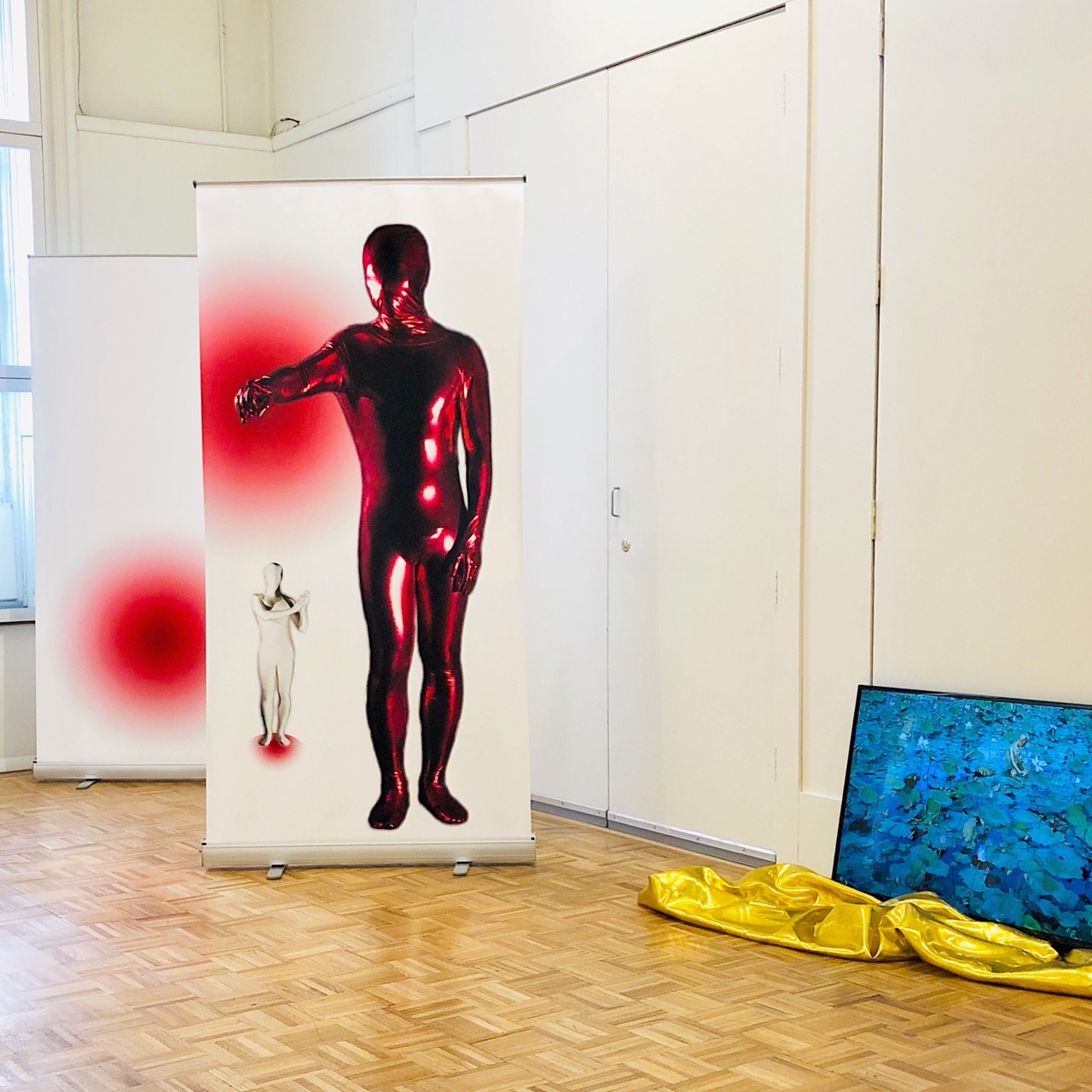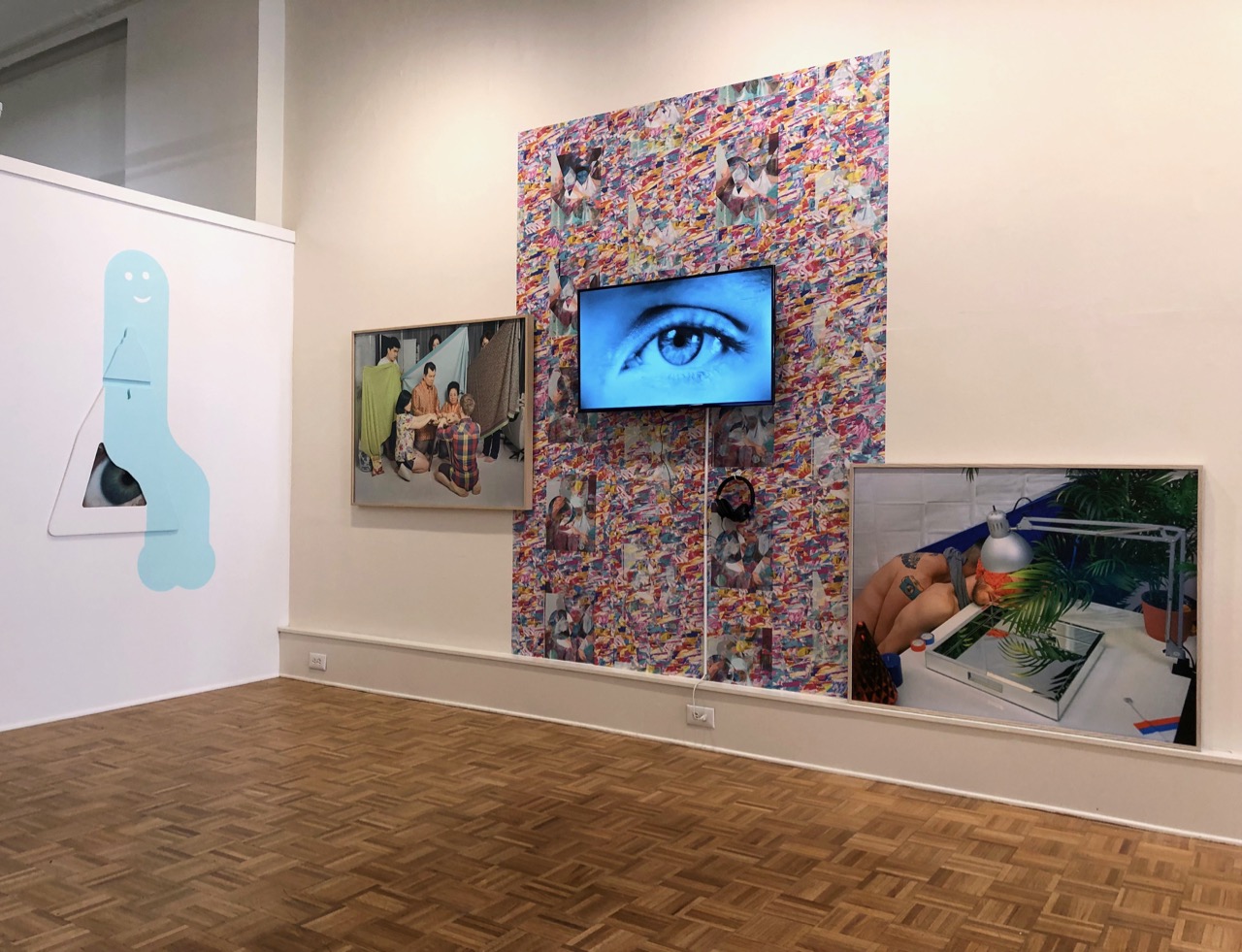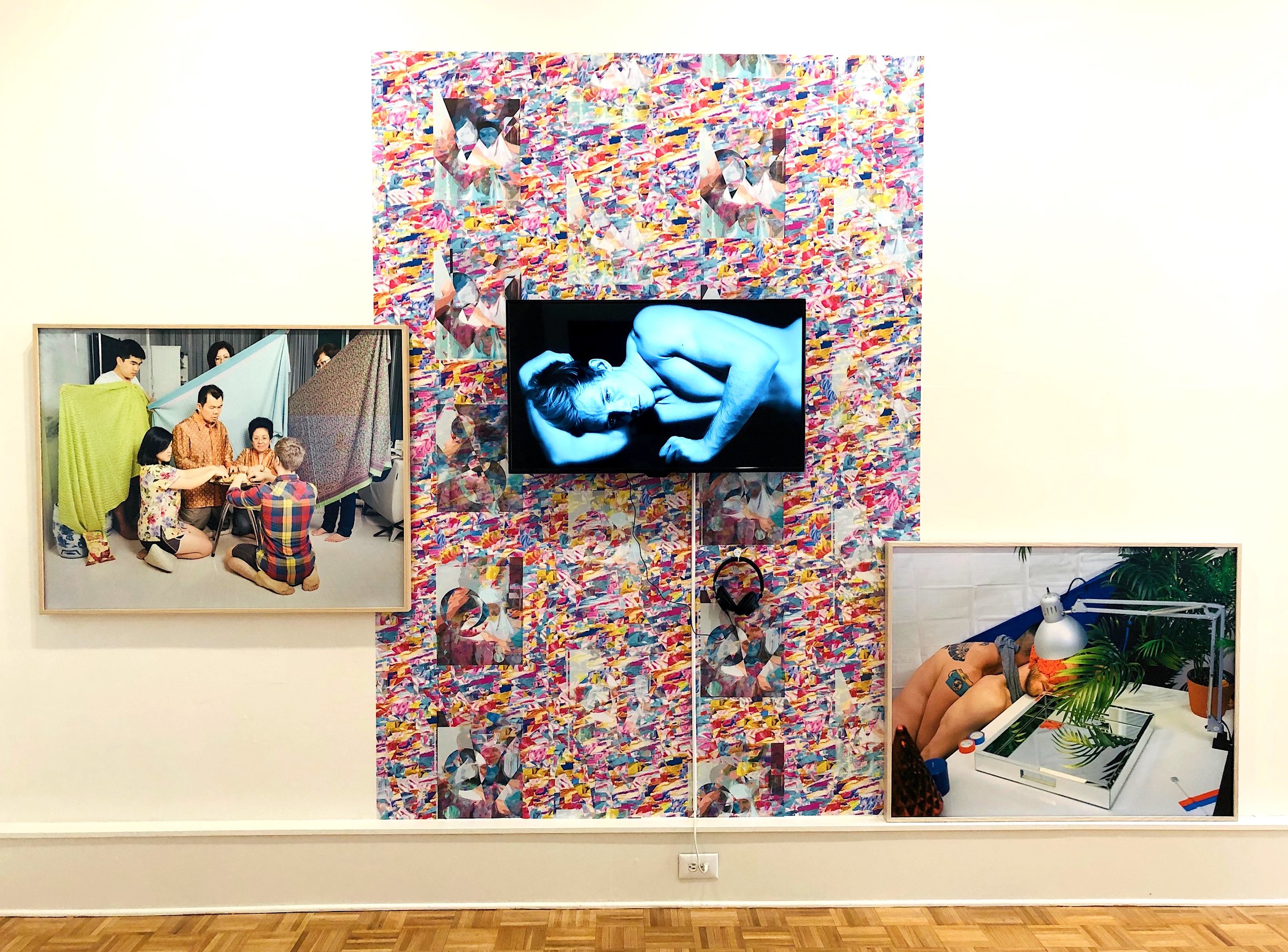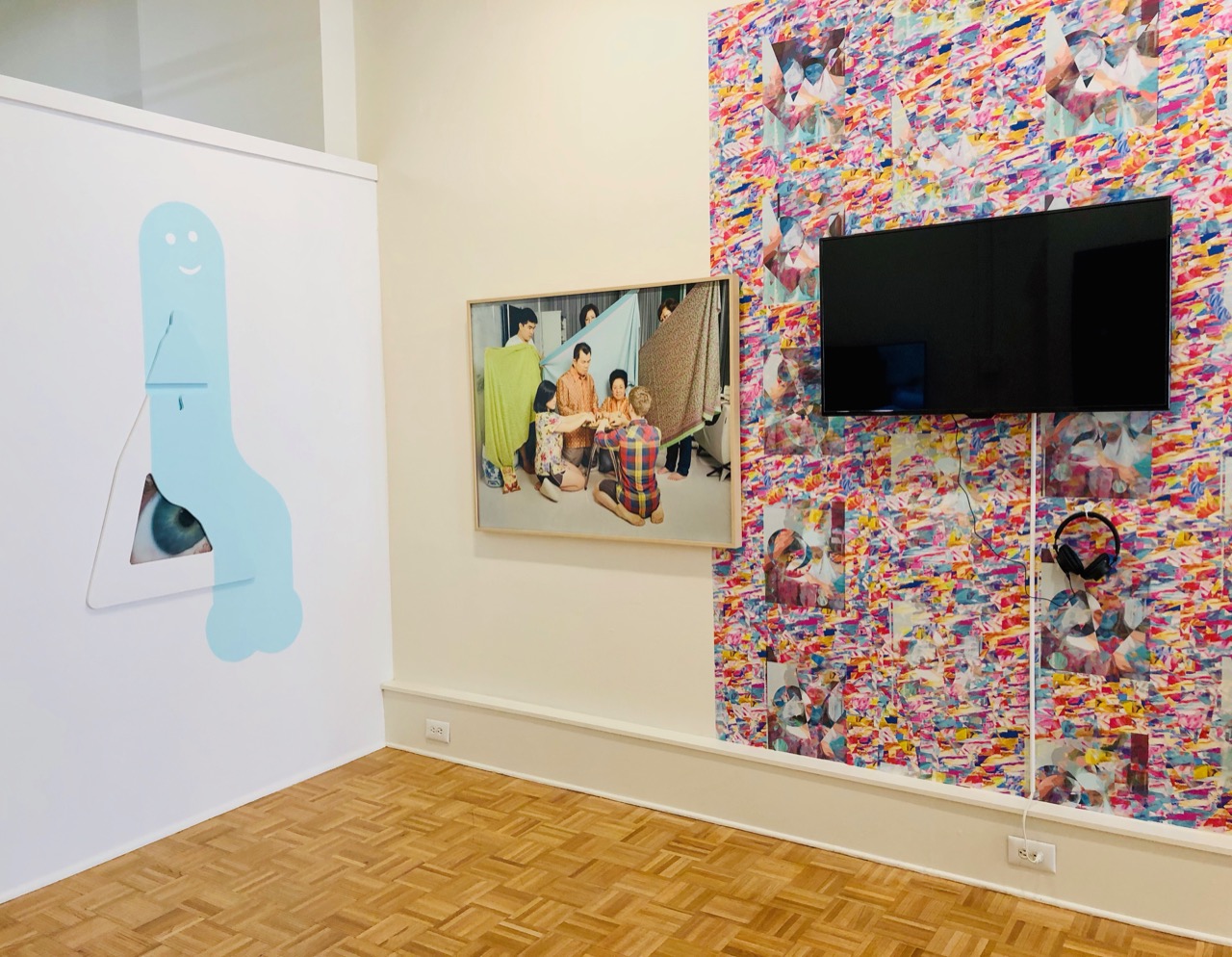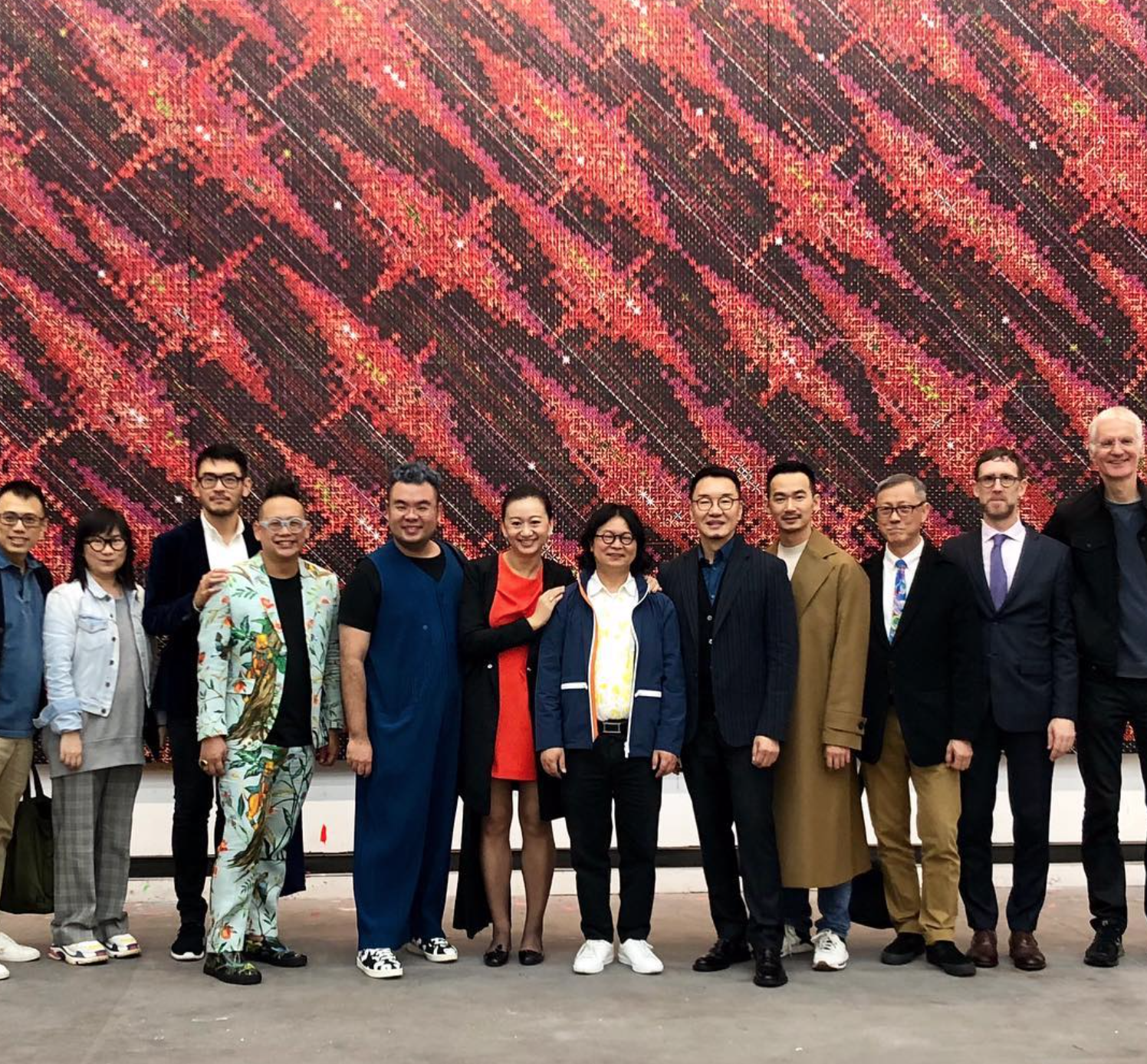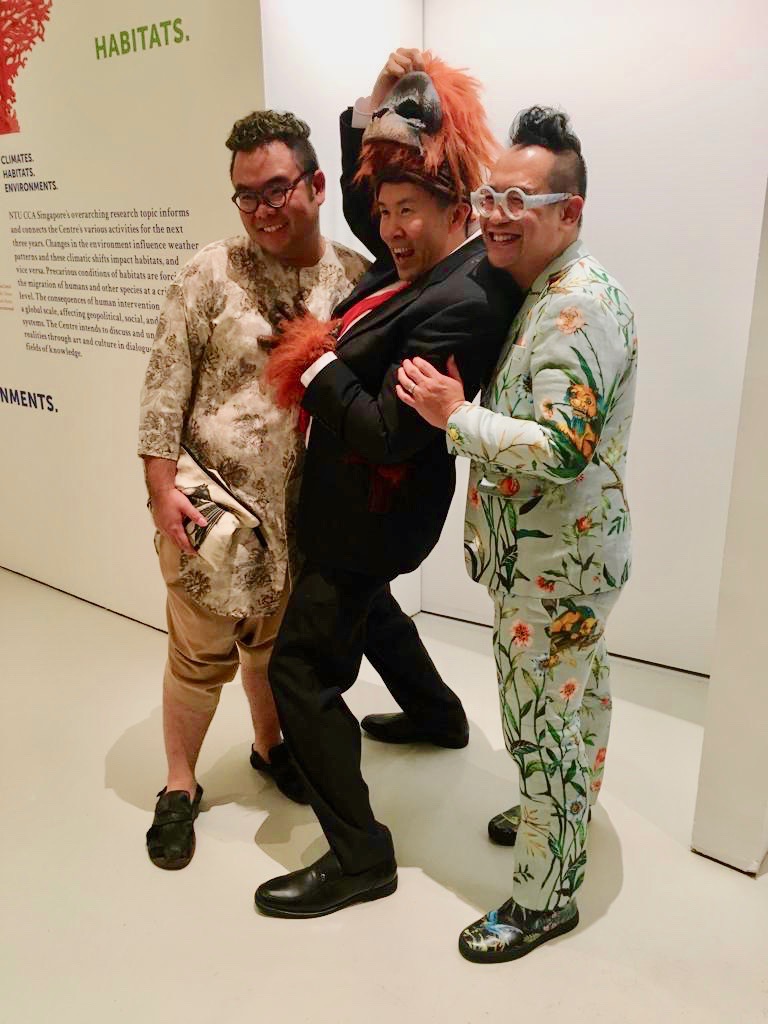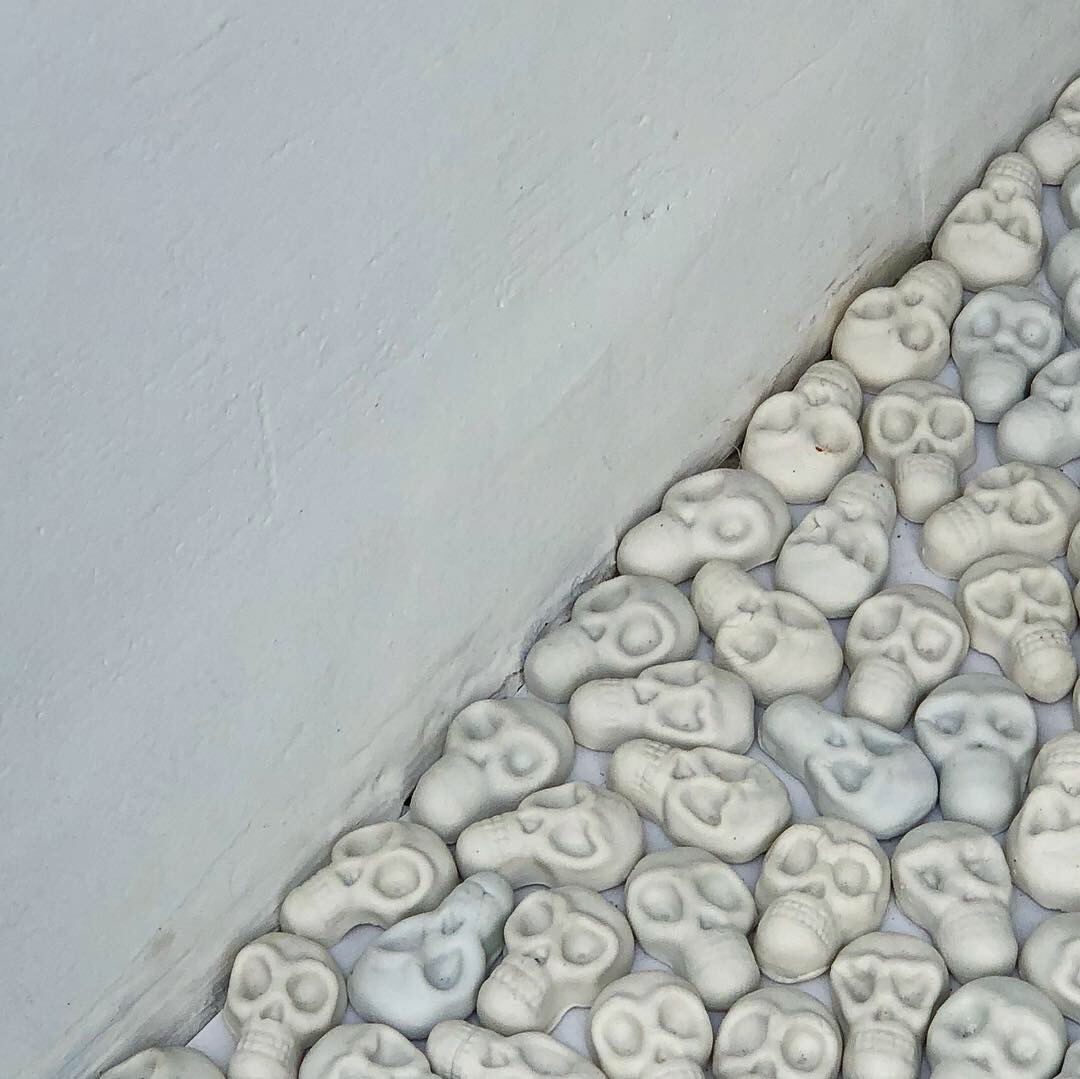TWINKLE
Curated by John Silvis
April 13 – May 18
Opening Reception: April 13, from 6-8 pm
87 Franklin Street #2
New York, NY 10013
Barney Savage Gallery is pleased to introduce TWINKLE, curated by John Silvis, which features multi-media artworks by IP Wai Lung (Hong Kong), KC Crow Maddux (U.S.A), Leonard Suryajaya (Indonesia/U.S) and Natasha Tontey (Indonesia/U.S), who embody mediated identities that transcend static constructs of gender and sexuality.
The depiction of the self or personal narrative has been a rich topic for visual artists since the Enlightenment. Beginning in the eighteenth century, the artist’s identity is often framed within mythological or a biblical metaphor, whereas the contemporary dialogue includes extensive self-examination using the artist’s own body as a signifier. In particular, the mediums of photography and video give artists direct tools to vividly portray the mind and life of the creator, as seen in the oeuvres of notable artists such as Leigh Bowery, Pipilotti Rist, and Lucas Samaras.
Twinkle presents the work of four emerging artists whose installations are punctuated by an autobiographical video work or stills that creates a context for supporting images that include photography, wall paper, mobile billboards and cut out silhouettes. Ip Wai Lung is a Hong Kong based multi-media artist whose first show will include a video made in Cambodia and recent photographic self-portraits printed on mobile billboards. His work emphasizes the loneliness and displacement of a post-passport generation, an identity of cultural blending that allows for diversity but does not fit into the expectations of the family. The figures he photographs are often in confusing settings or covered in rubber body suits, which are both beautiful and haunting. The video Qingdao Lotus Pond, 2018 speaks to the complexities of Chinese culture, as it hovers between communism and capitalism, idealism and restriction. The passive-aggressive relationship to gender and sexuality is a layered part of the conversation that he hopes to engage.
Brooklyn-based trans artist KC Crow Maddux has always used his body as the image source. Reflecting specifically on what it means to live in a trans body, the work in Twinkle is from his recent series TransFigured Diction/a body puzzled, 2019 which combines transparencies and three dimensional cut out panels with painted forms on the wall. These captivating assemblages invite the viewer to consider the physical body suspended from its expected interpretation. The shapes Maddux has chosen allude to the body— toes, arms, ribs, guts, breasts, and eyes. According to the artist, these shapes, which are bold, clean, and brightly colored, are frames that offer an intimate human element to the literal body-language surrounding the photographs. The frames appear totemic and meld disconnected body parts into one, creating a playful contrast to the images of the body.
Many of Leonard Suryajaya’s investigations are rooted in the particularity of his upbringing as an Indonesian citizen of Chinese descent, as a Buddhist educated in Christian schools in a Muslim-majority country, and as someone who departed from his family and his culture’s definitions of love and family. He explores these tensions in everyday interaction, and his work captures potential disruptions stirred by queer relationships. Suryajaya’s photographs and videos cumulatively establish narratives that document family histories, play out fantasies, test group dynamics, or use the format of the interview to turn his sitters’ gaze back upon his role as artist and facilitator. His elaborately staged photographs are bursting with competing patterns and colors that create often absurd but affectionate tableaux featuring his immediate family and/or partner, which point to more universal stories of exile, religion, citizenship, duty, and belonging.
Natasha Tontey is young artist from Yogyakarta, Indonesia who is known for her boundary pushing performances and cryptic, slightly irreverent animation films. The Manifesto of Tactile and Fanciful Tactics on how to build a Speculative Future through 1.0 list of an alternative and plausible cosmic solution, 2018 is a poignant text written in the style of public service announcement that suggests an alternative progressive culture that does not rely on binary norms or prescriptive religions. The Almanak, 2018 is a glitchy digital animation based on actual prophesies Tontey receives from a psychic that clearly reflect the given social norms, from becoming someone’s wife and bearing children before turning thirty, to stereotyping behaviors based on appearance. Using a pseudo science-fiction narrative and taking inspiration from xenofeminism, Tontey’s most ambitious video work to date explores reality by drawing together past, present, and future into one narrative.
Working in Chicago, New York, Indonesia and Hong Kong, the artists Ip, Maddux, Suryajaya and Tontey express their ideas about the self within the parameters specific to their divergent cultural contexts. They express their visions thoughtfully and courageously in how each of them inhabit their work and navigate the complexities of queer identity. Their poignant works poetically engage the viewer in a personal dialogue about gender norms, sexuality and religion in a polarized world.
